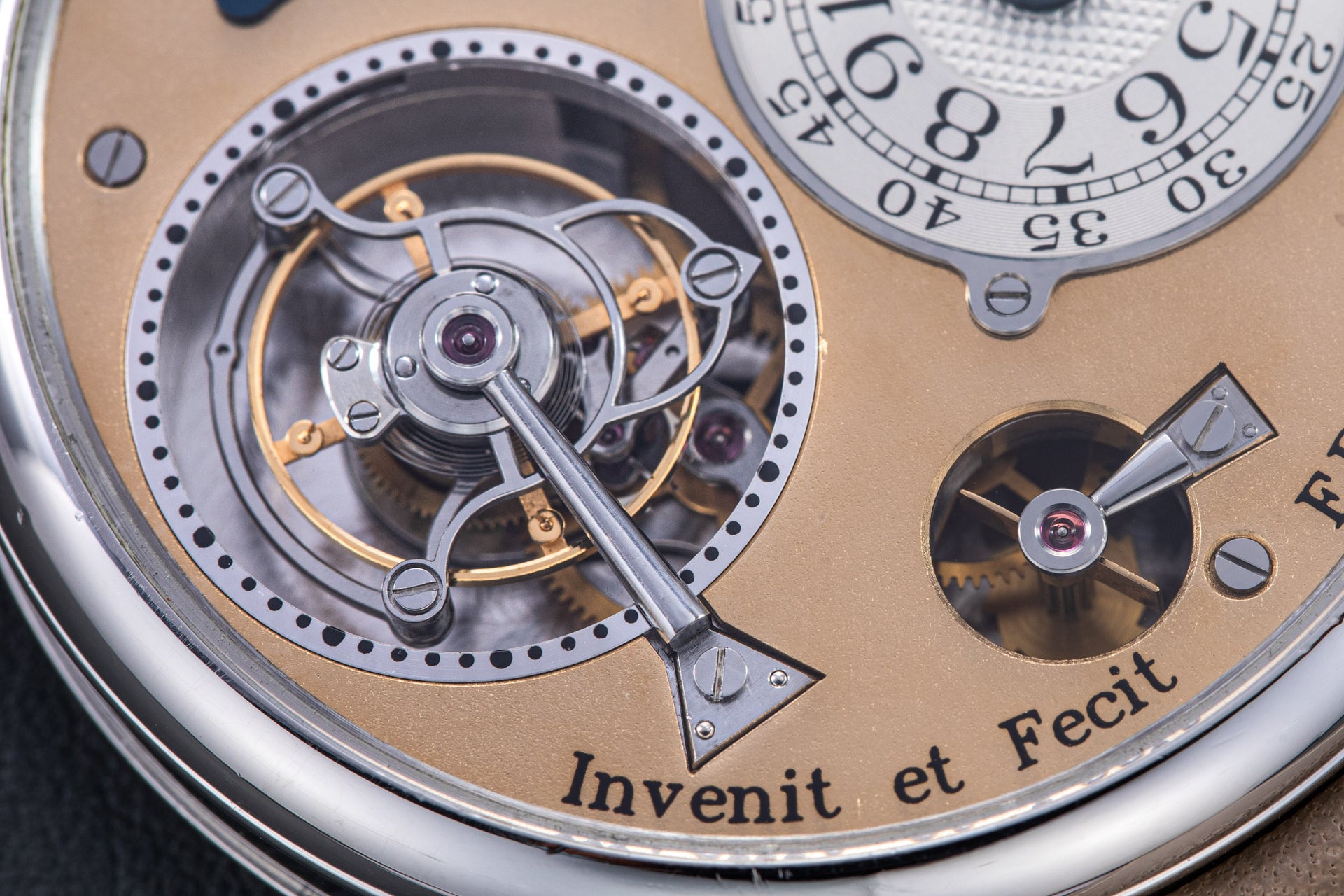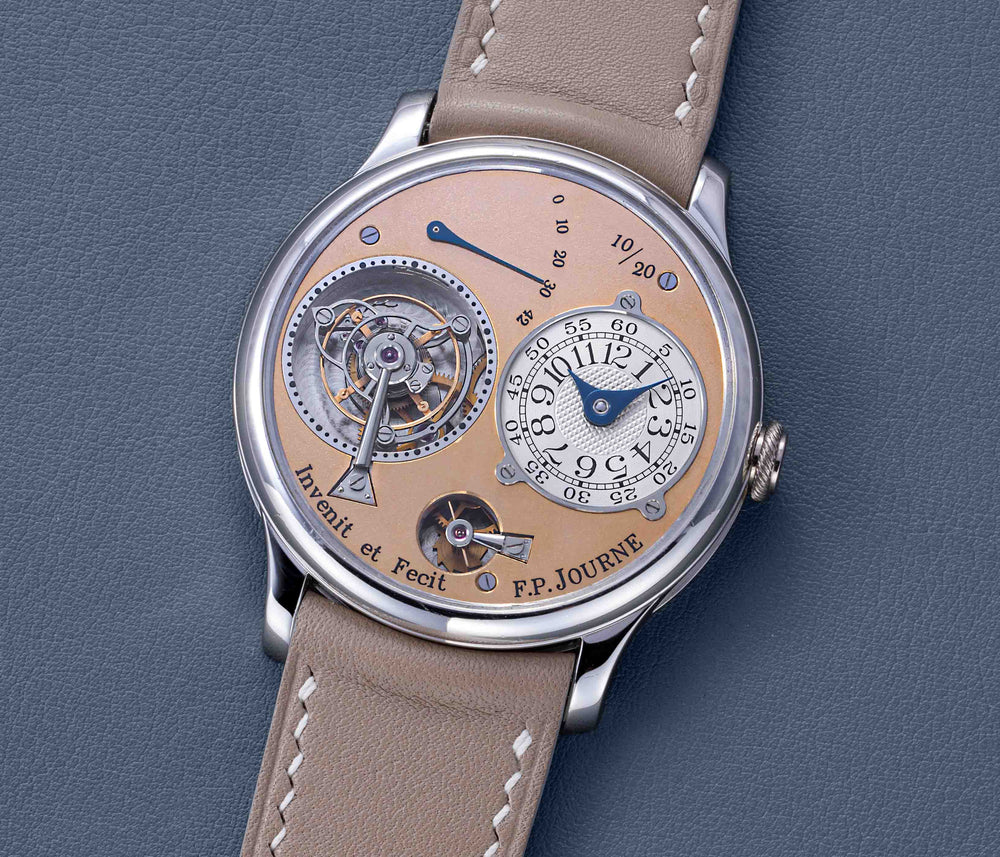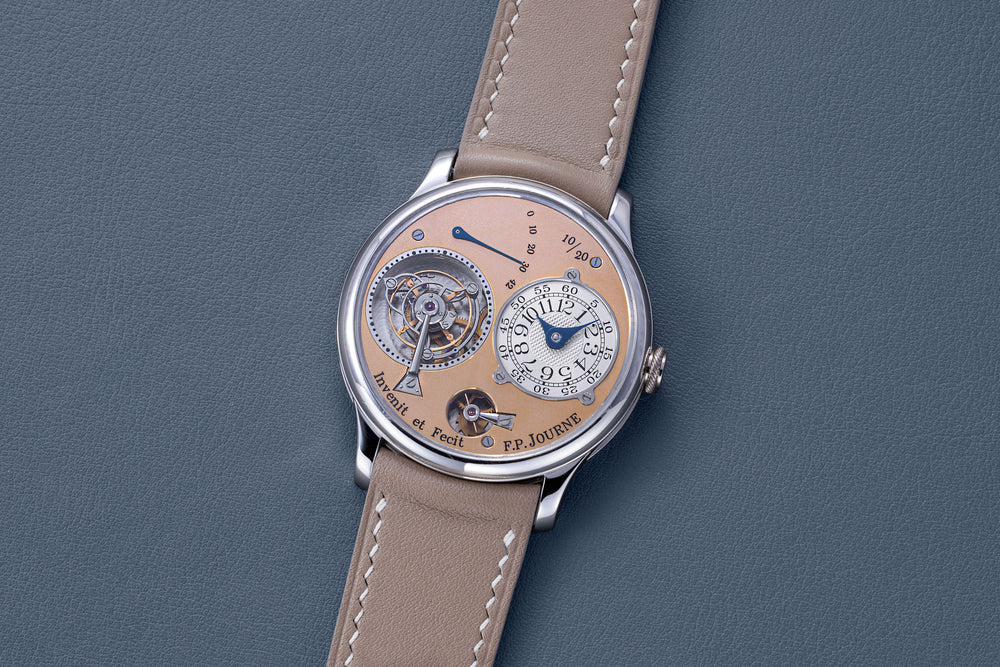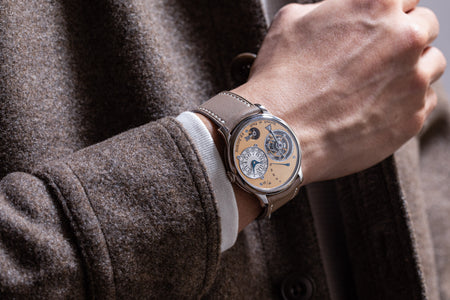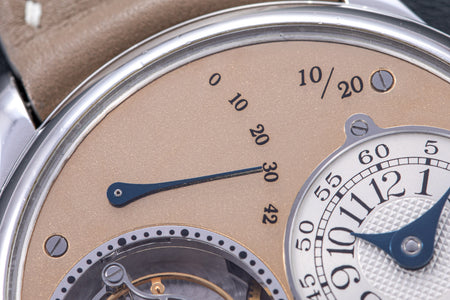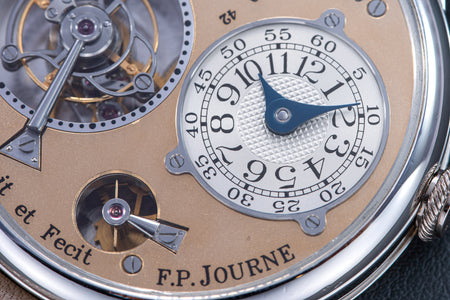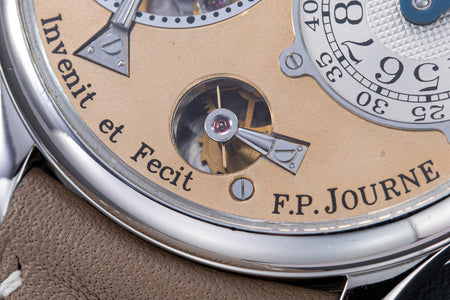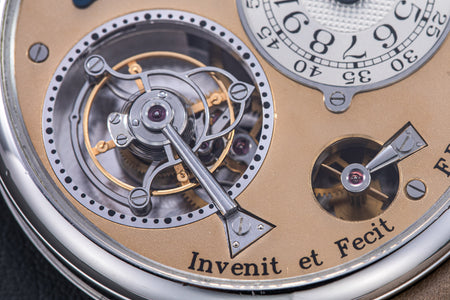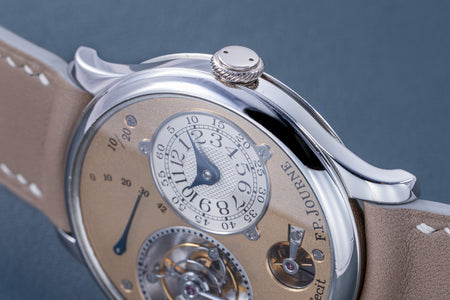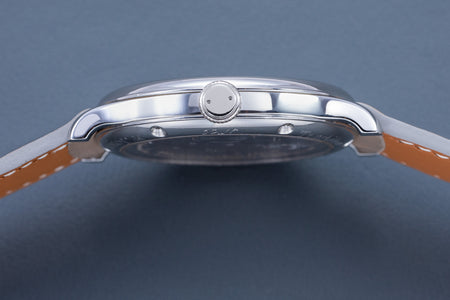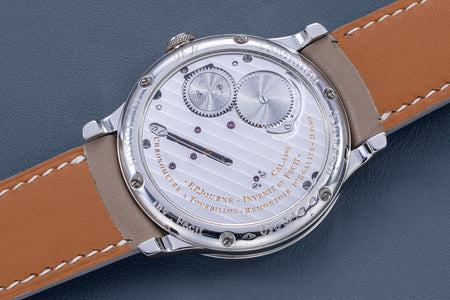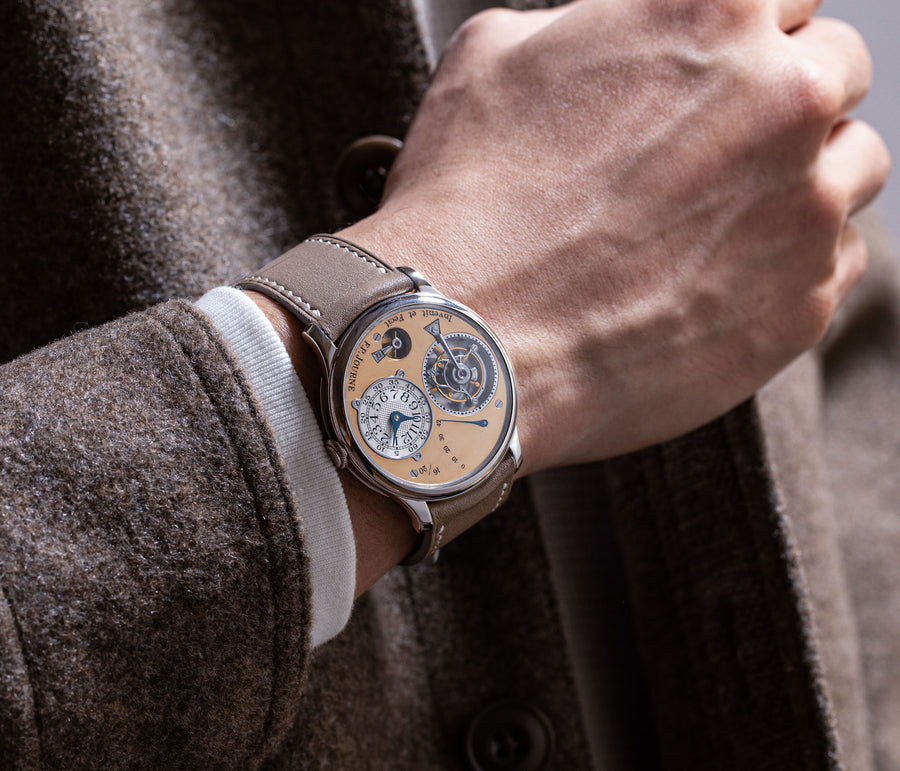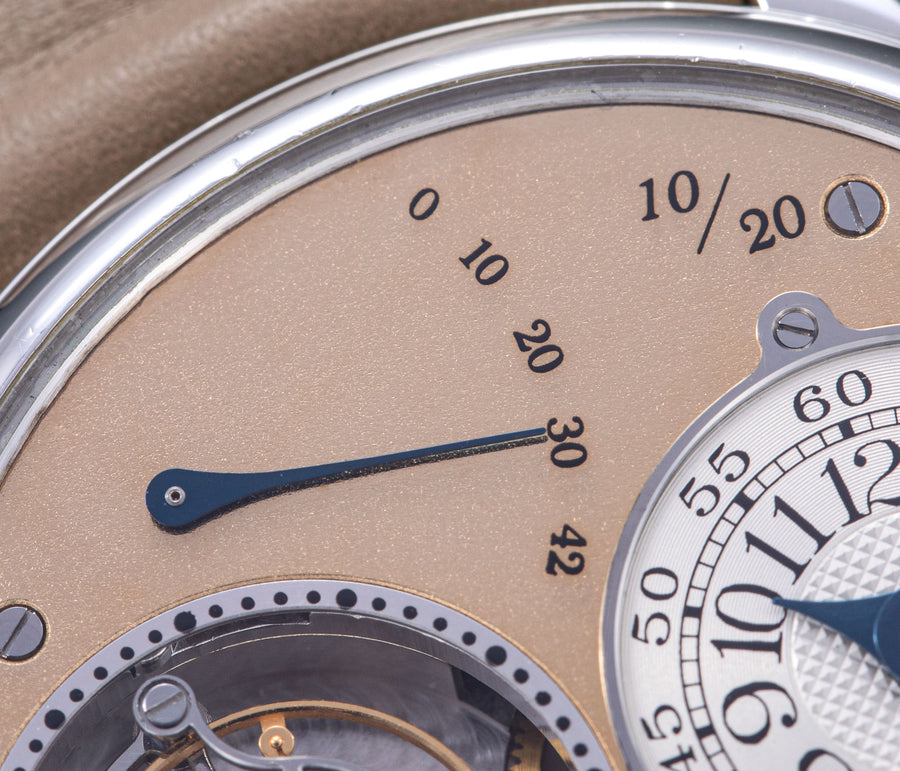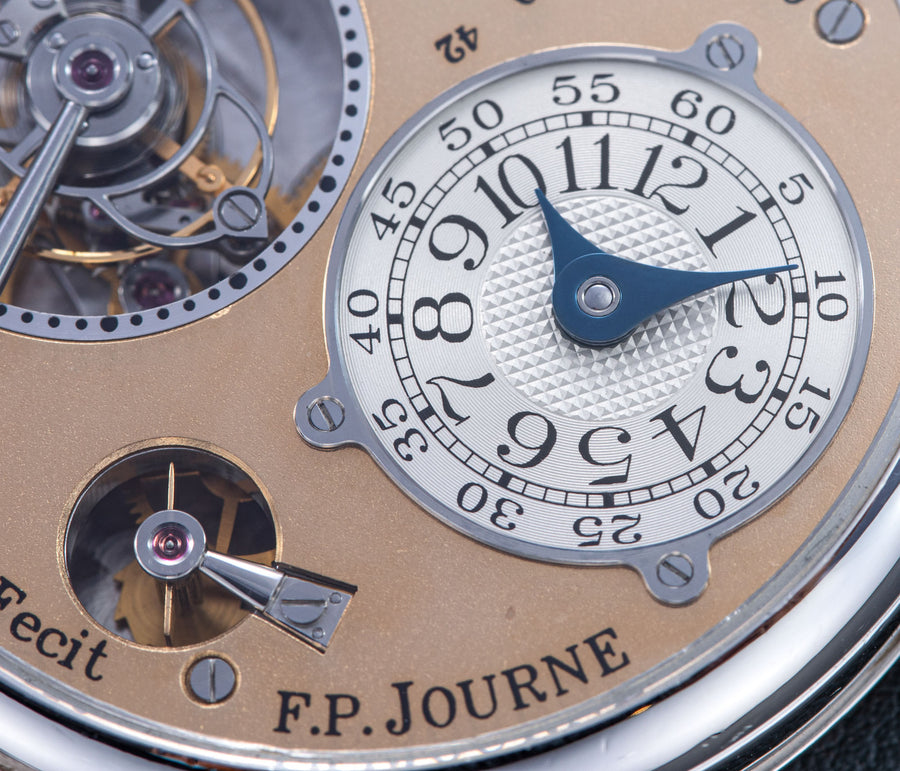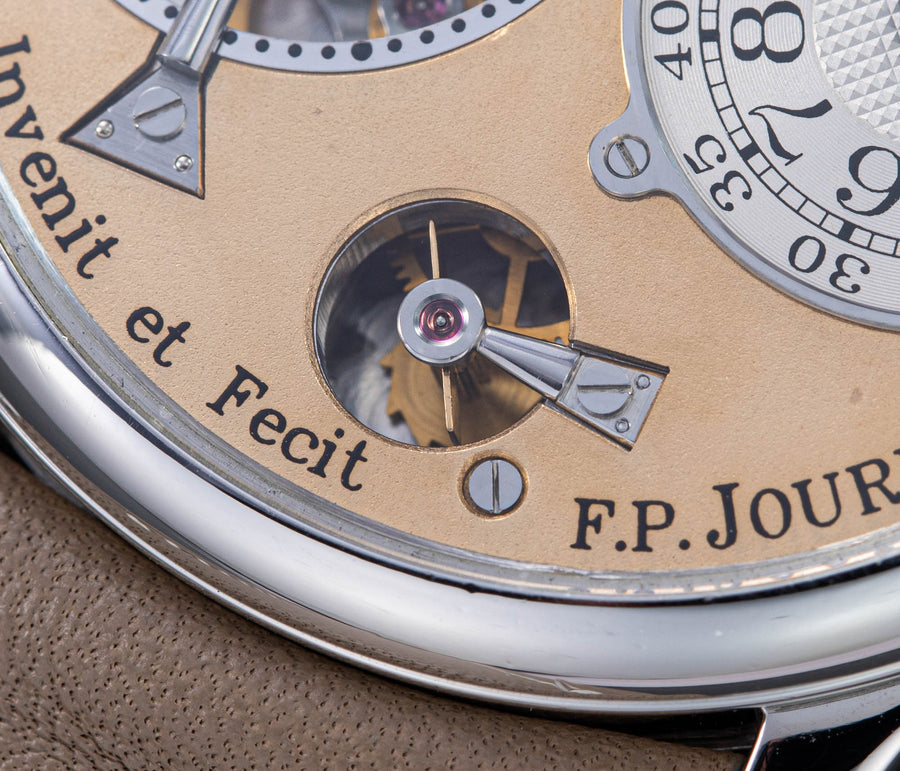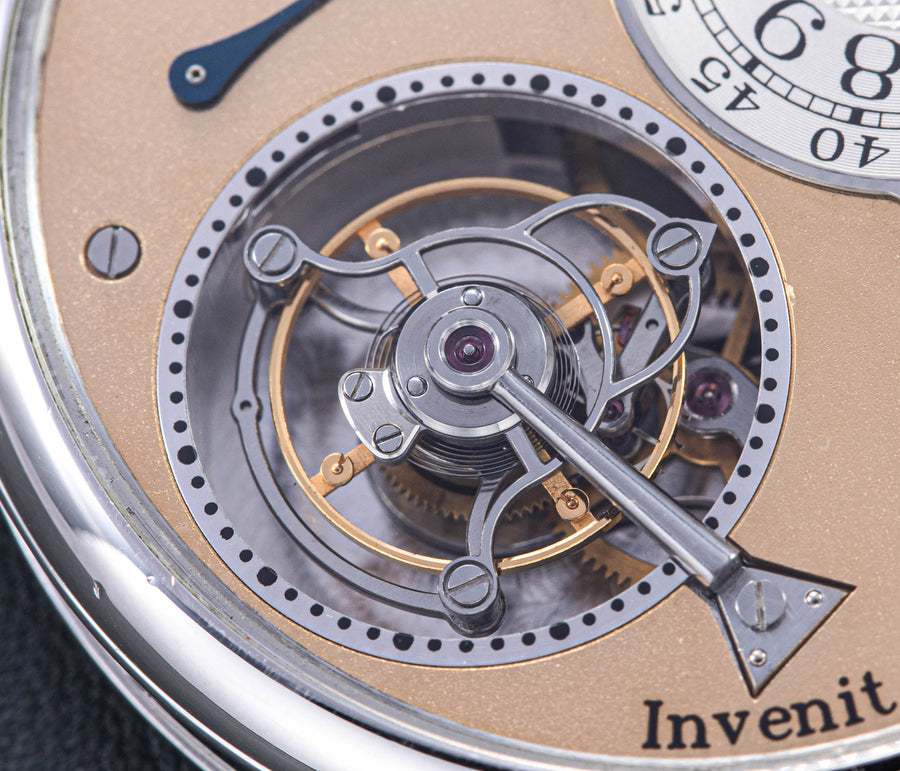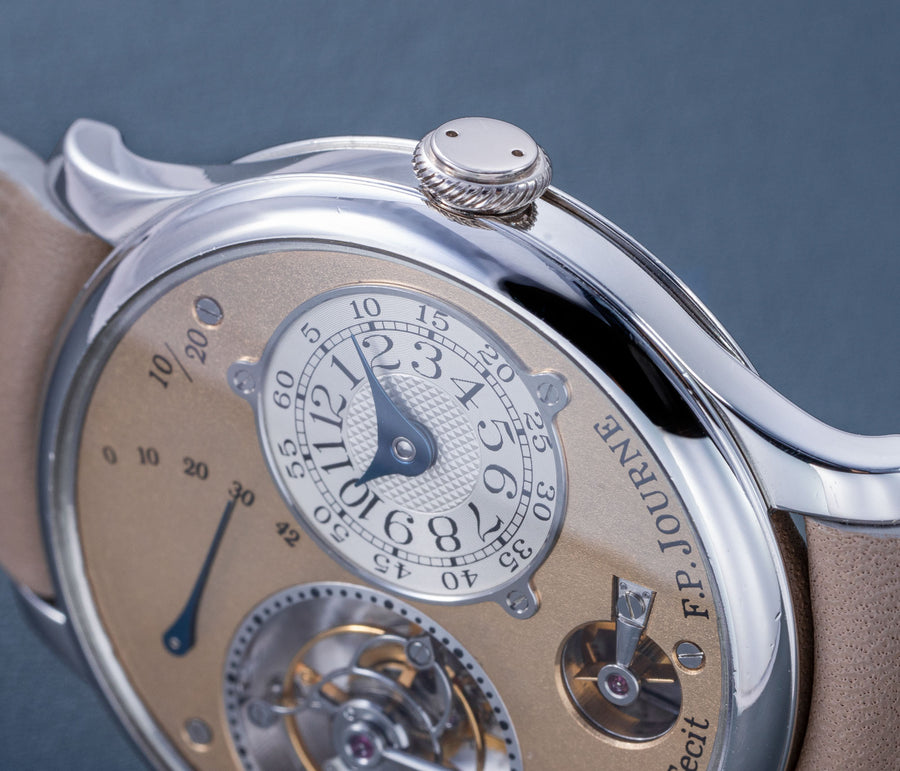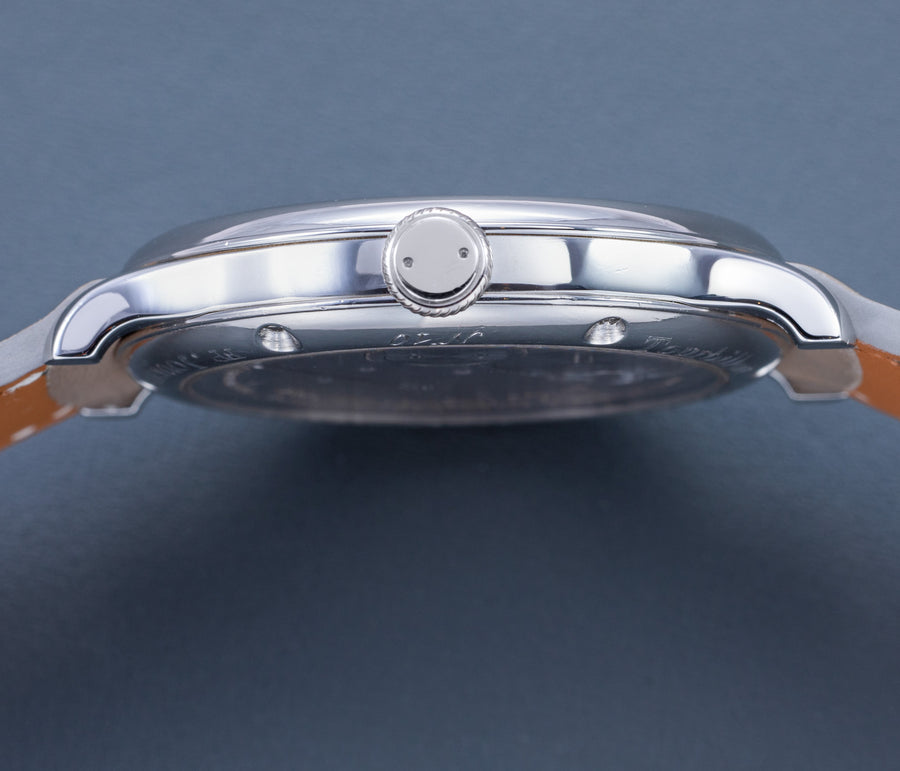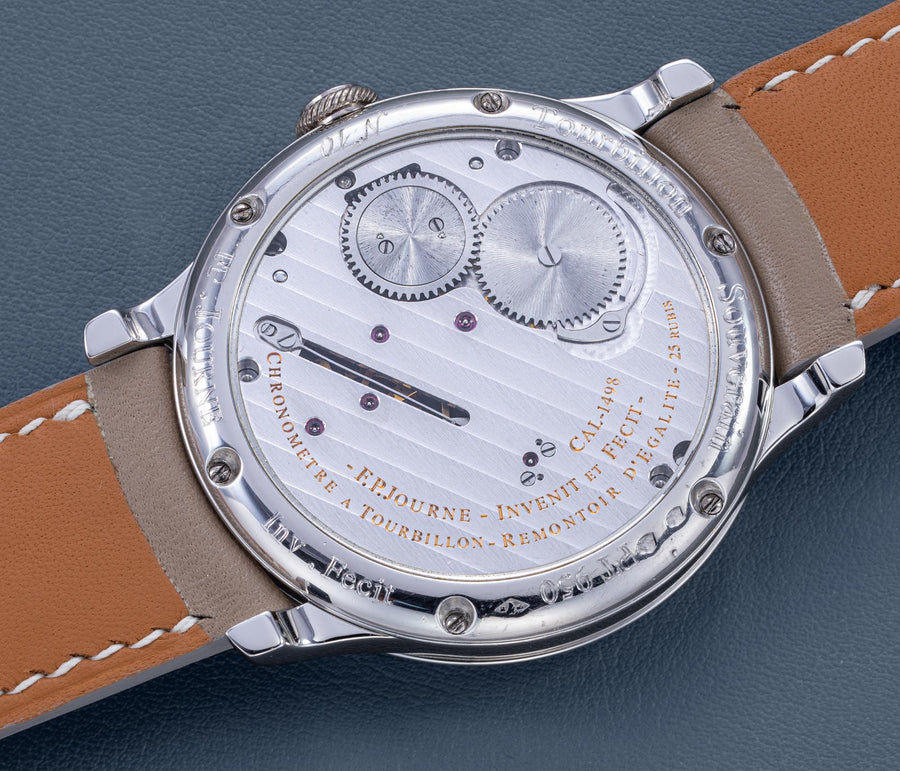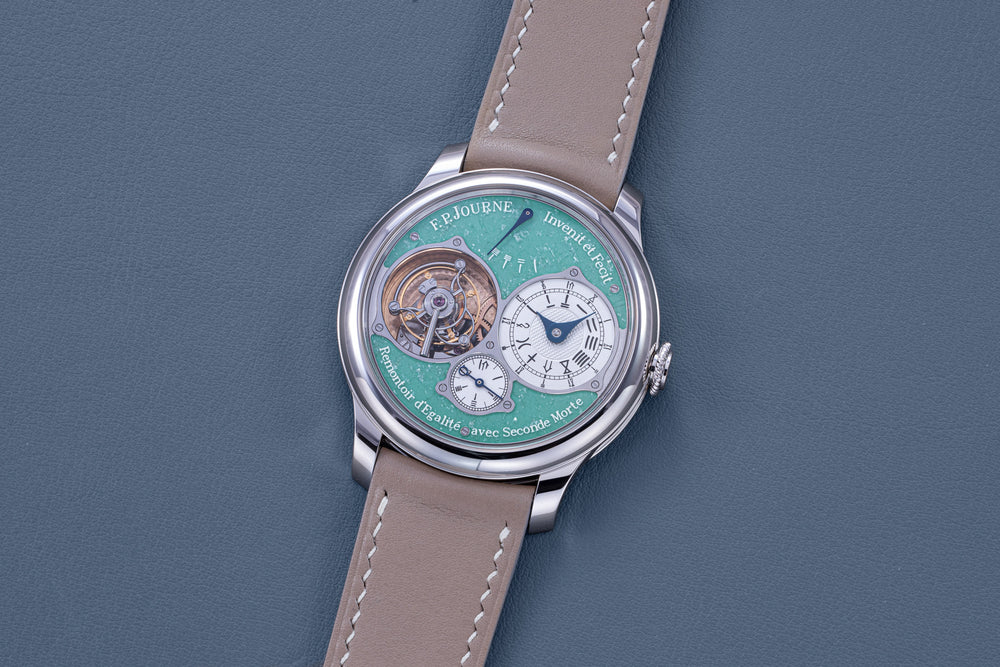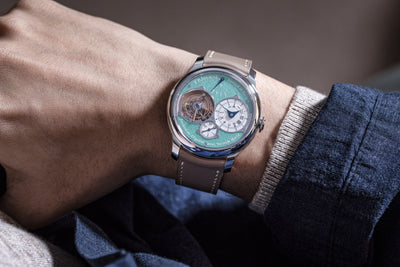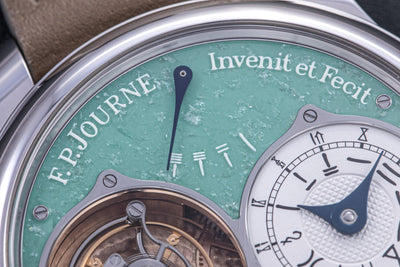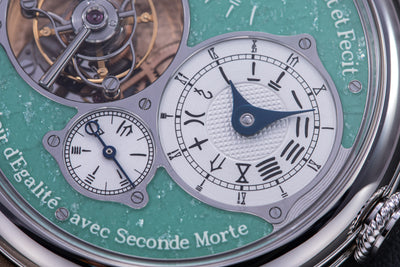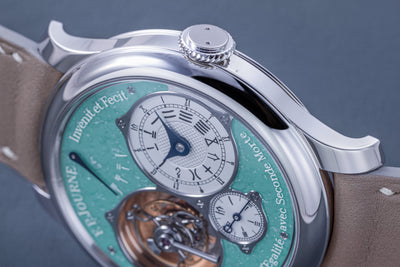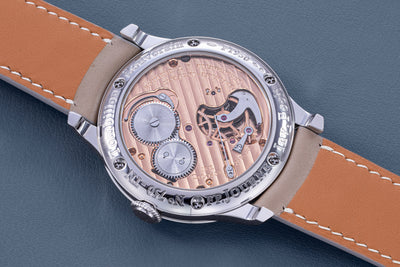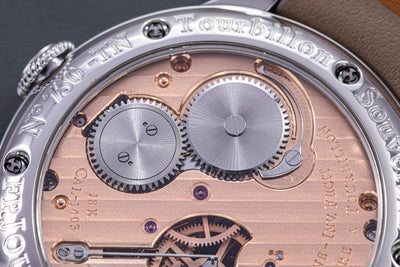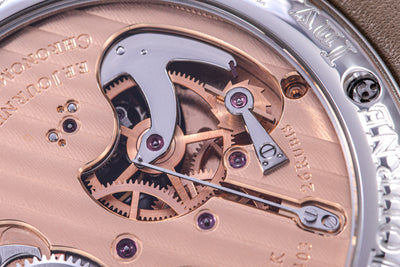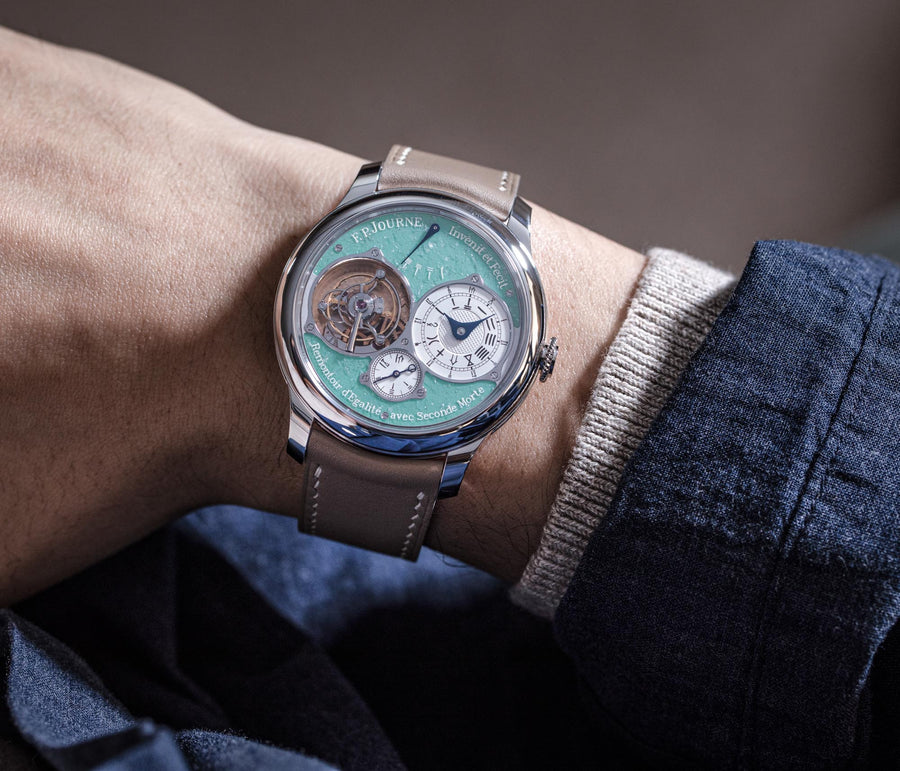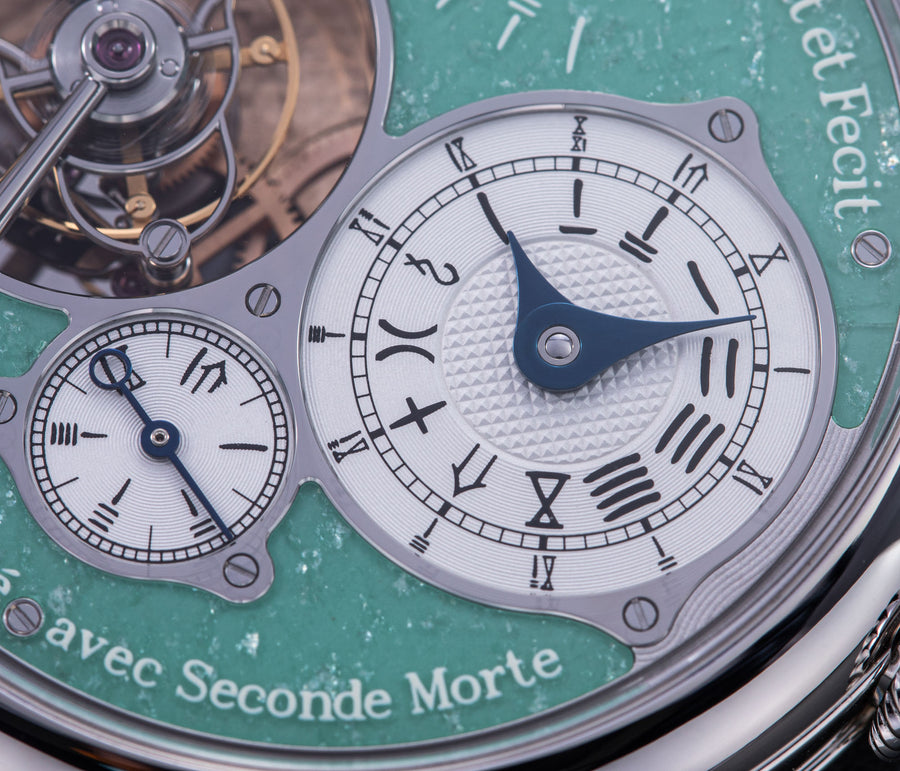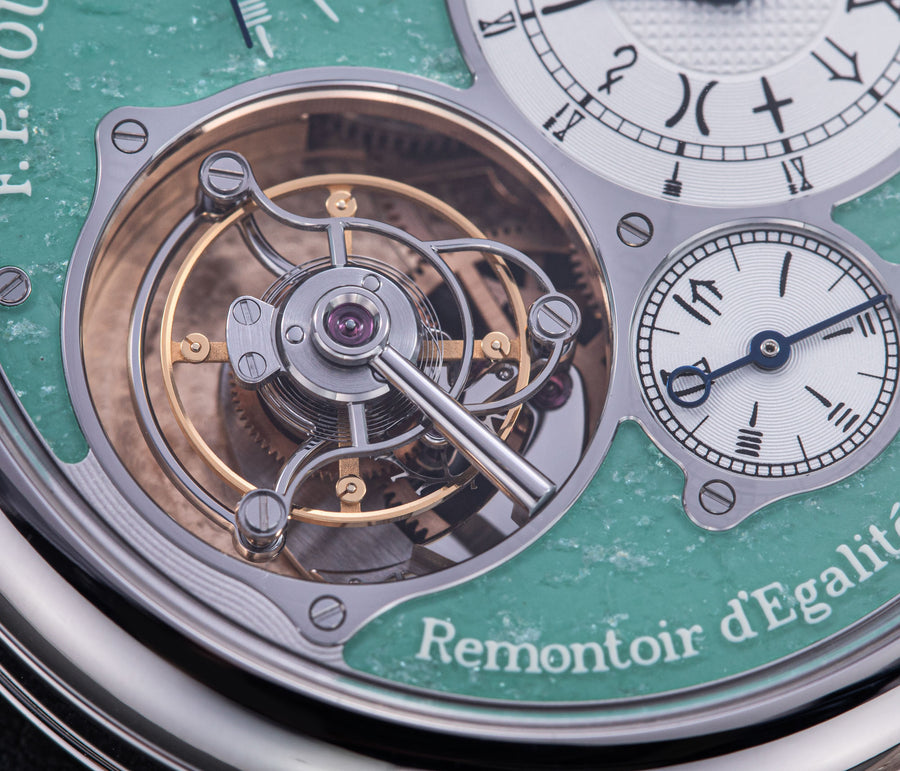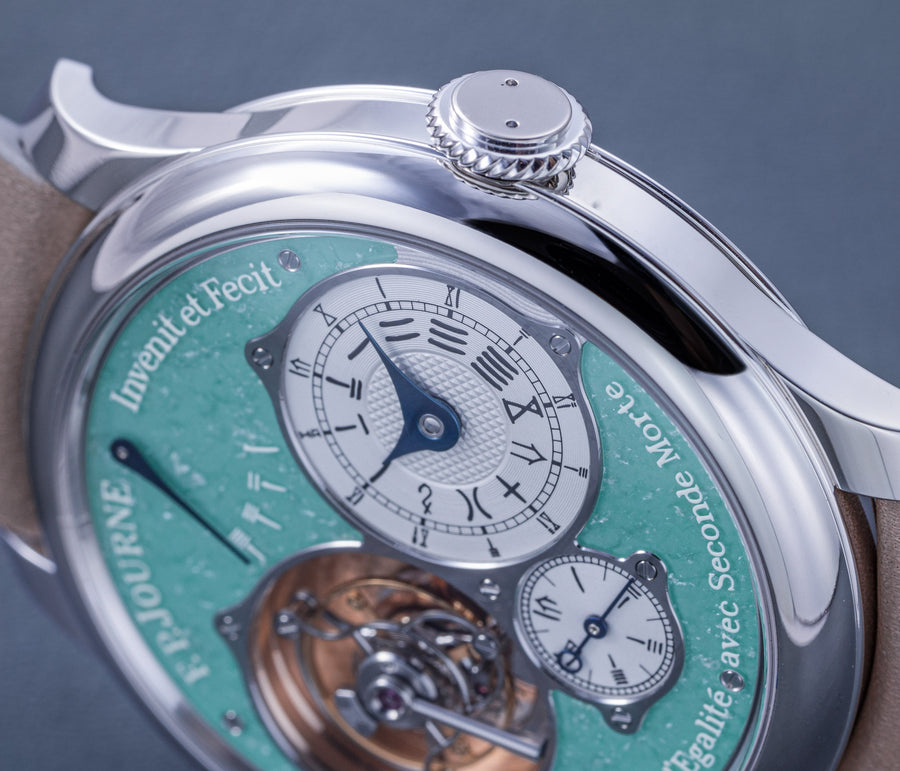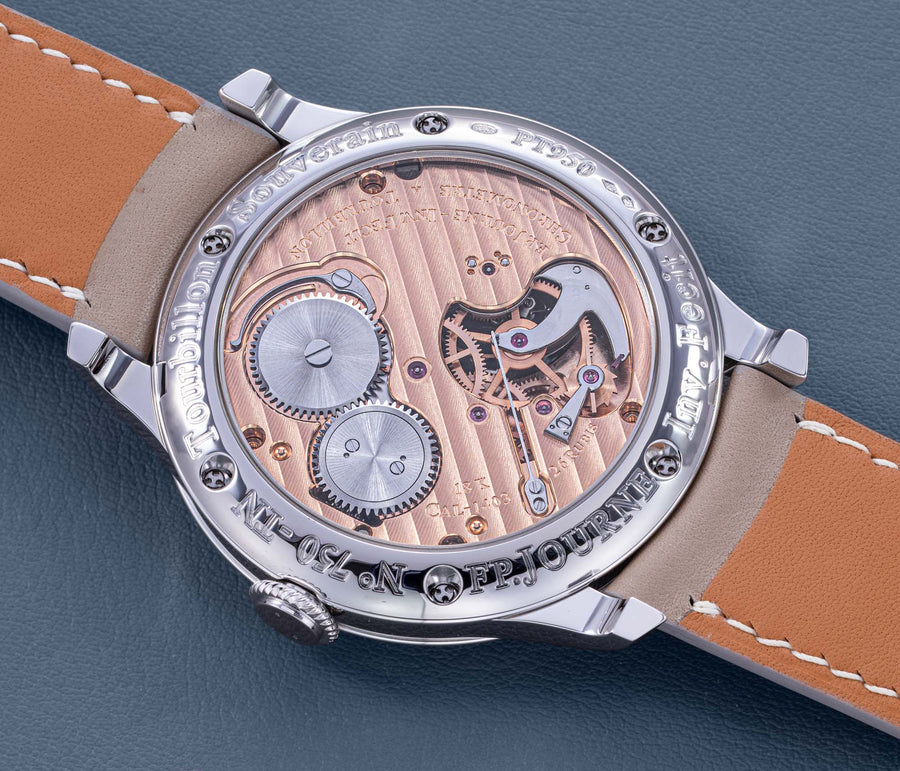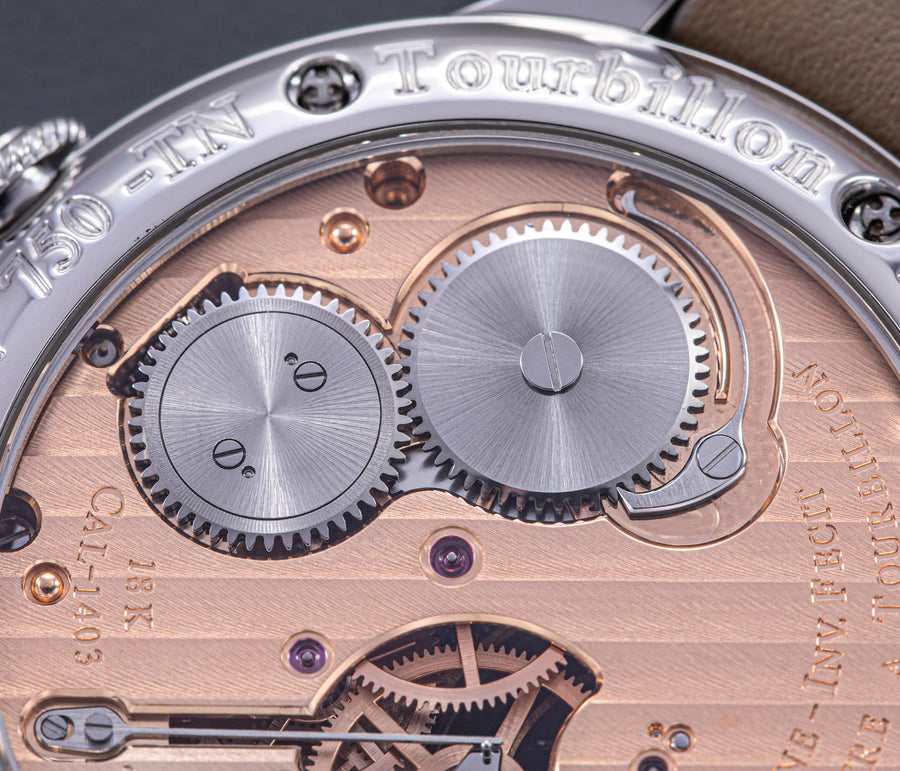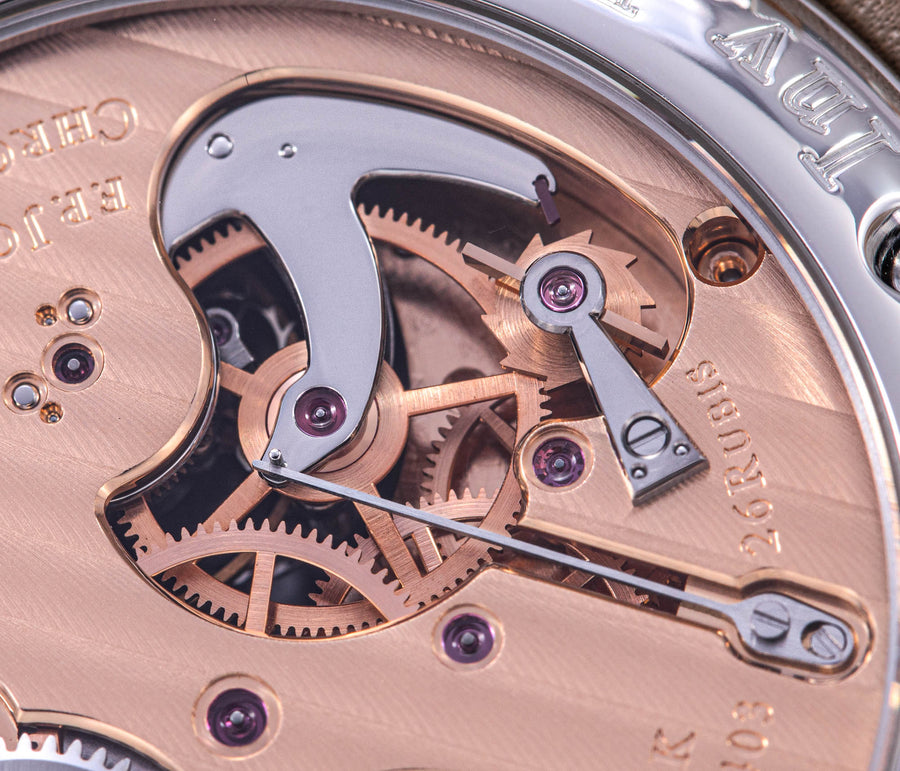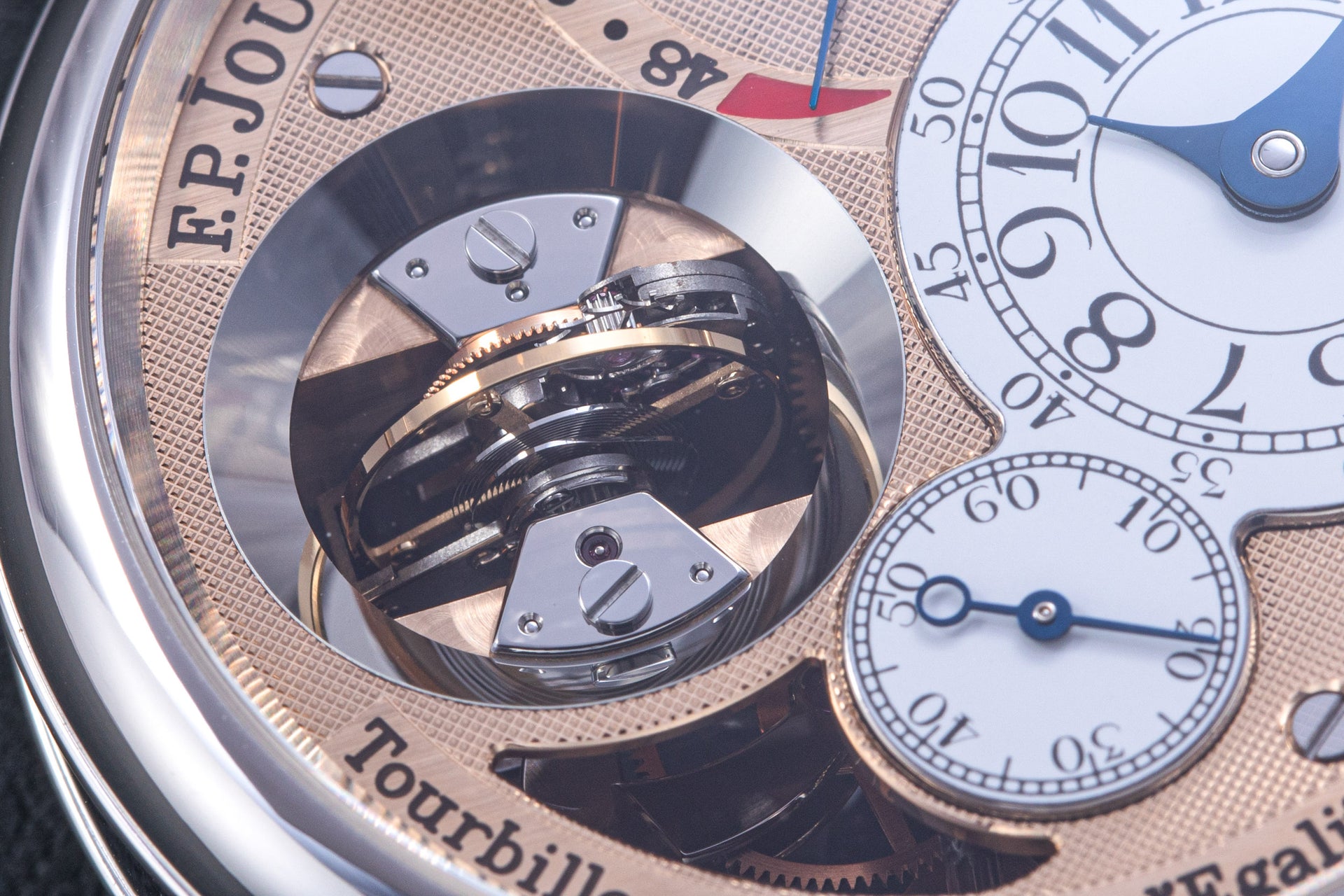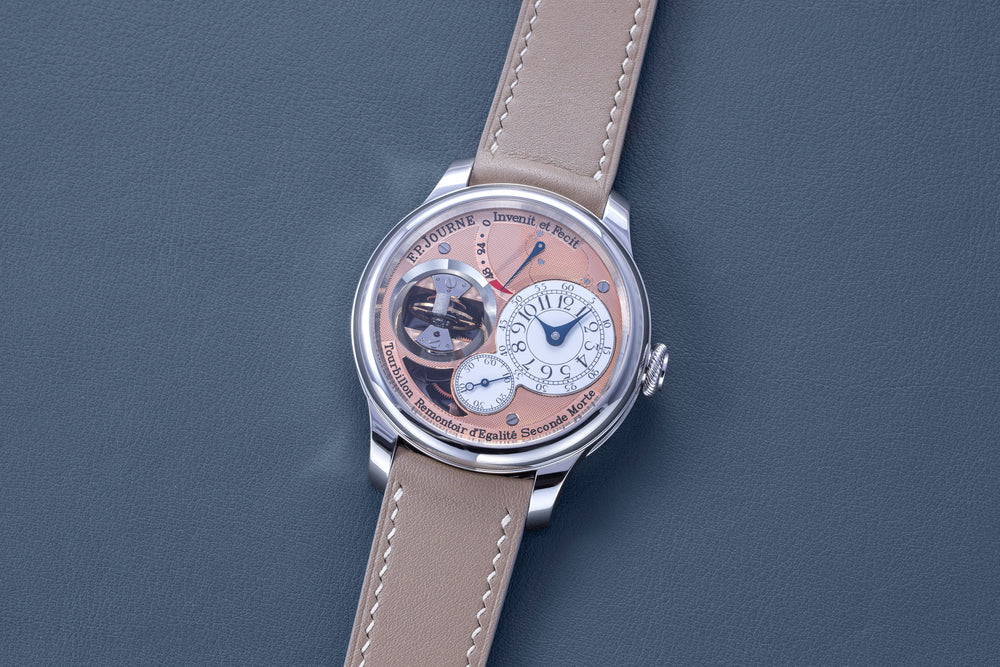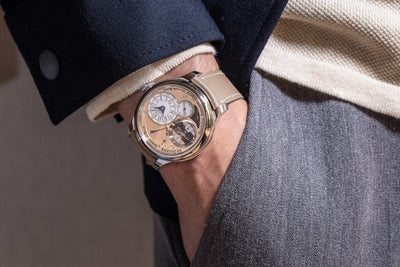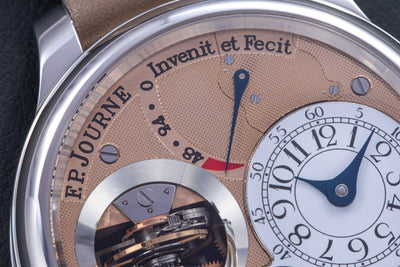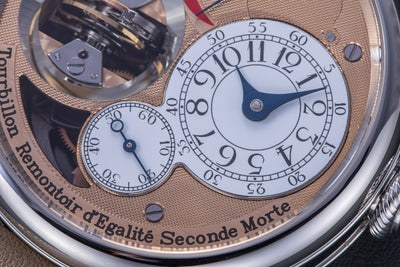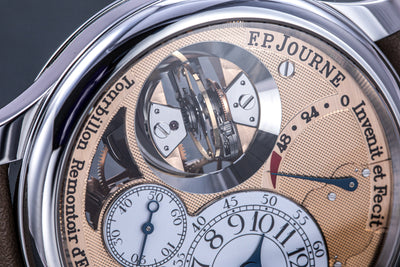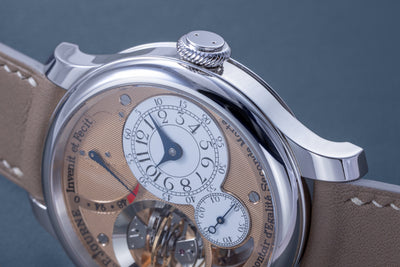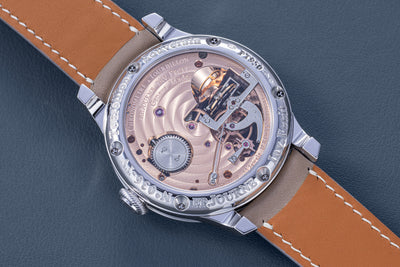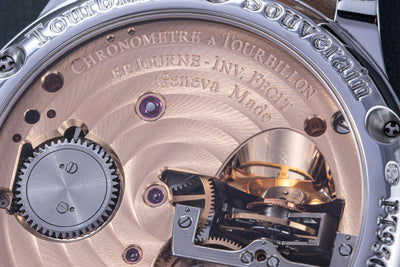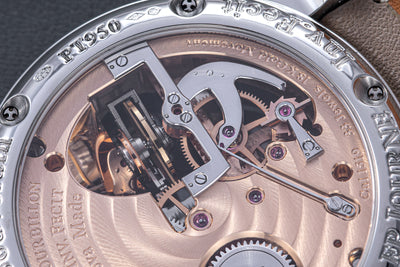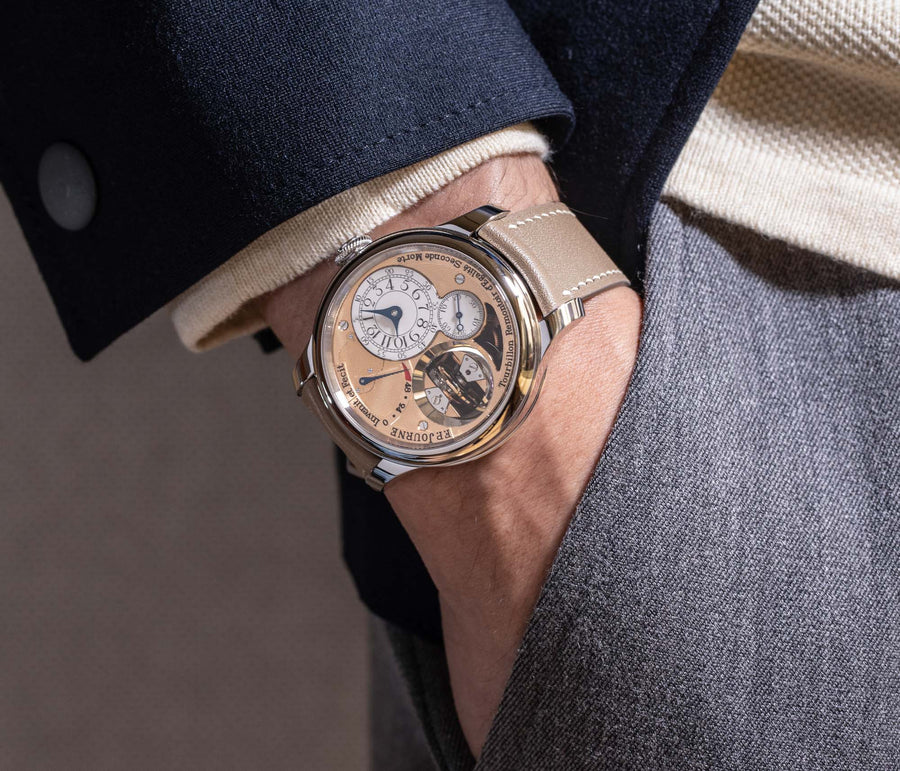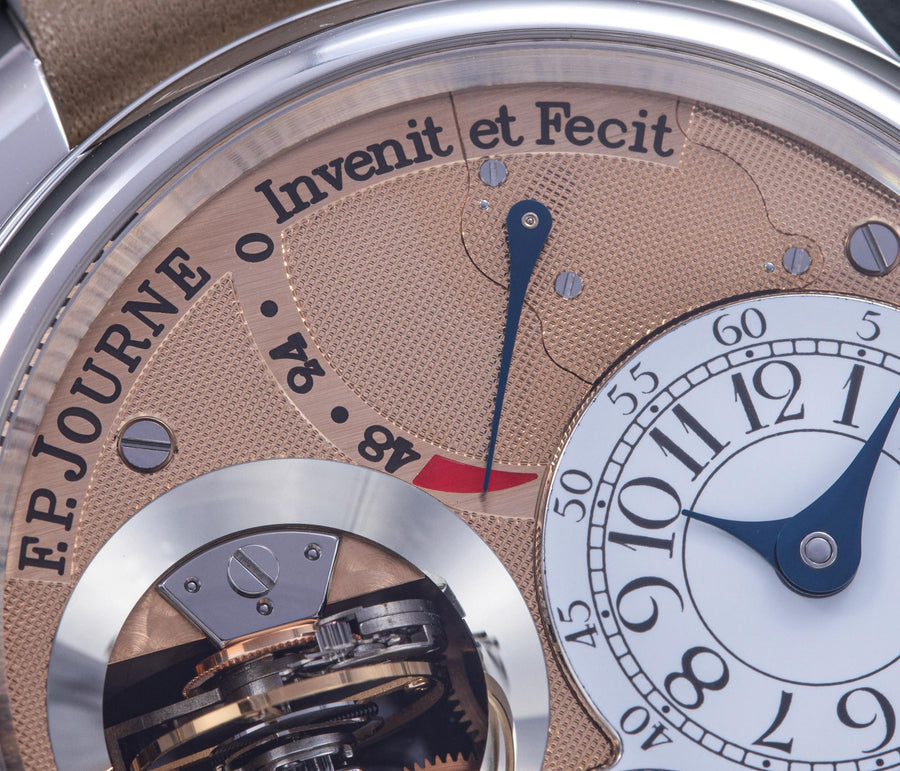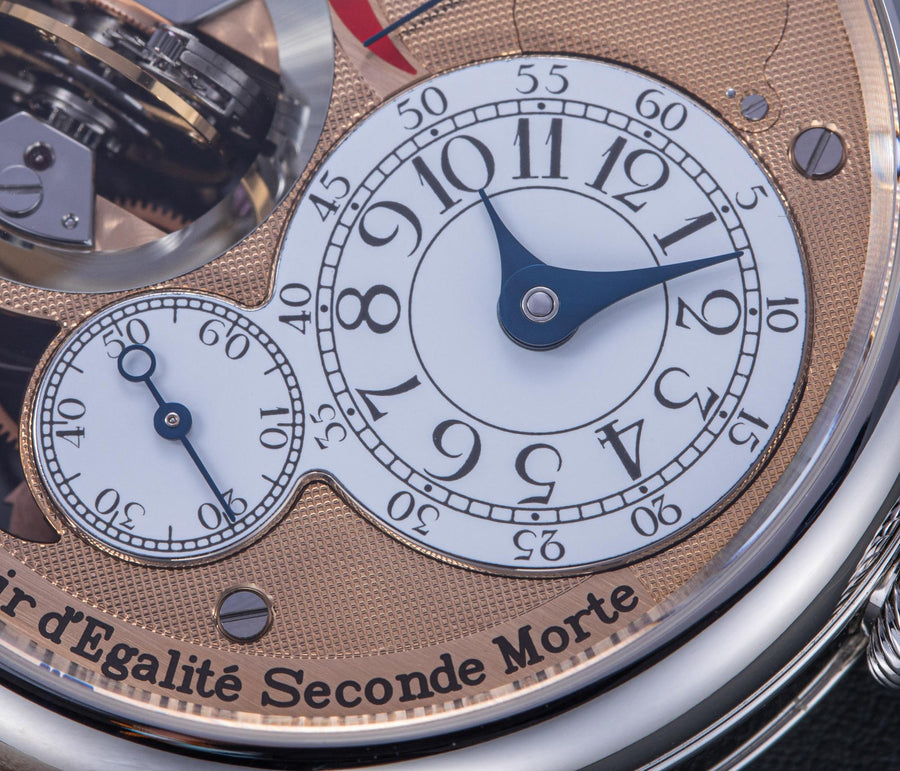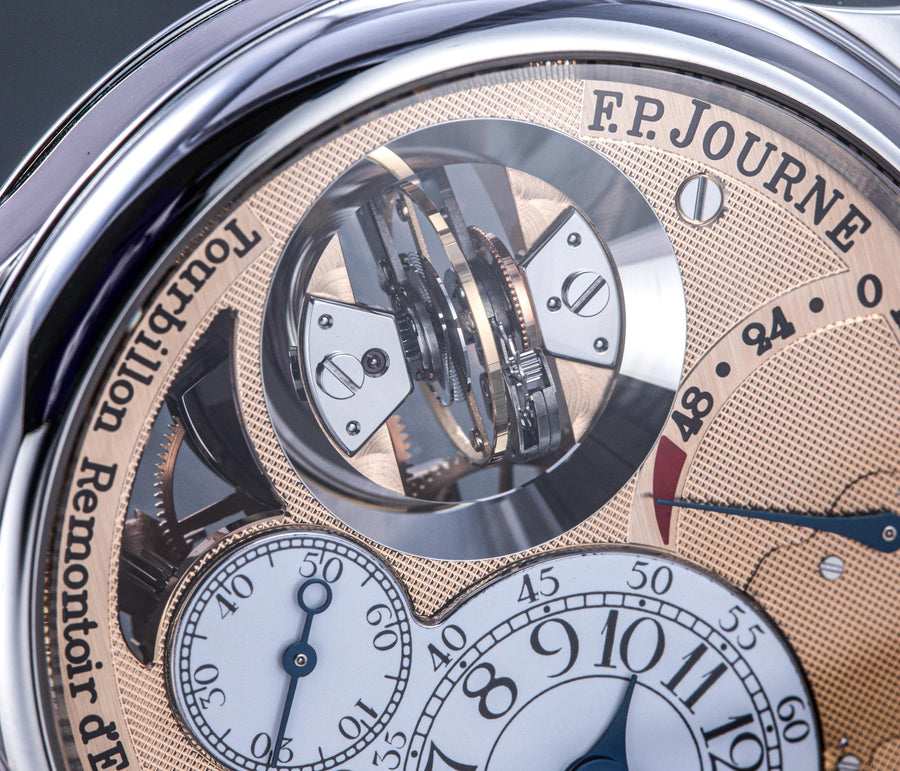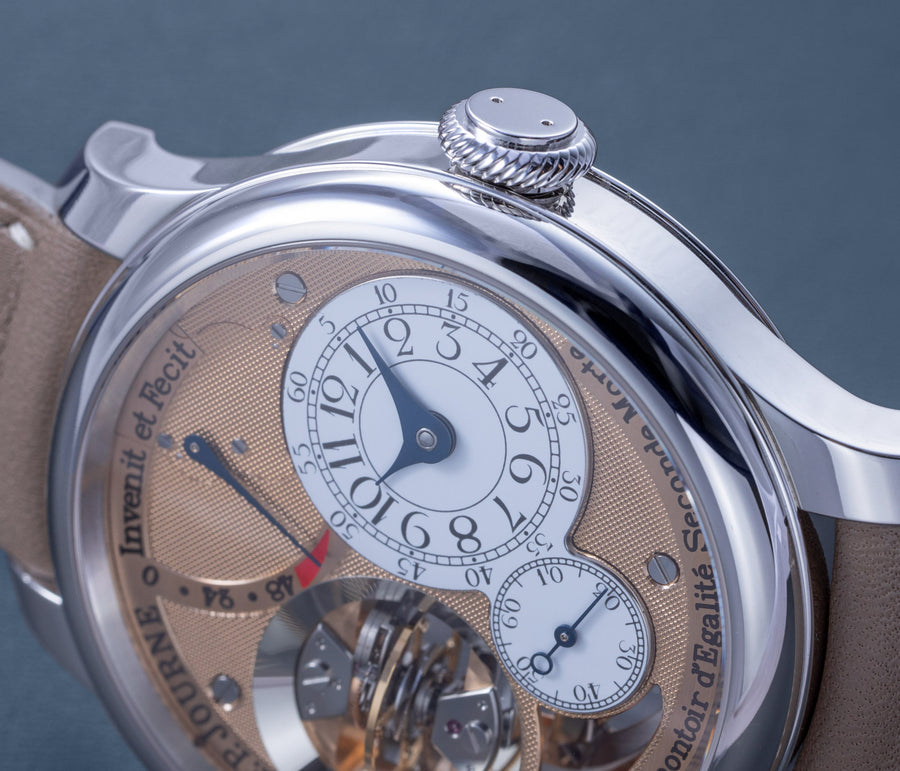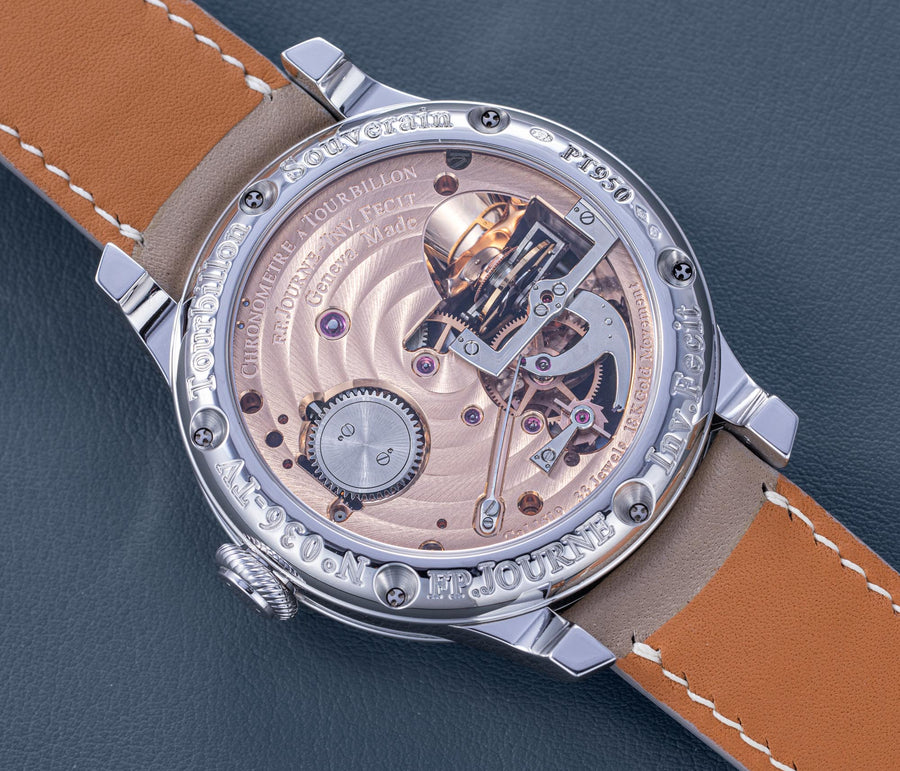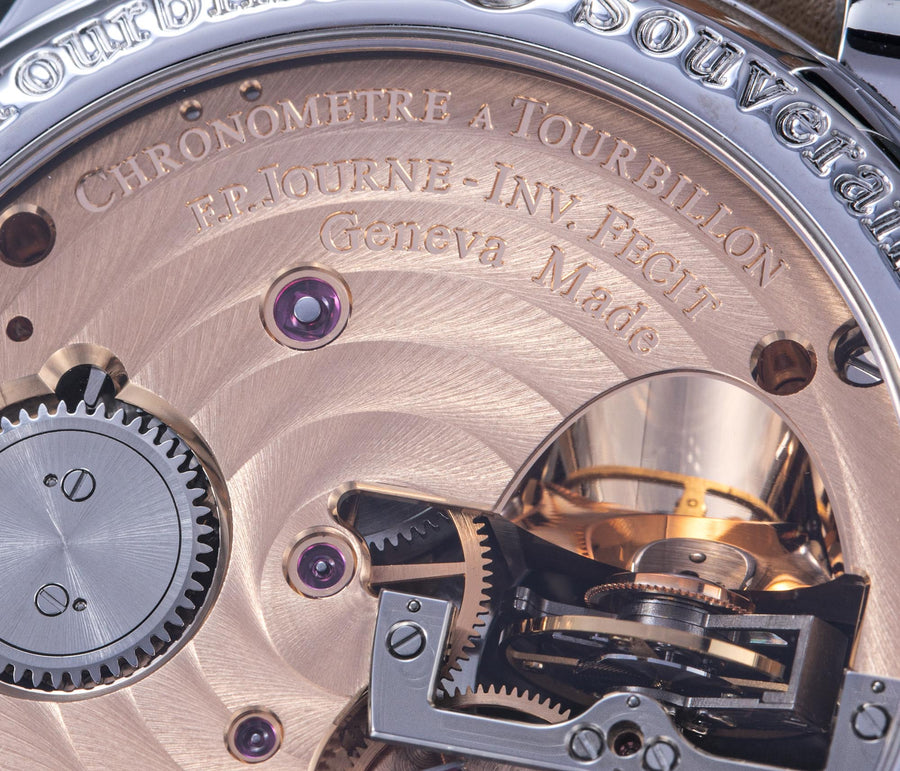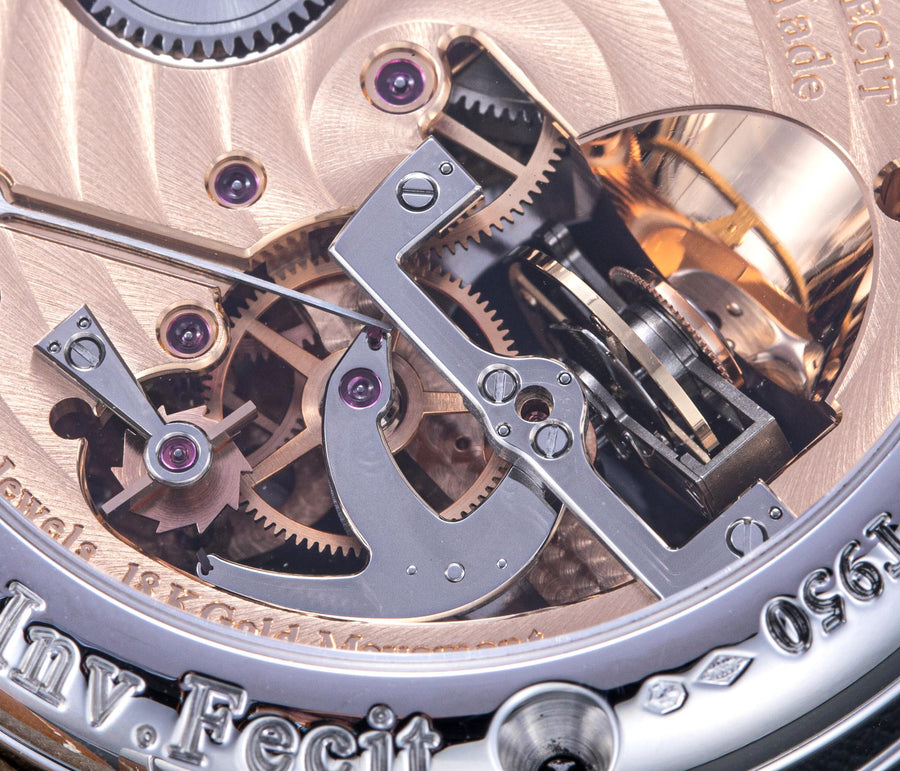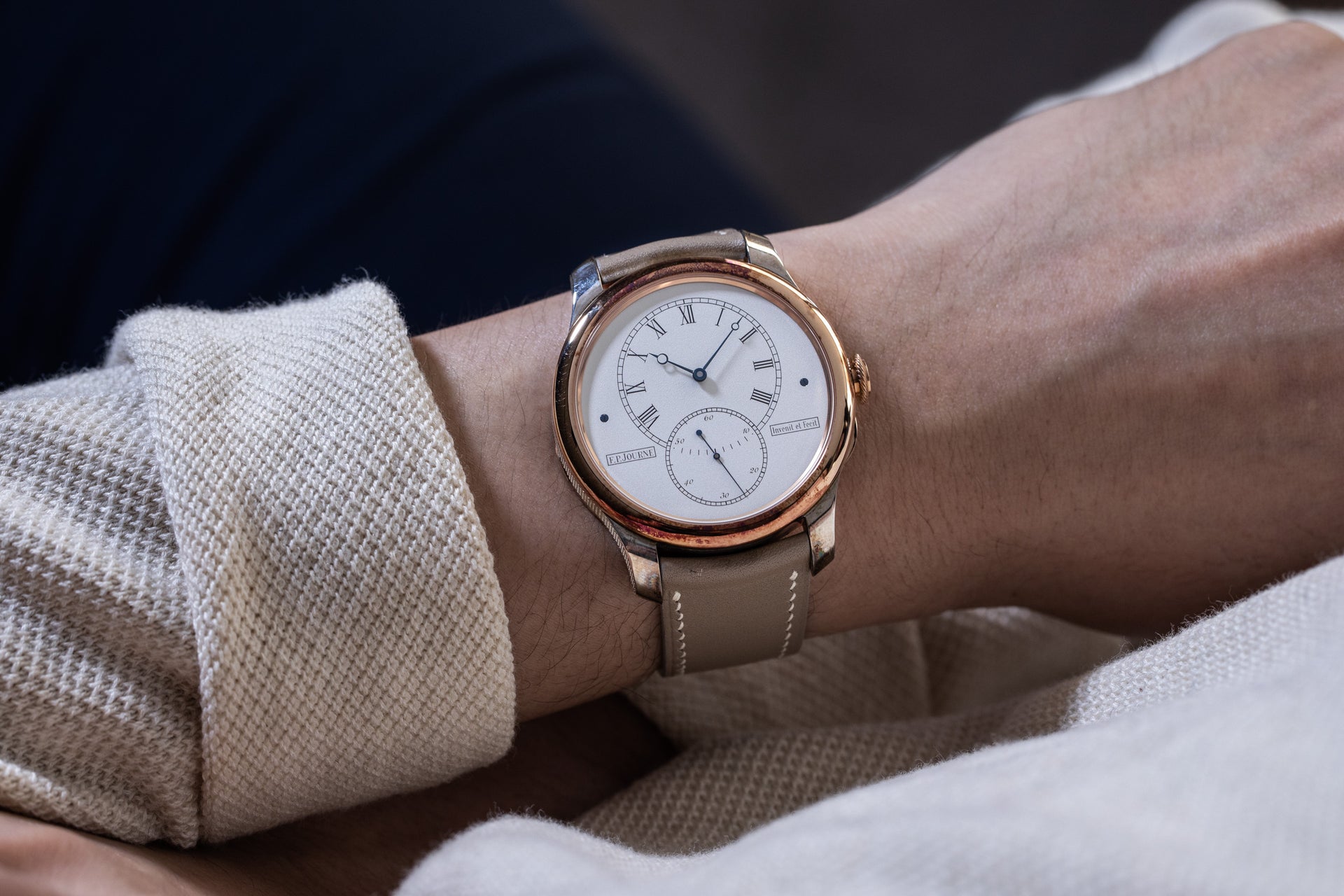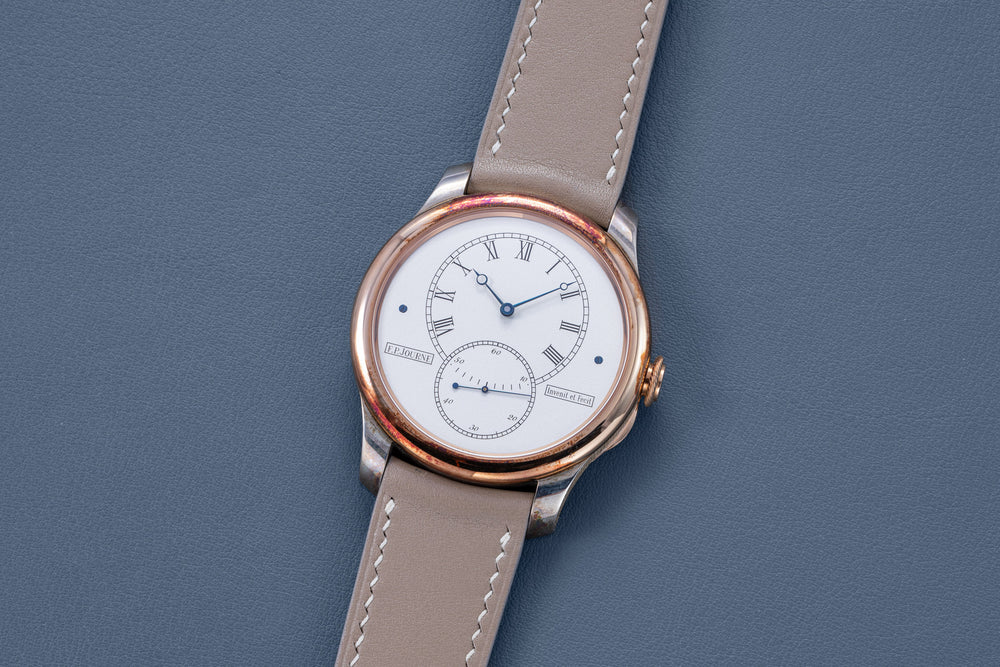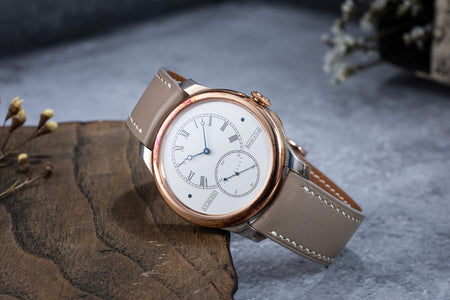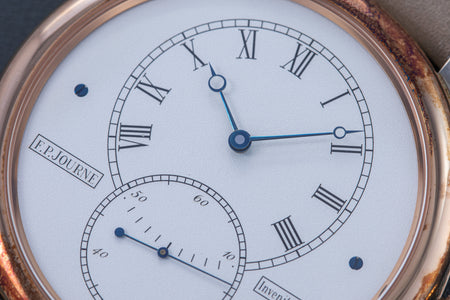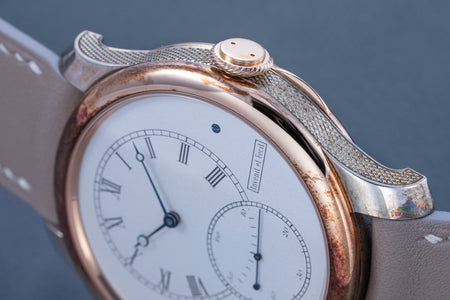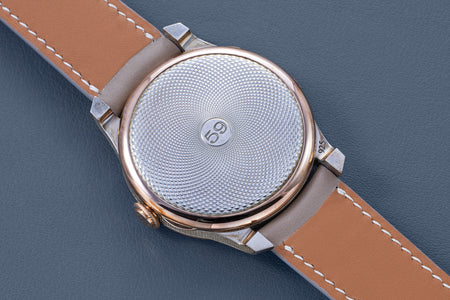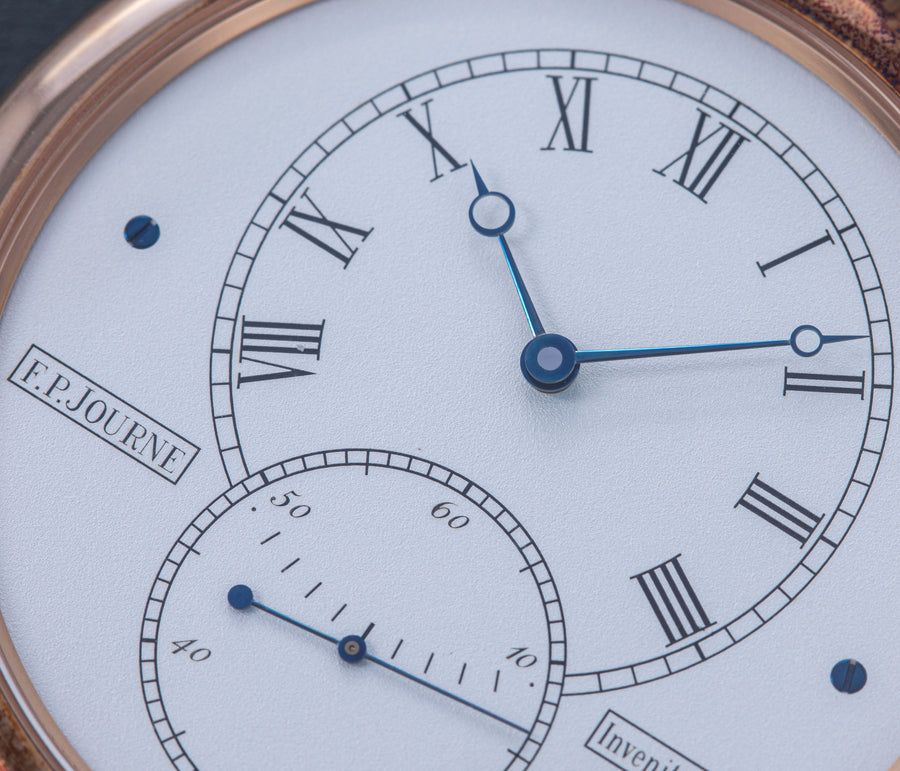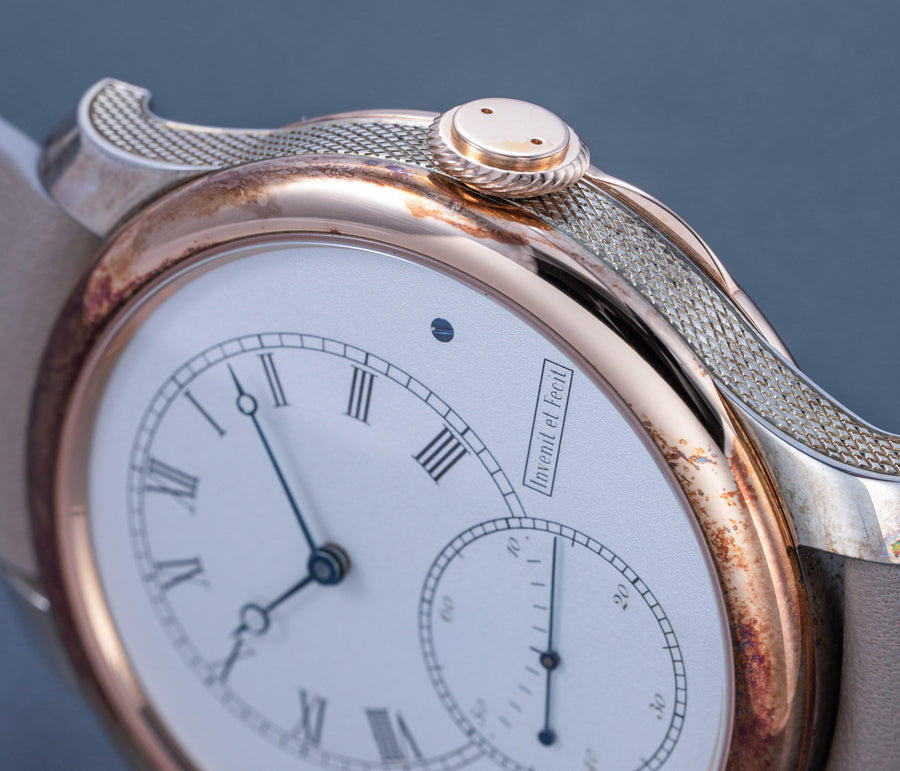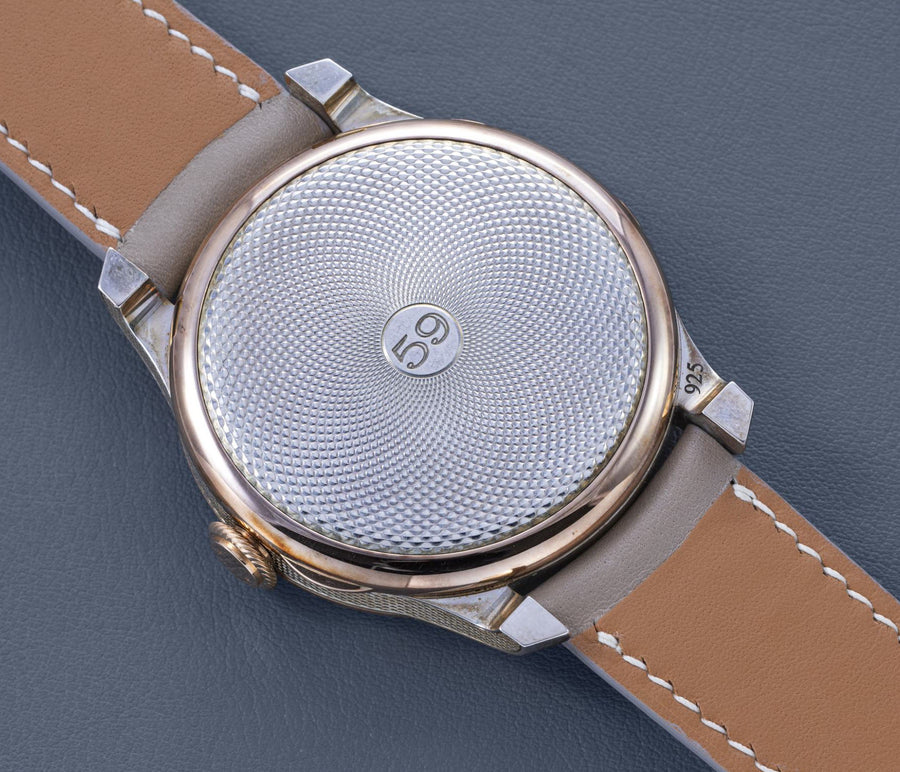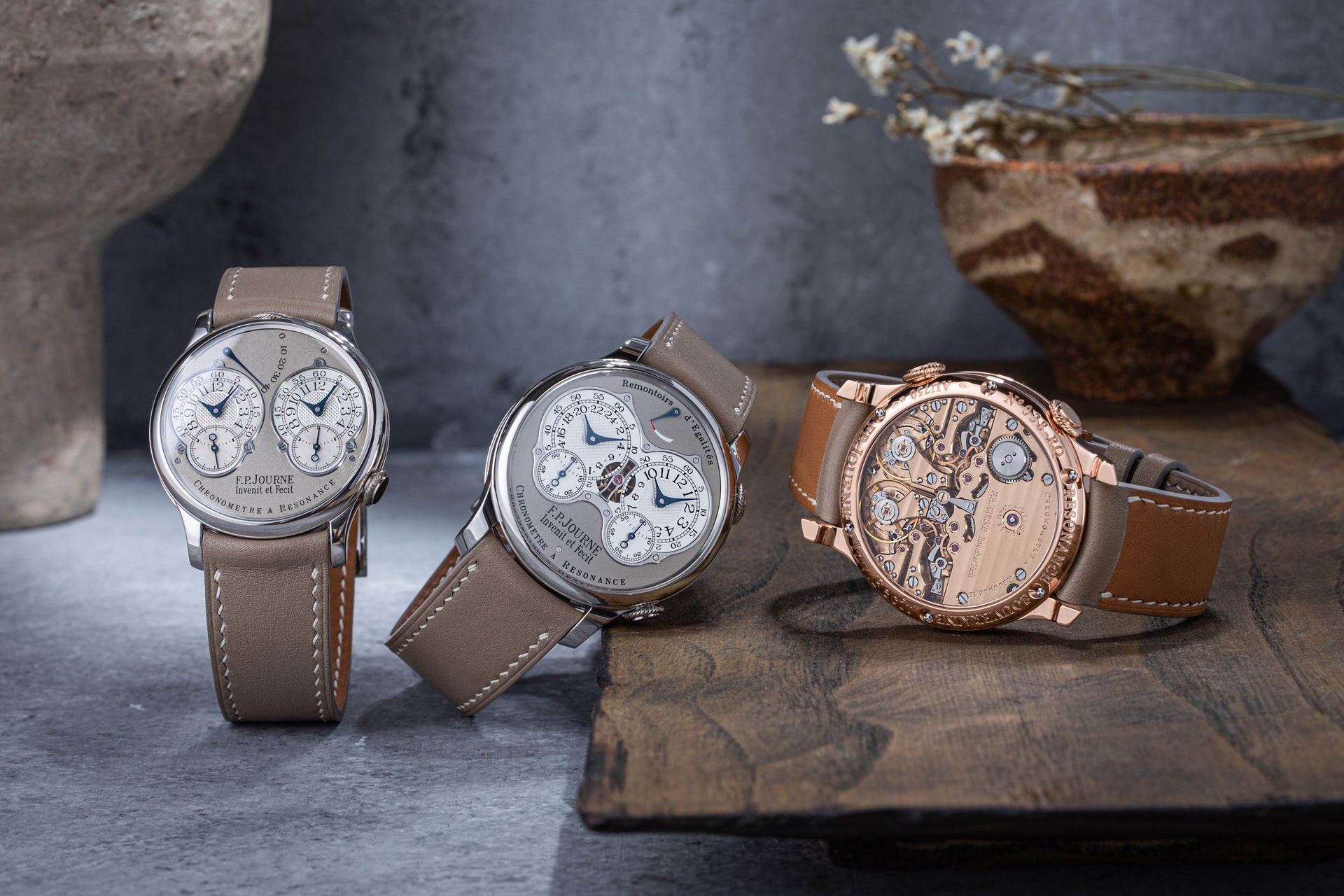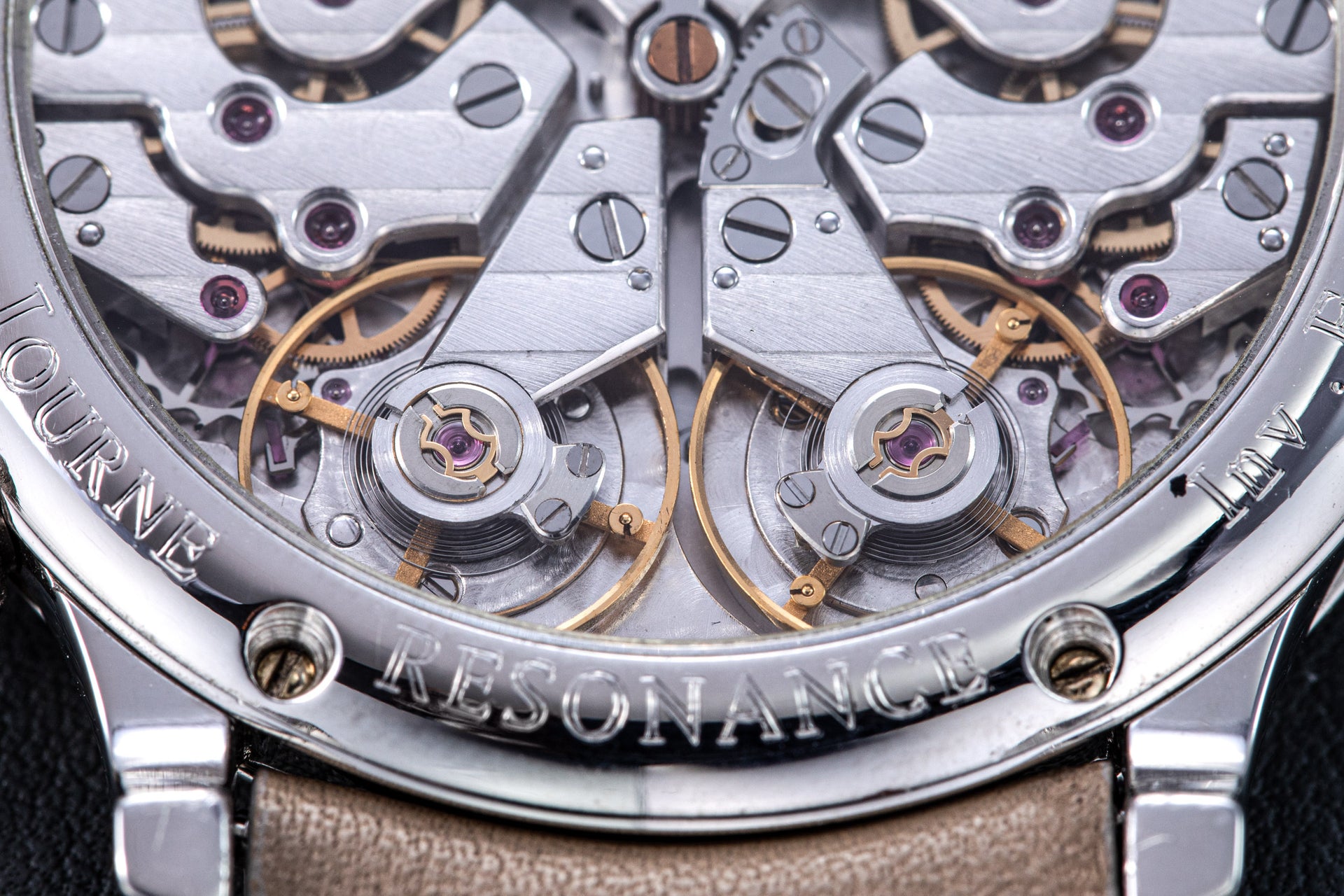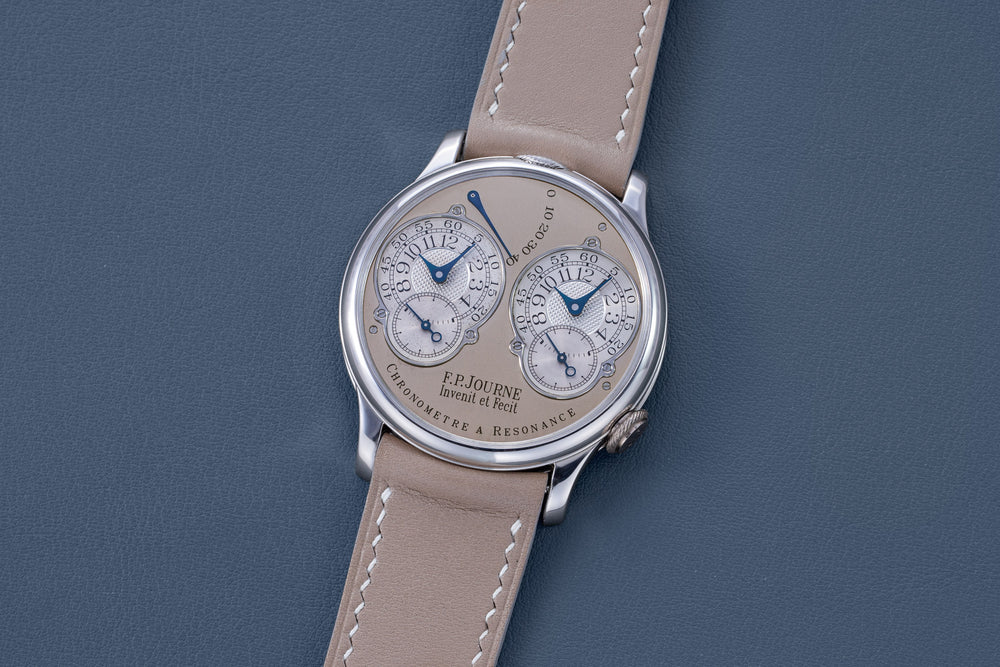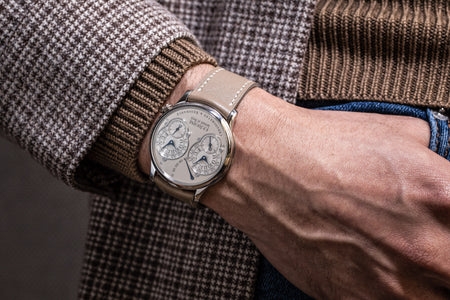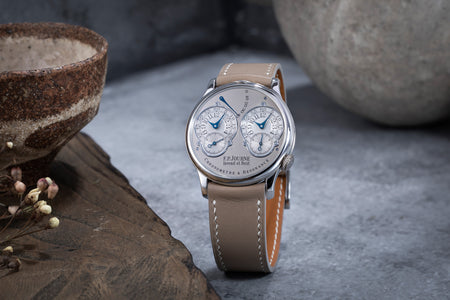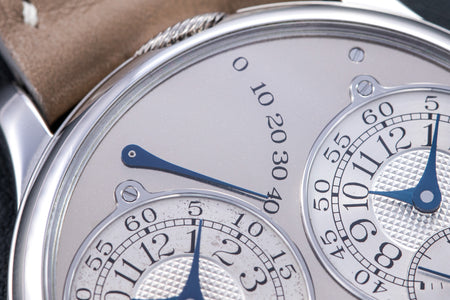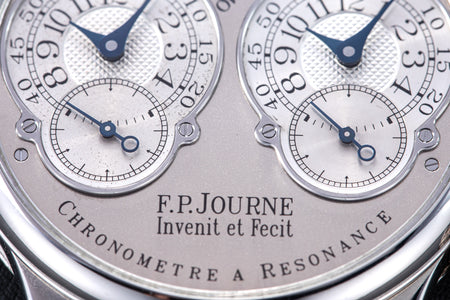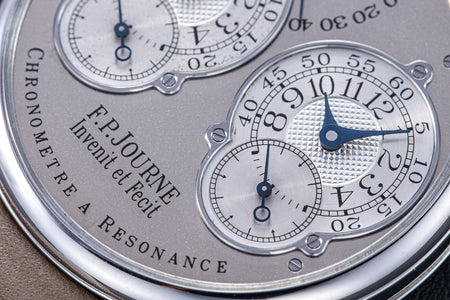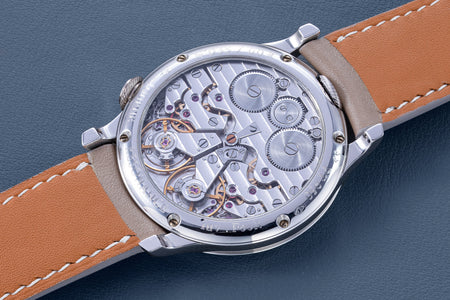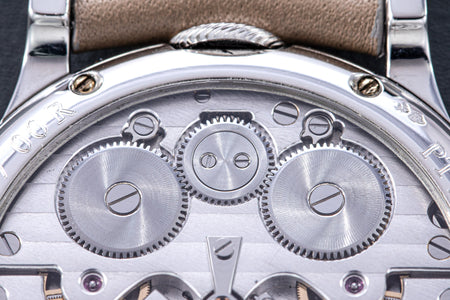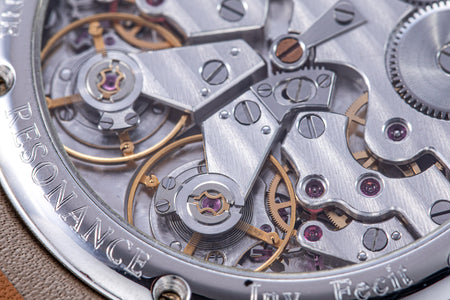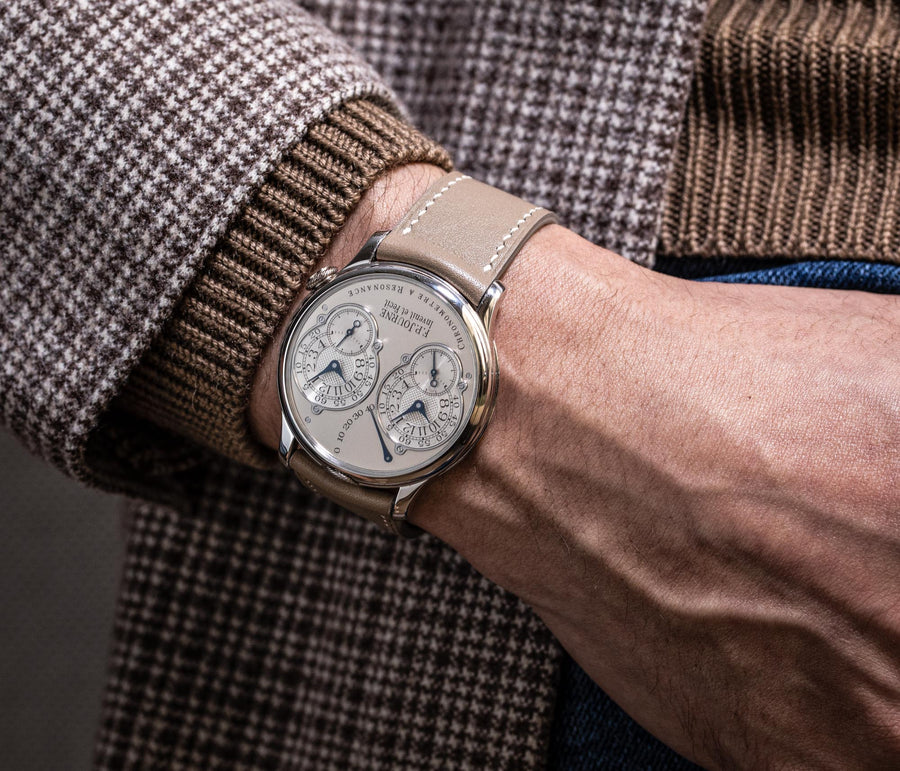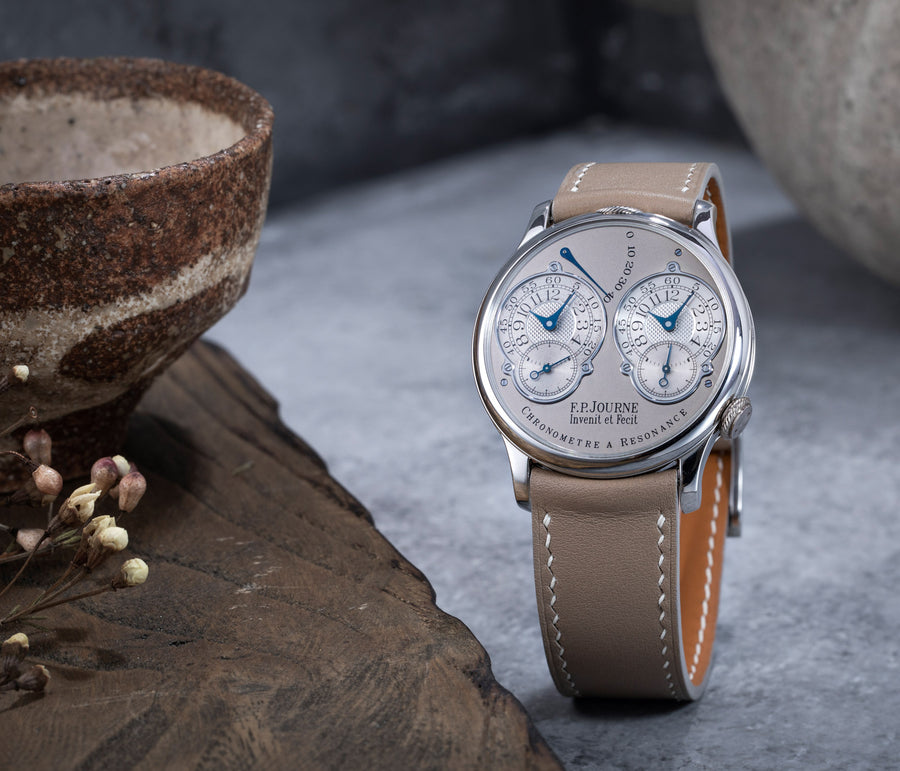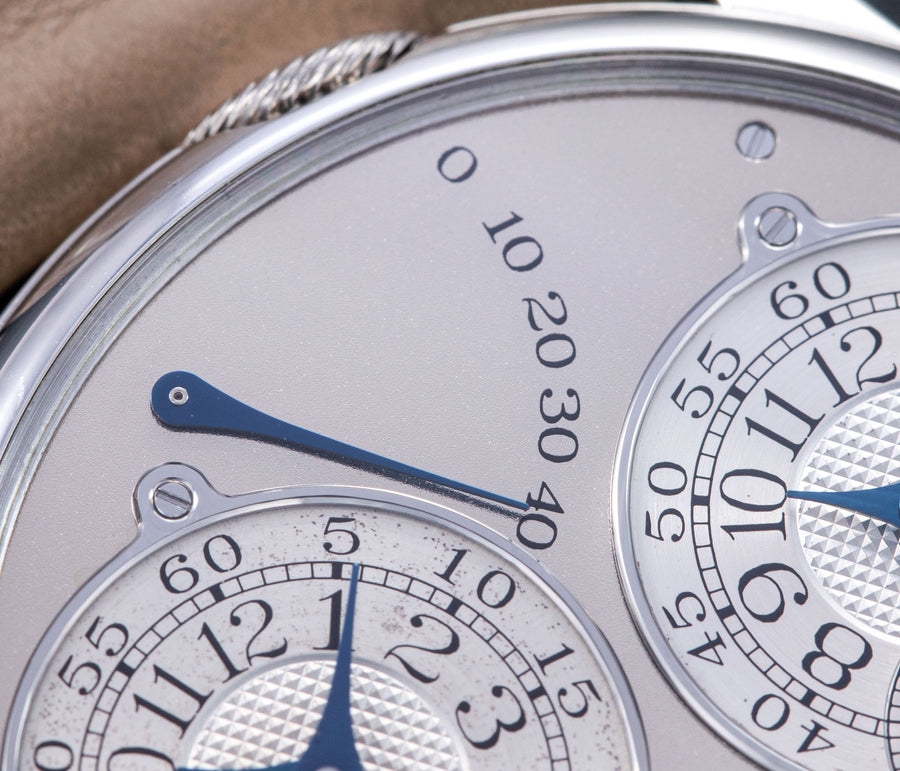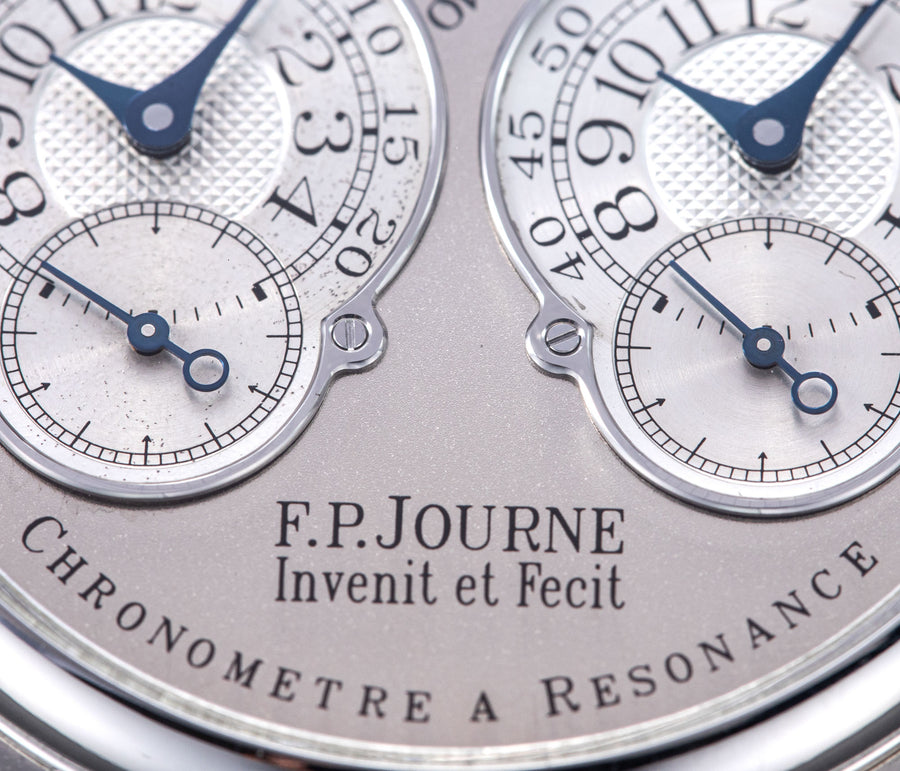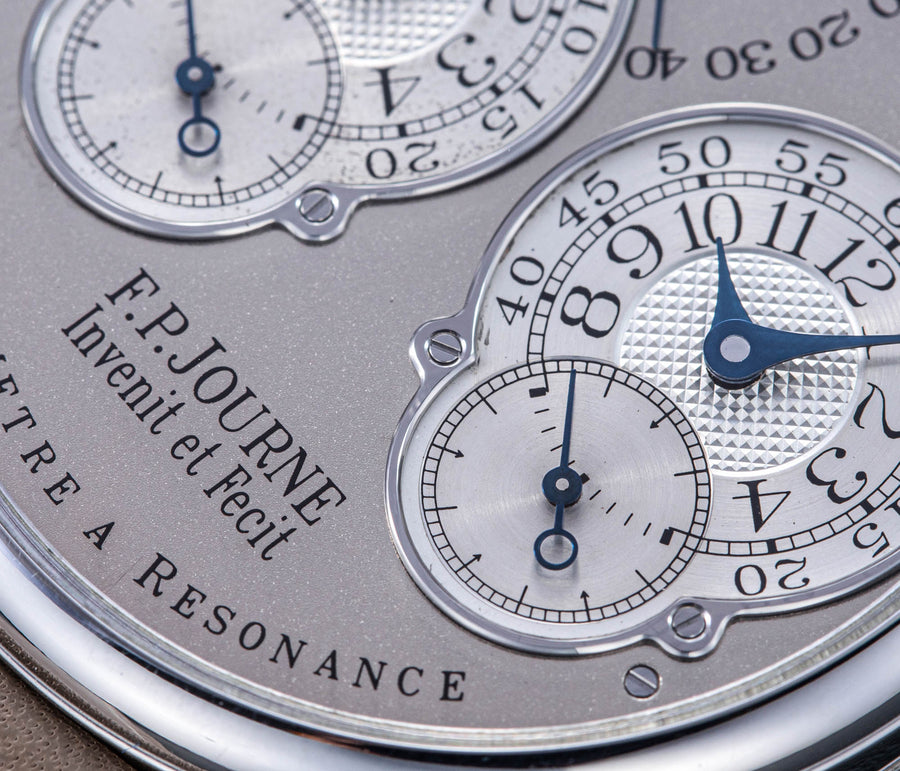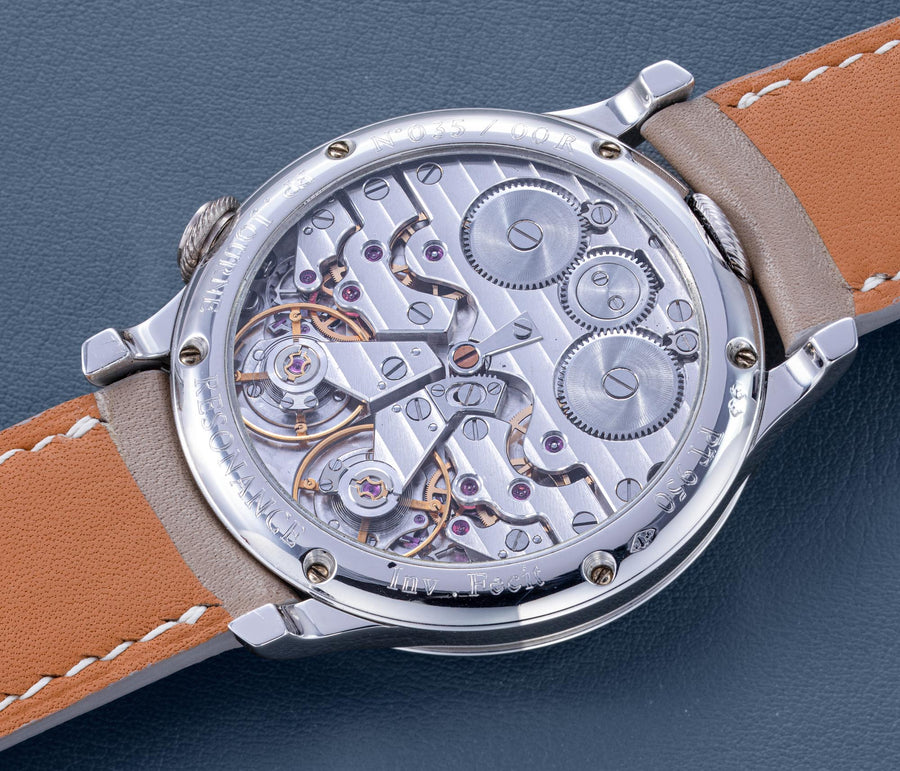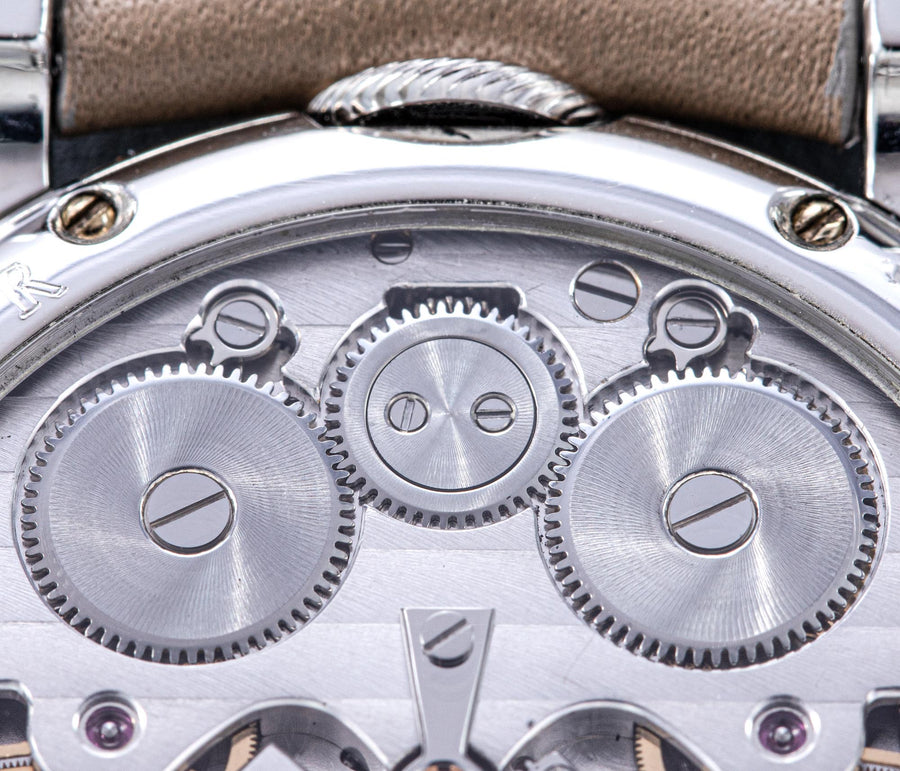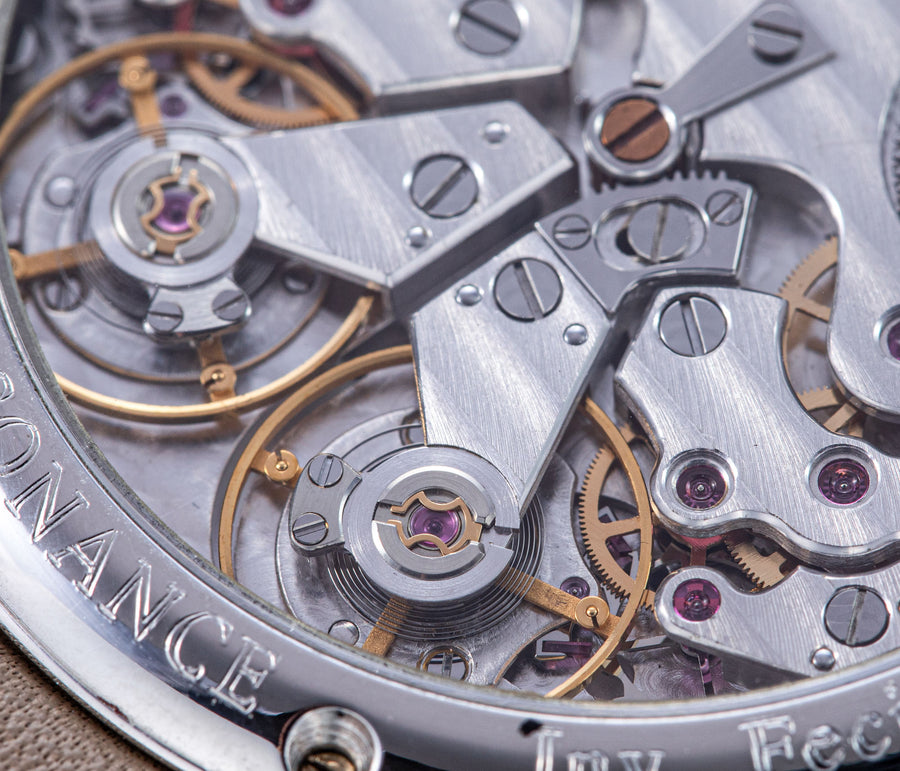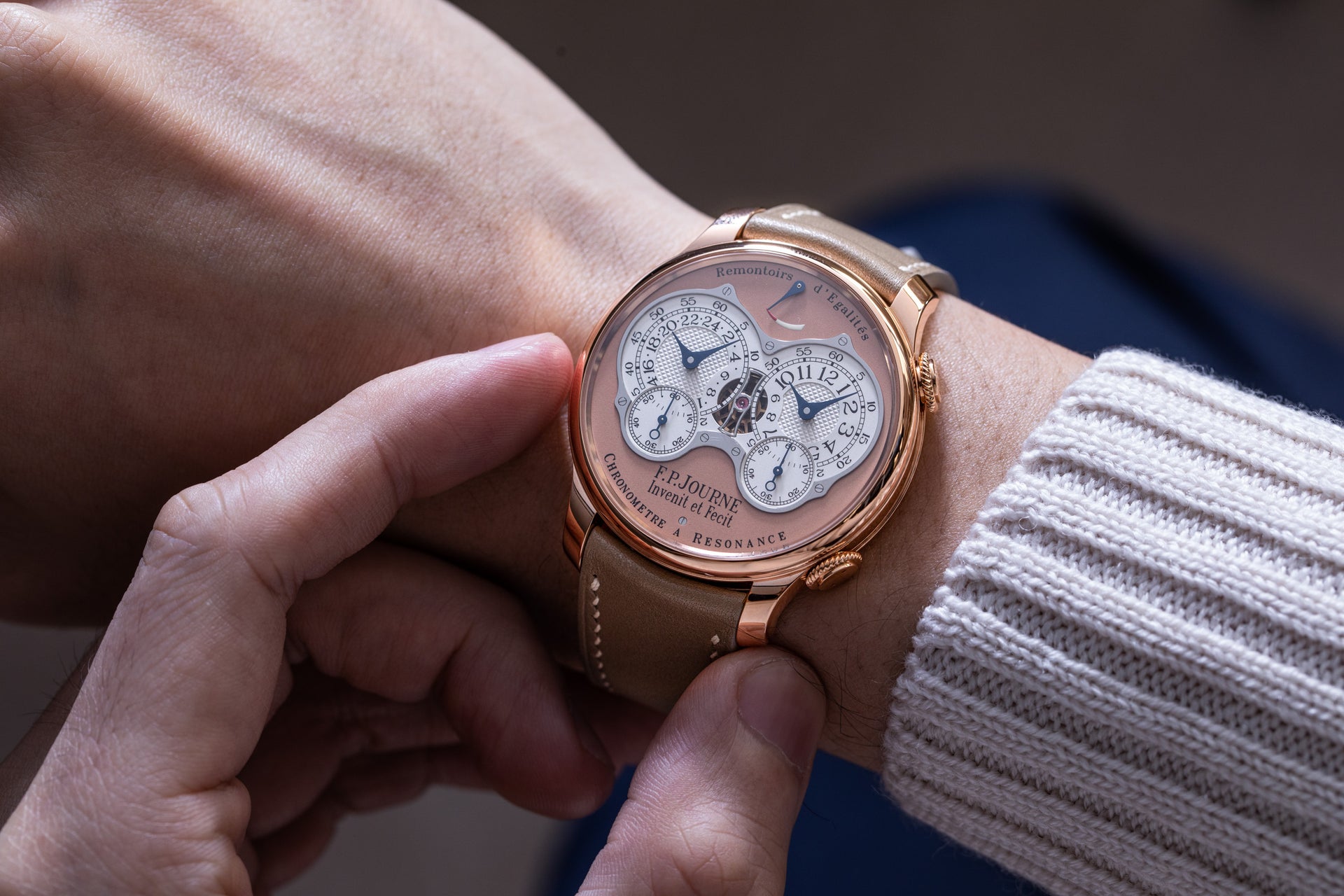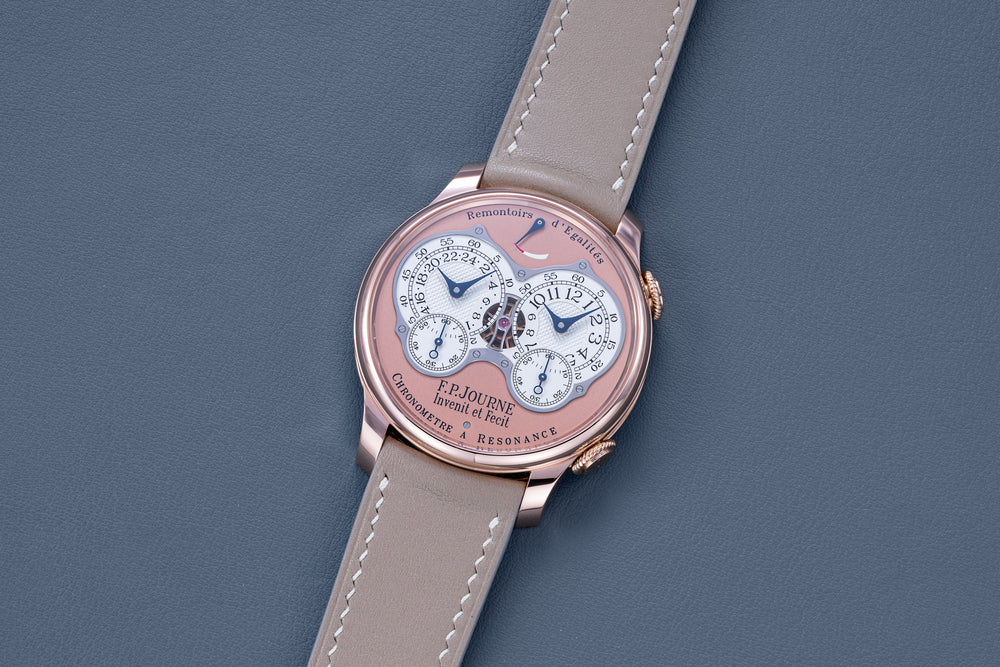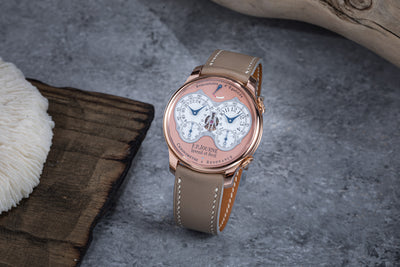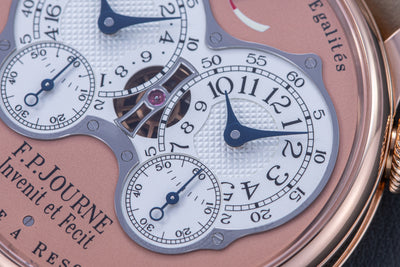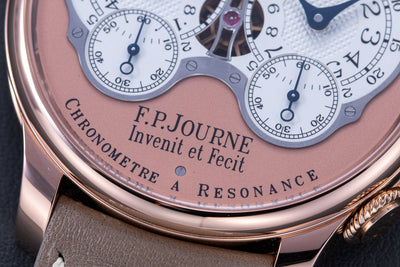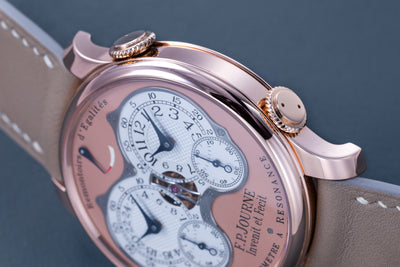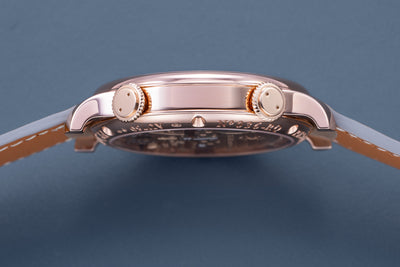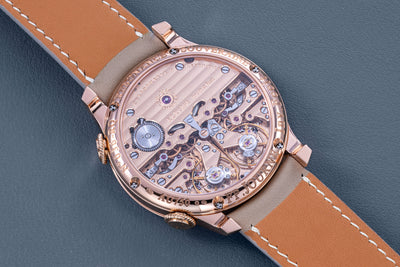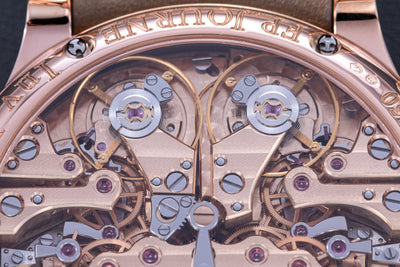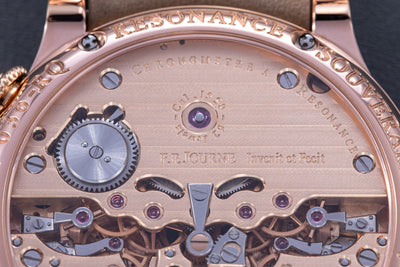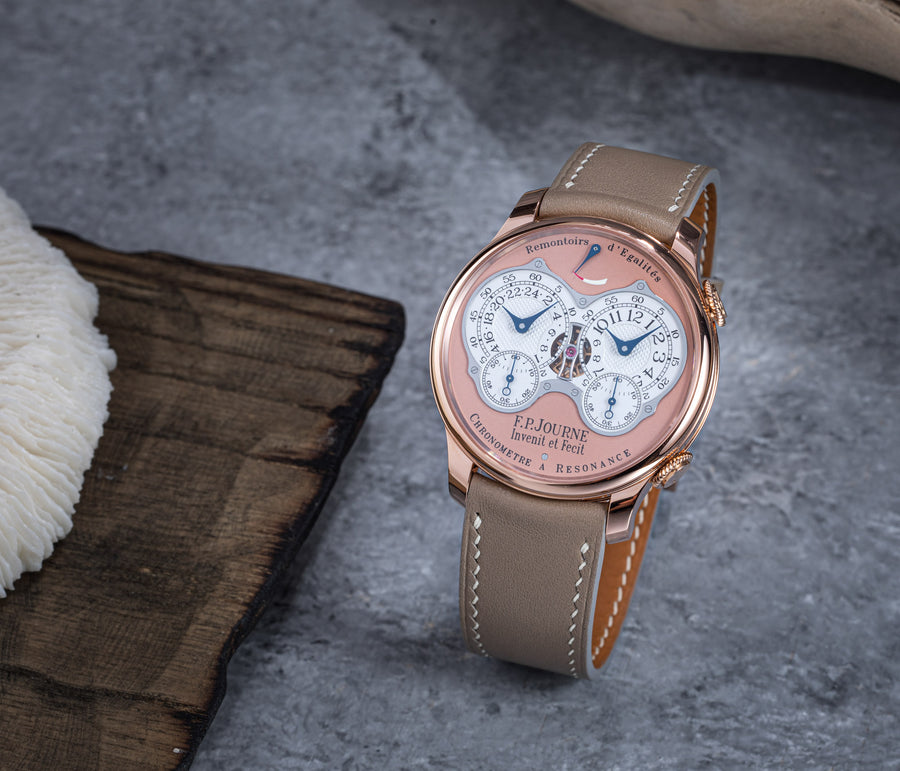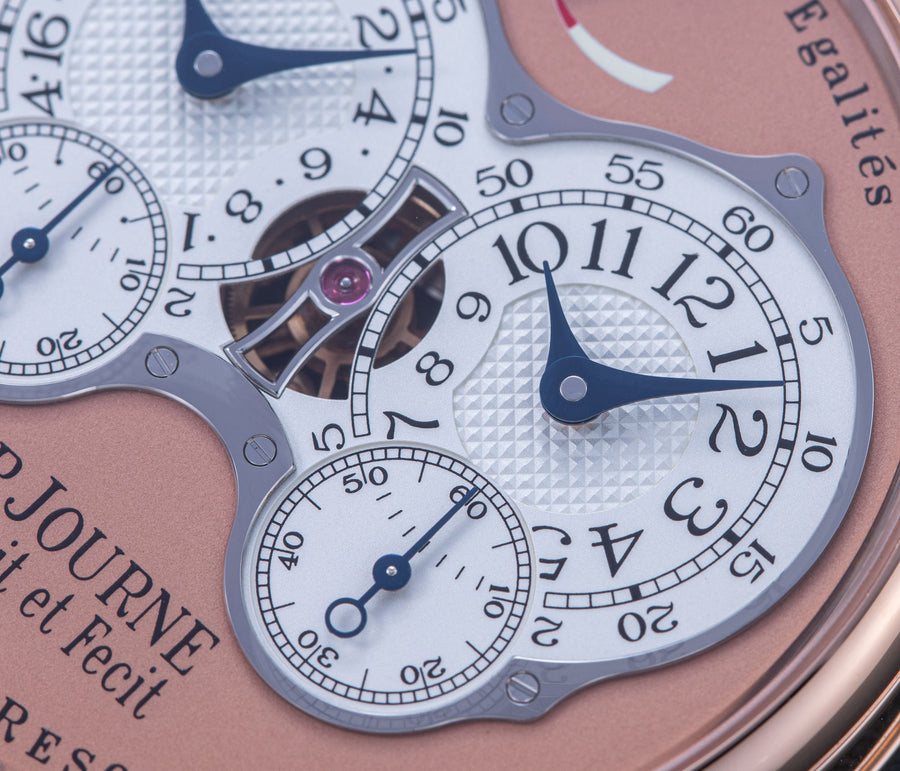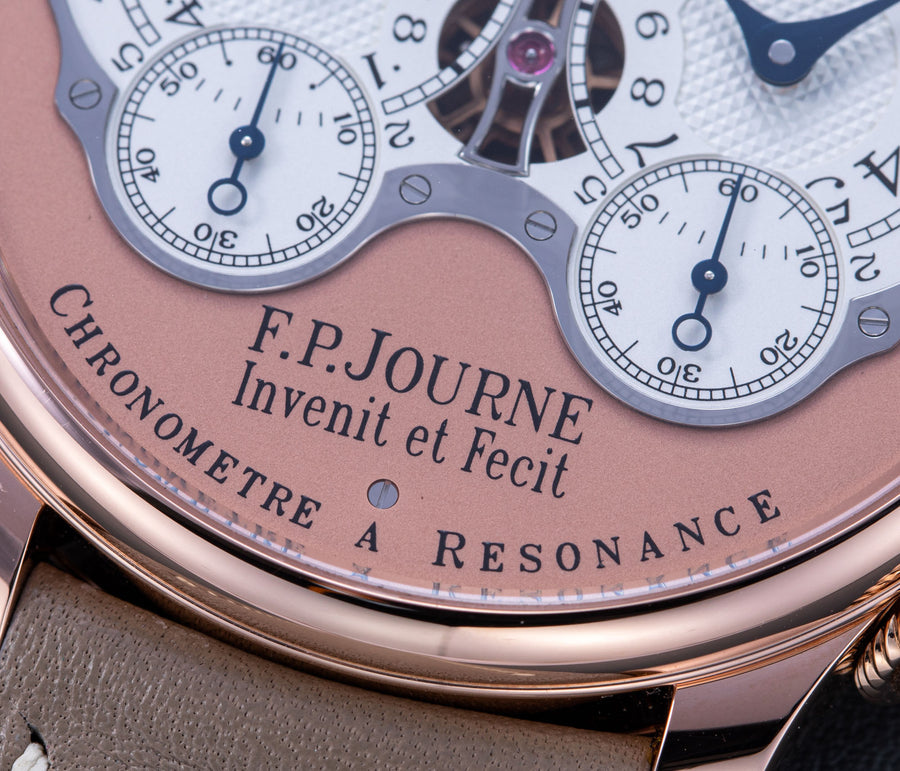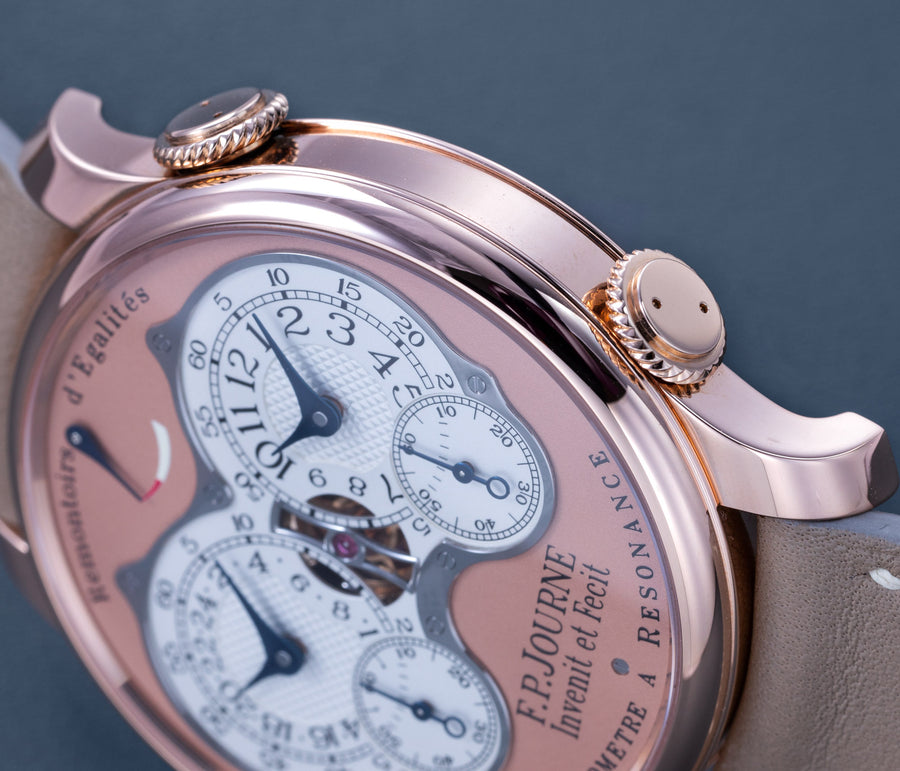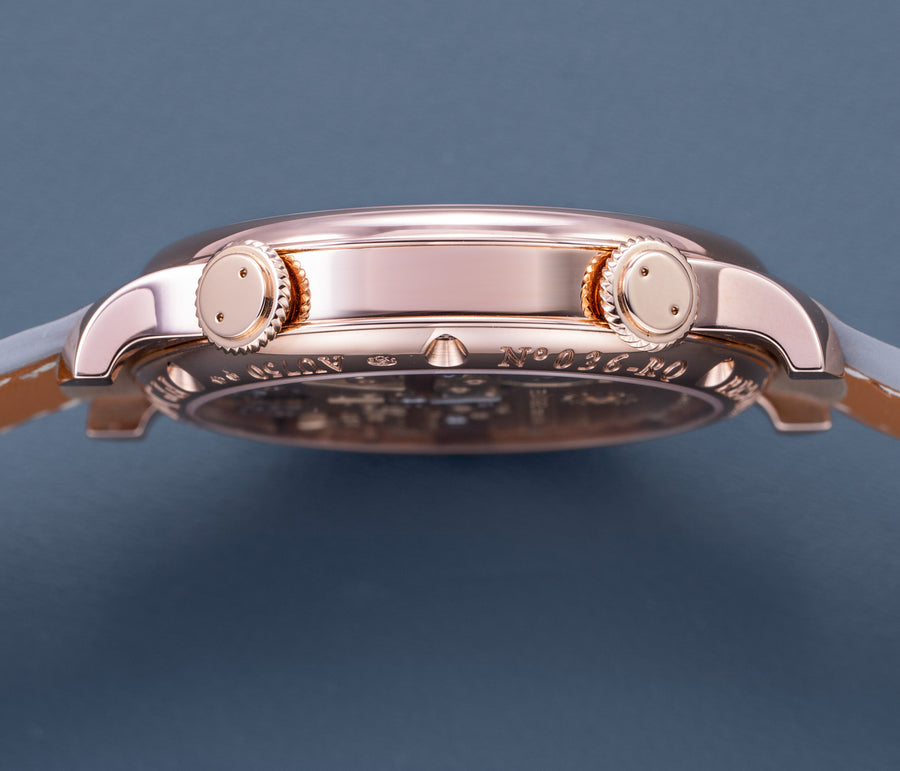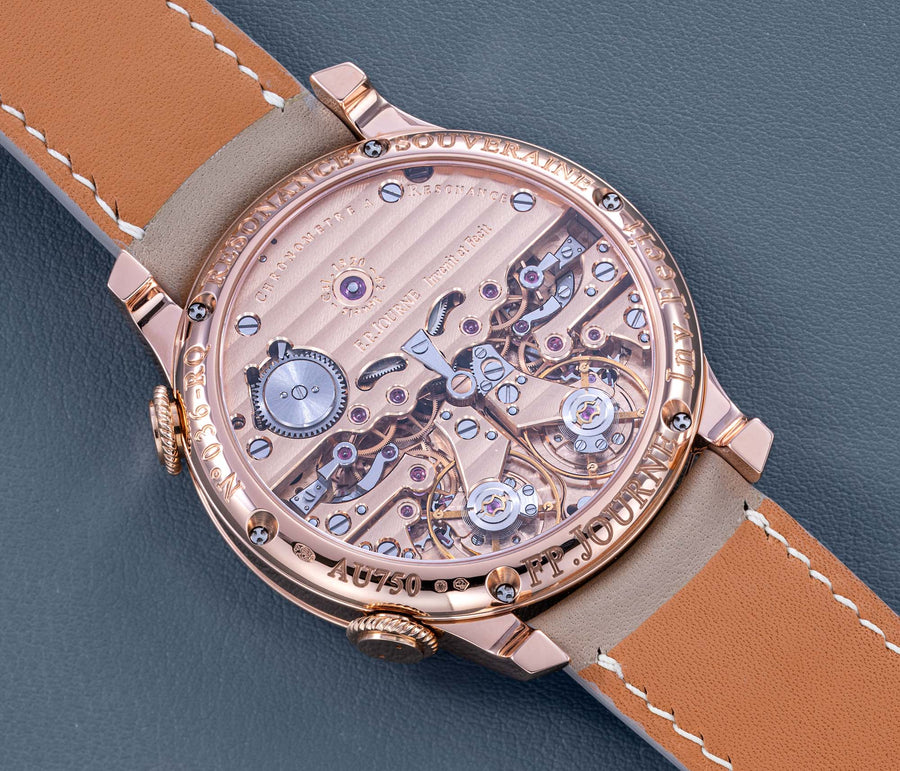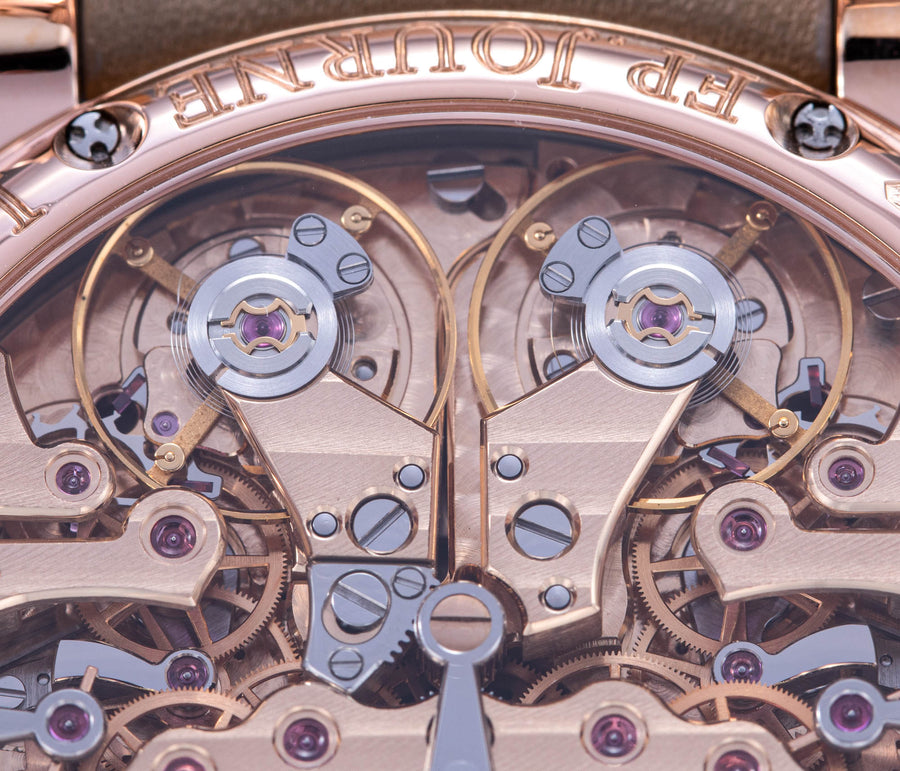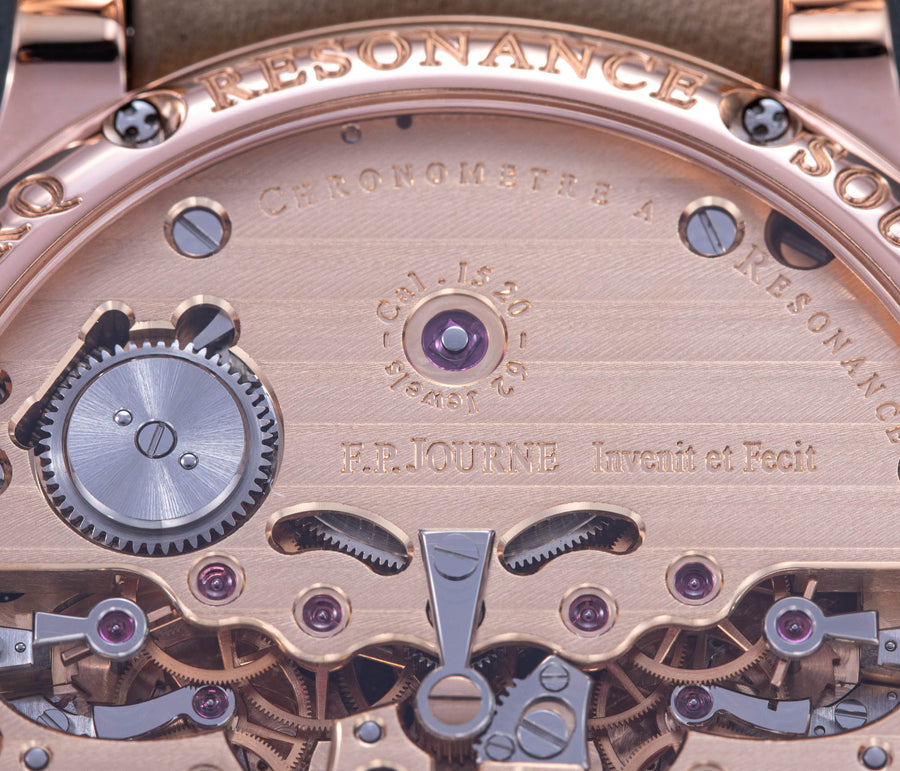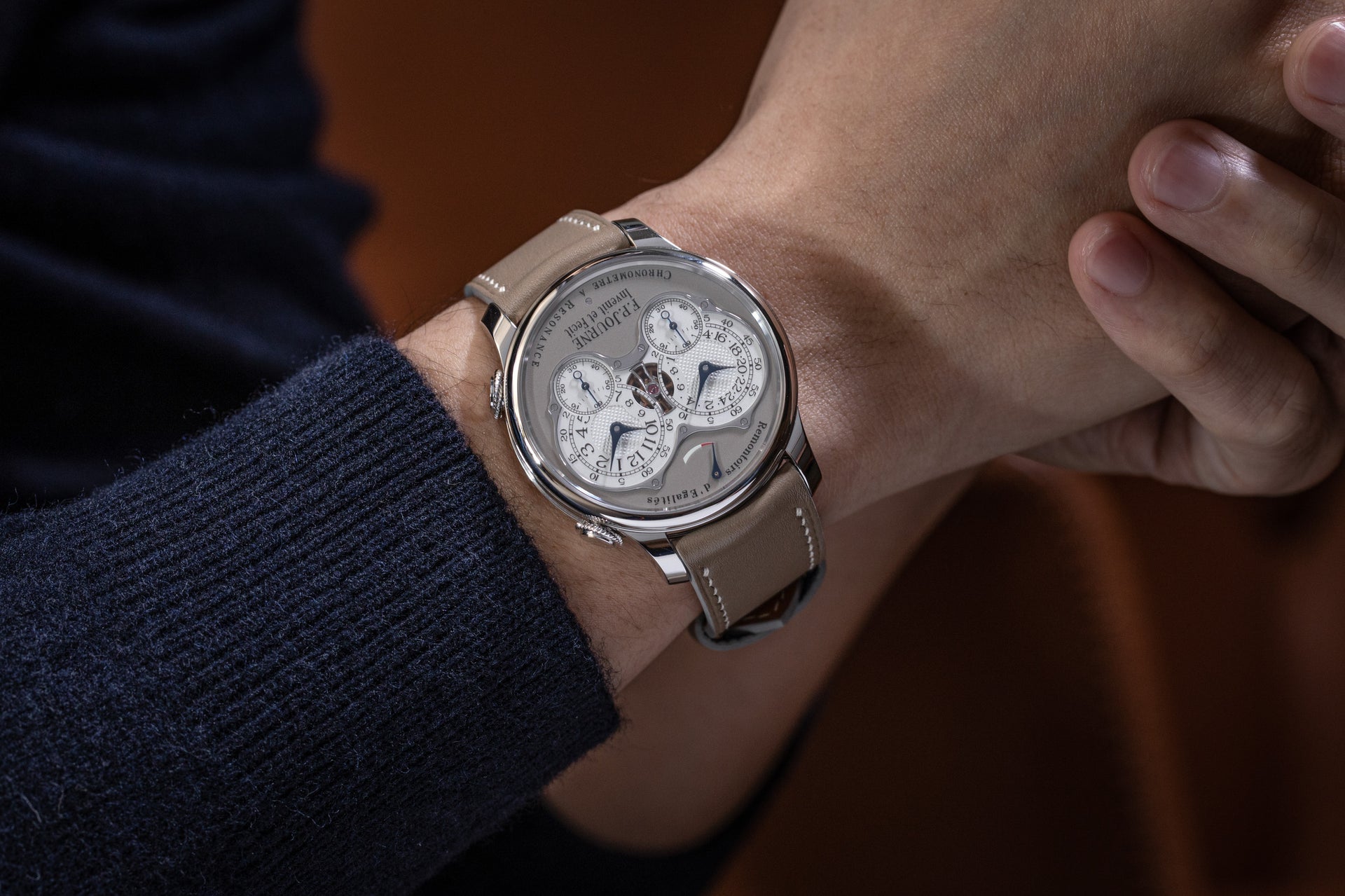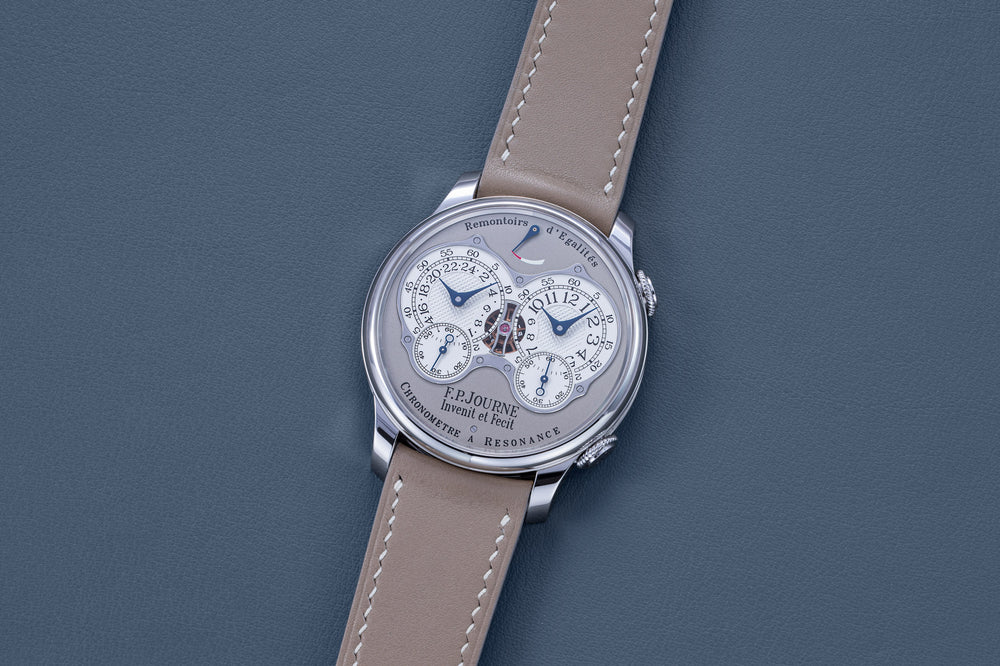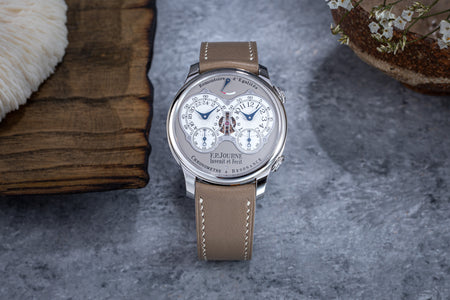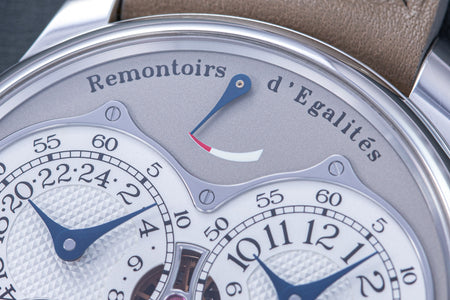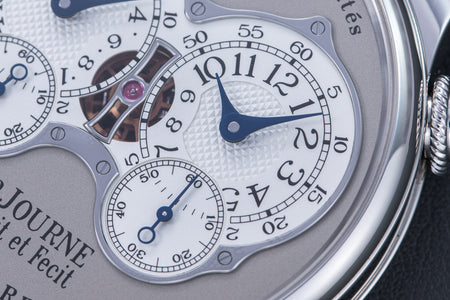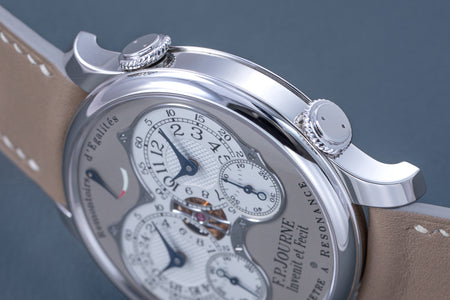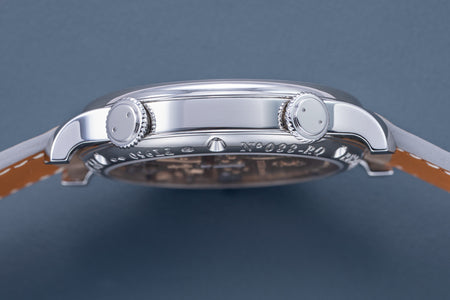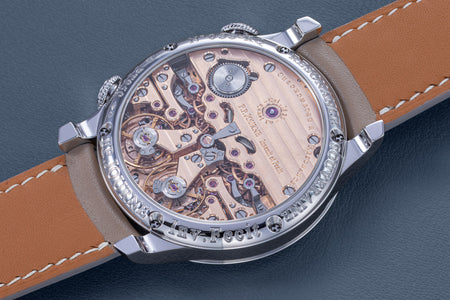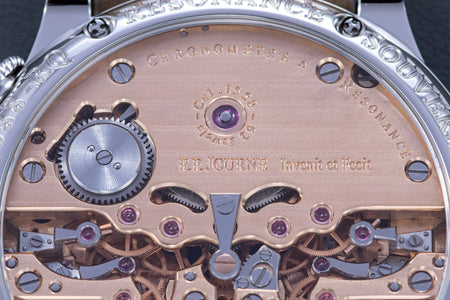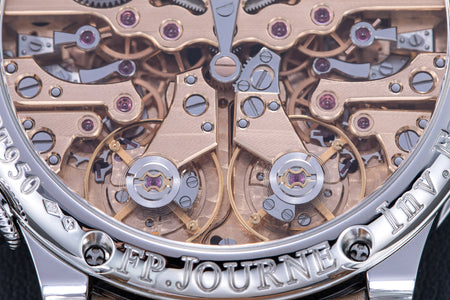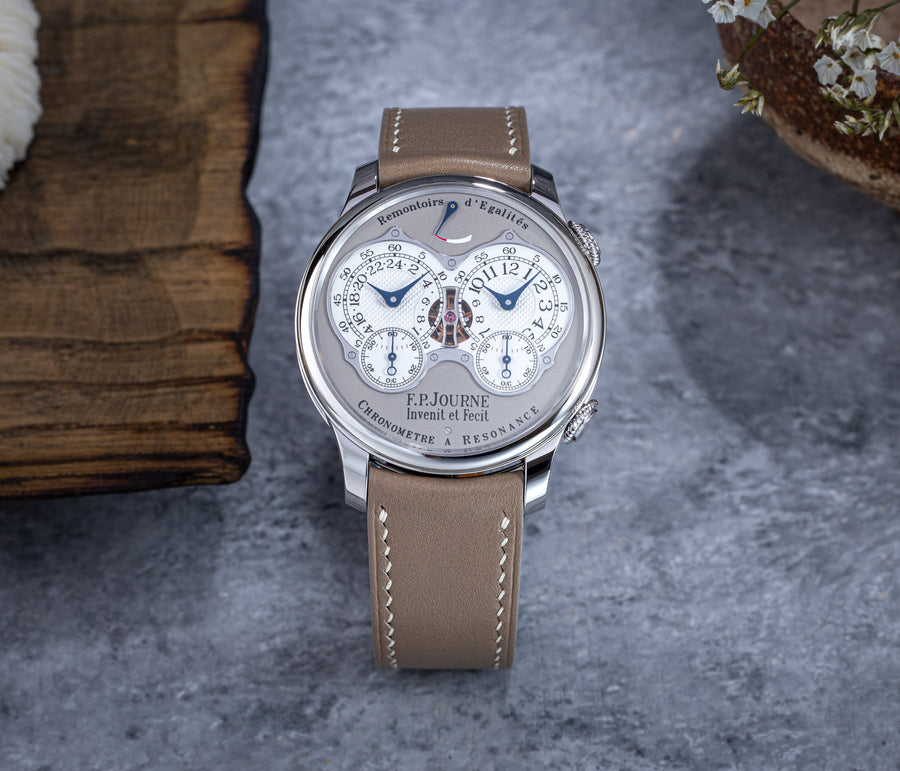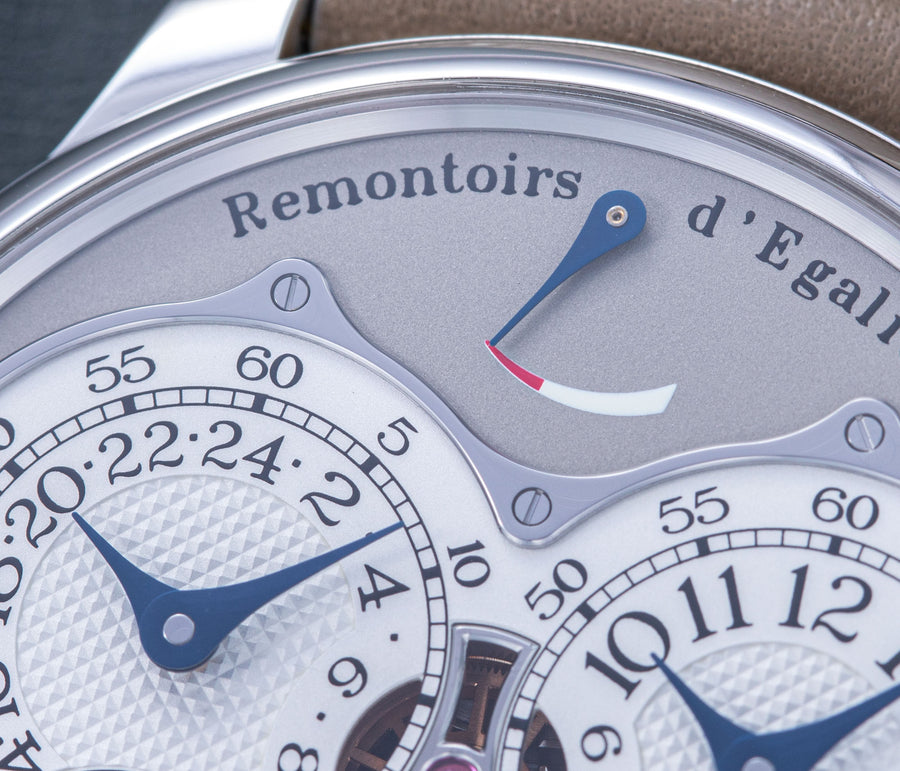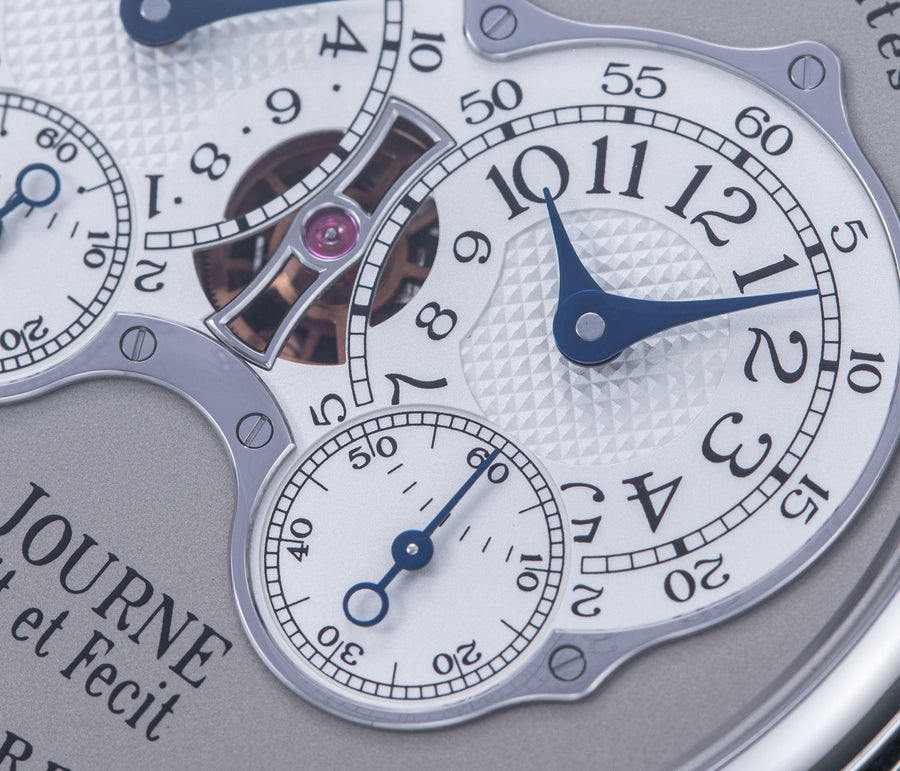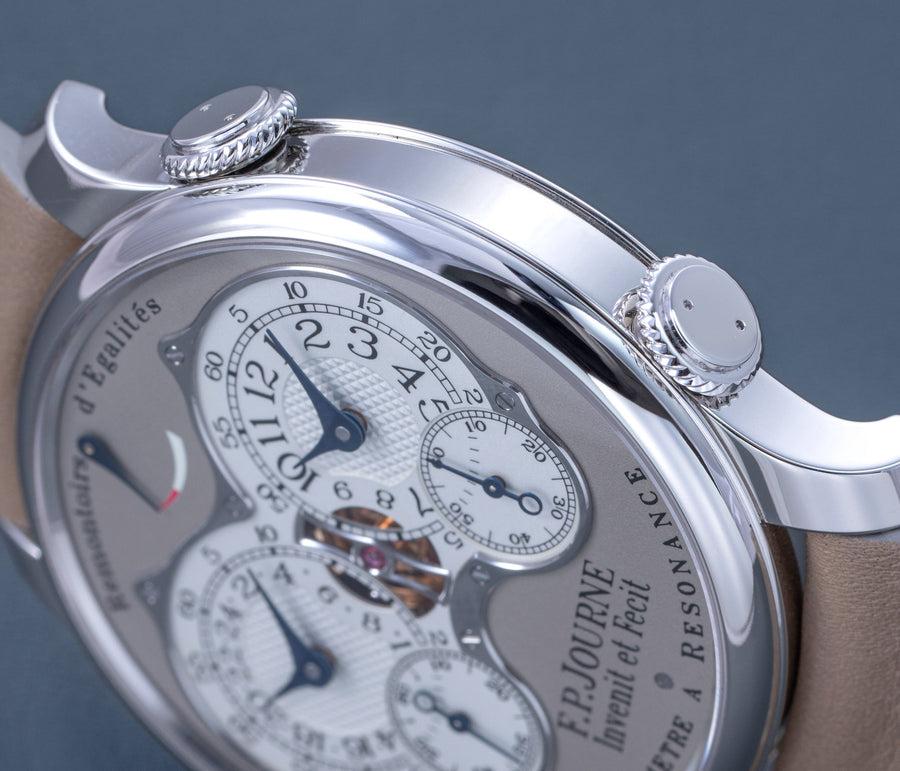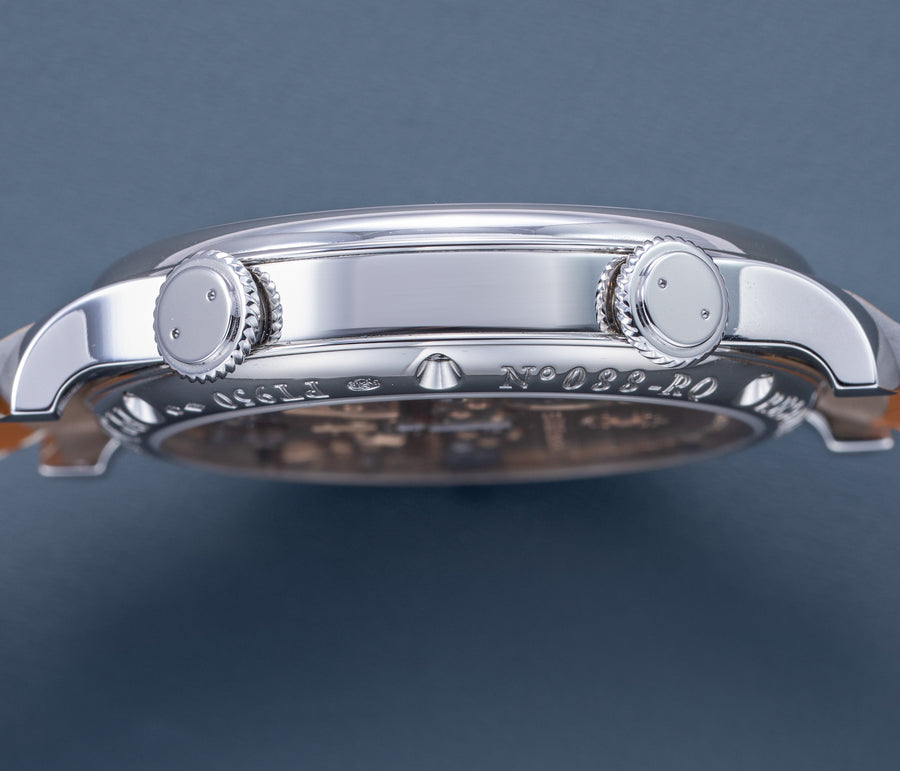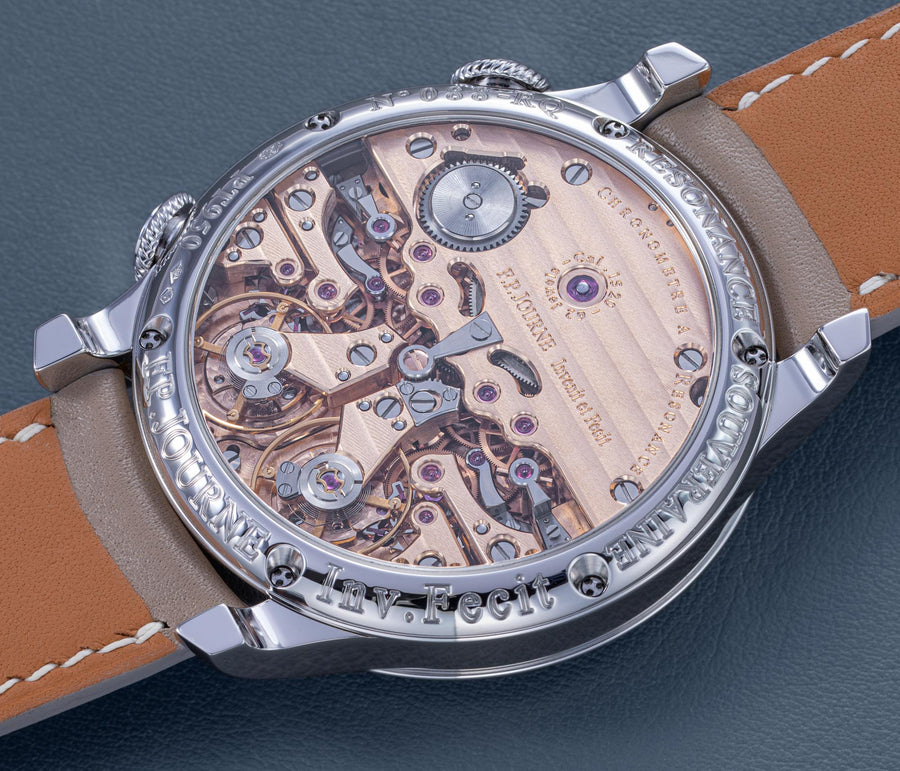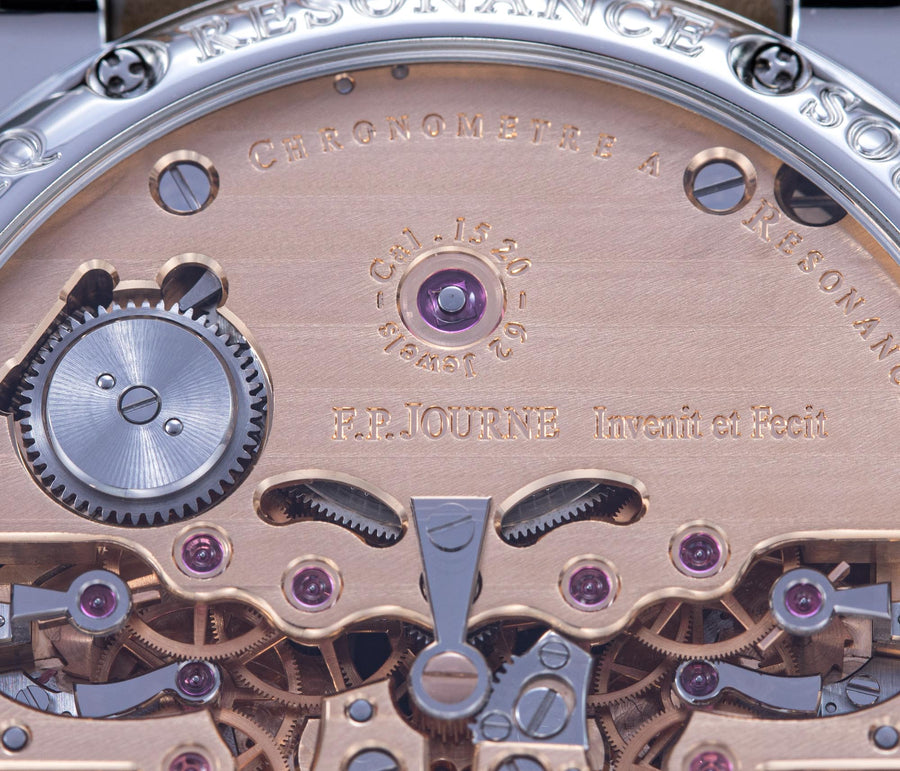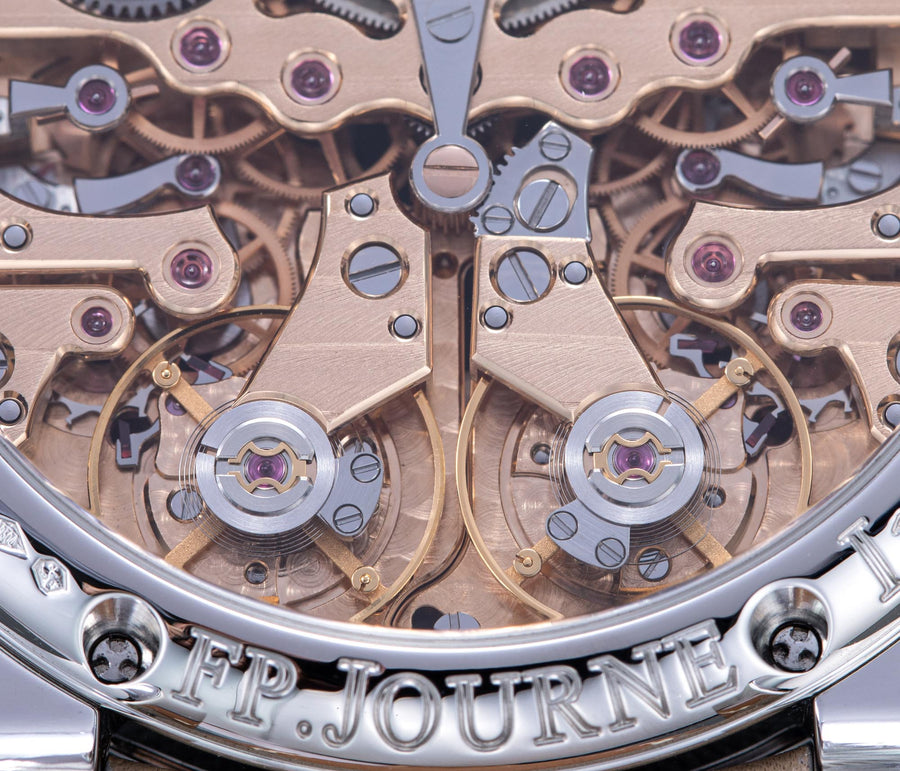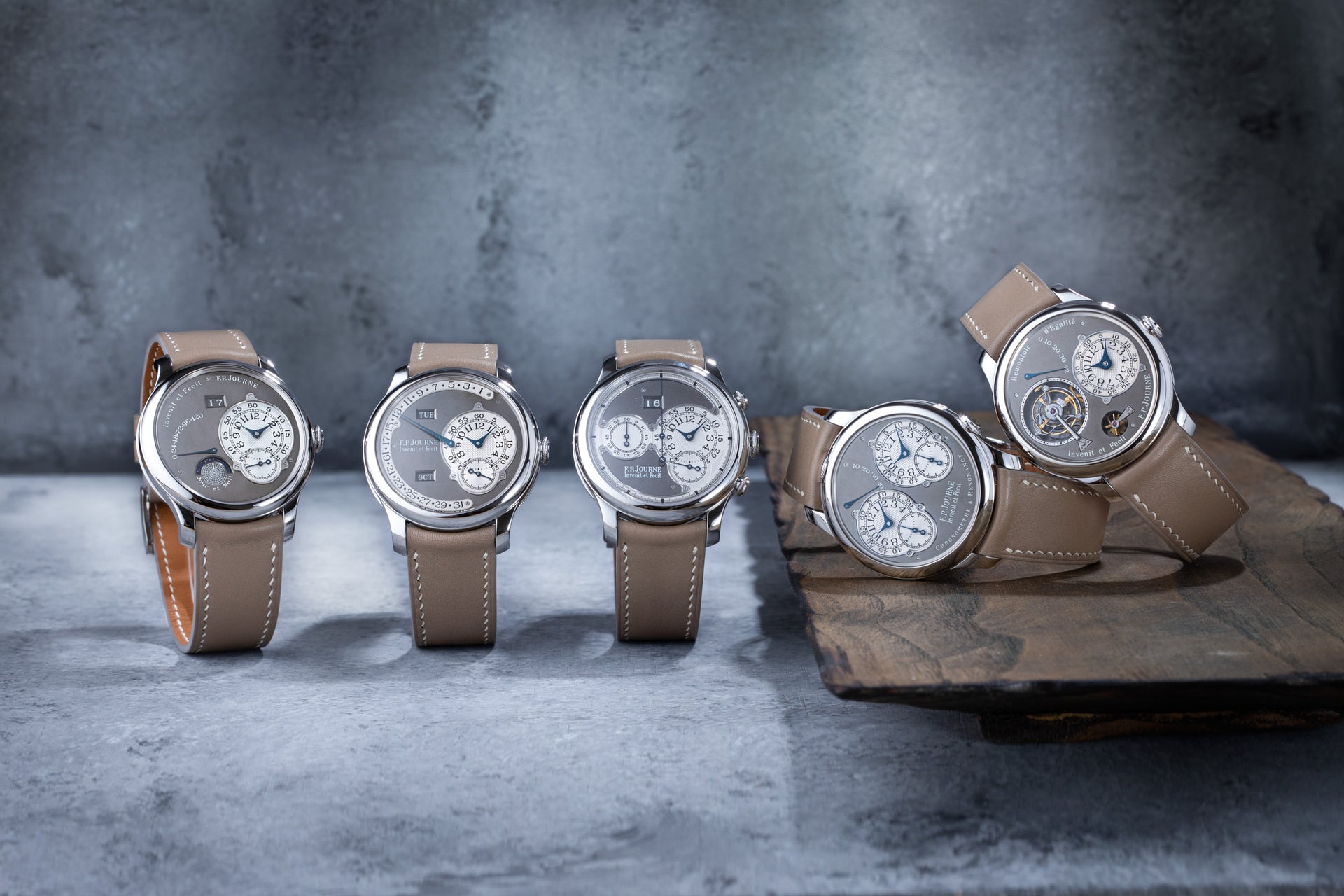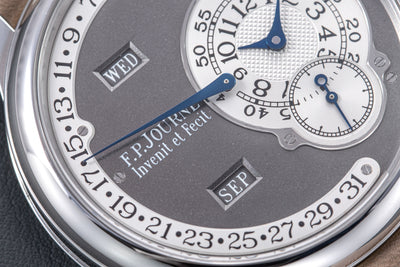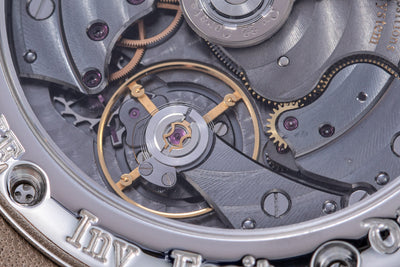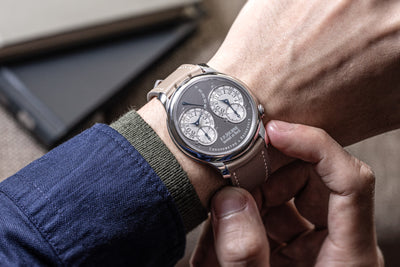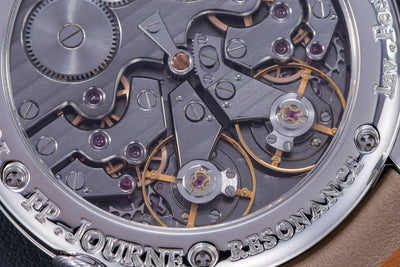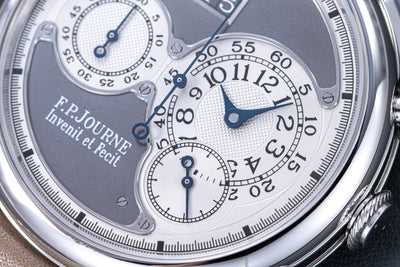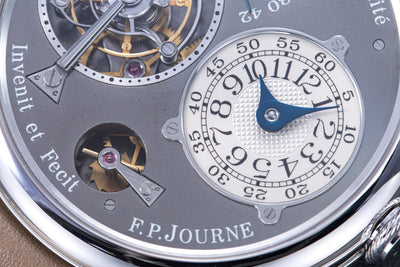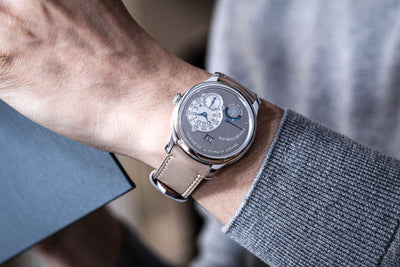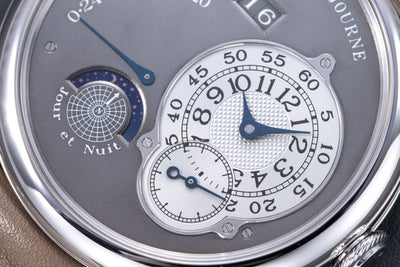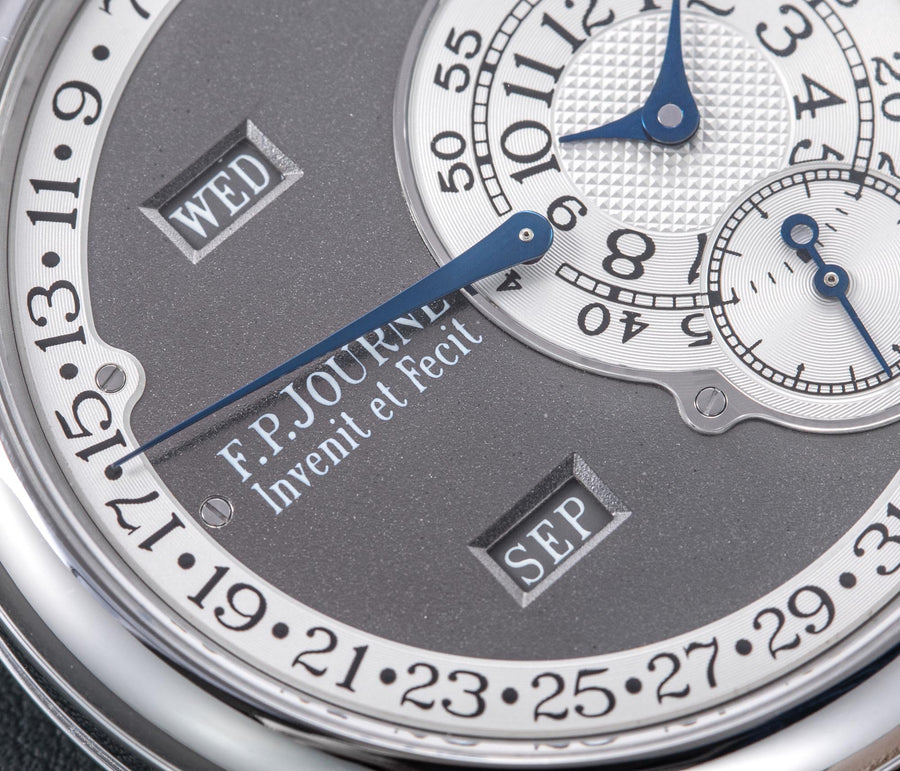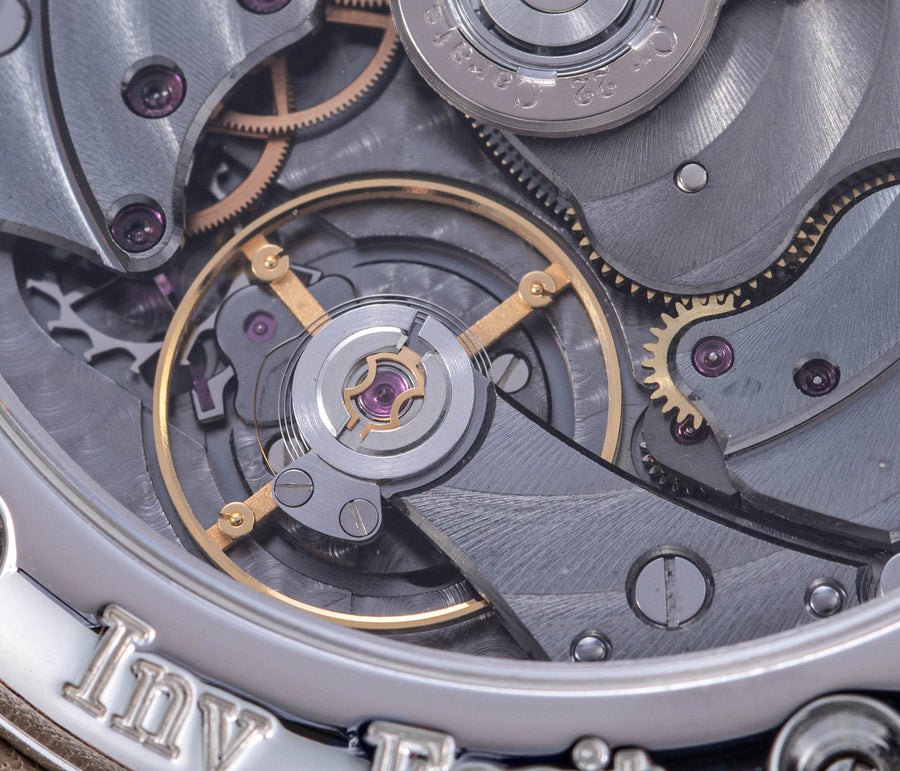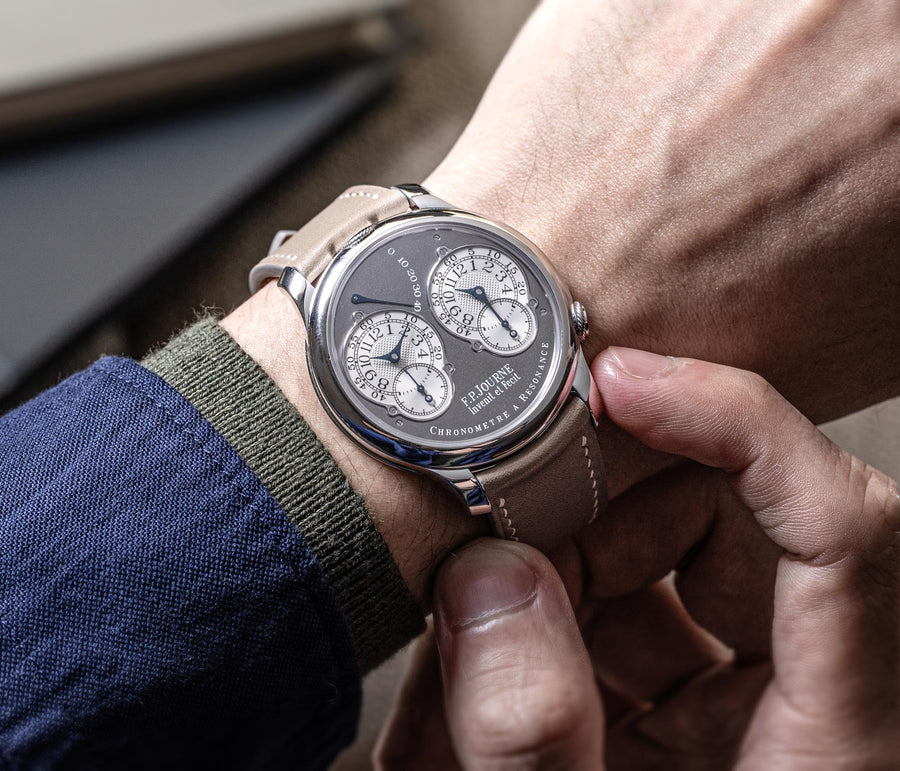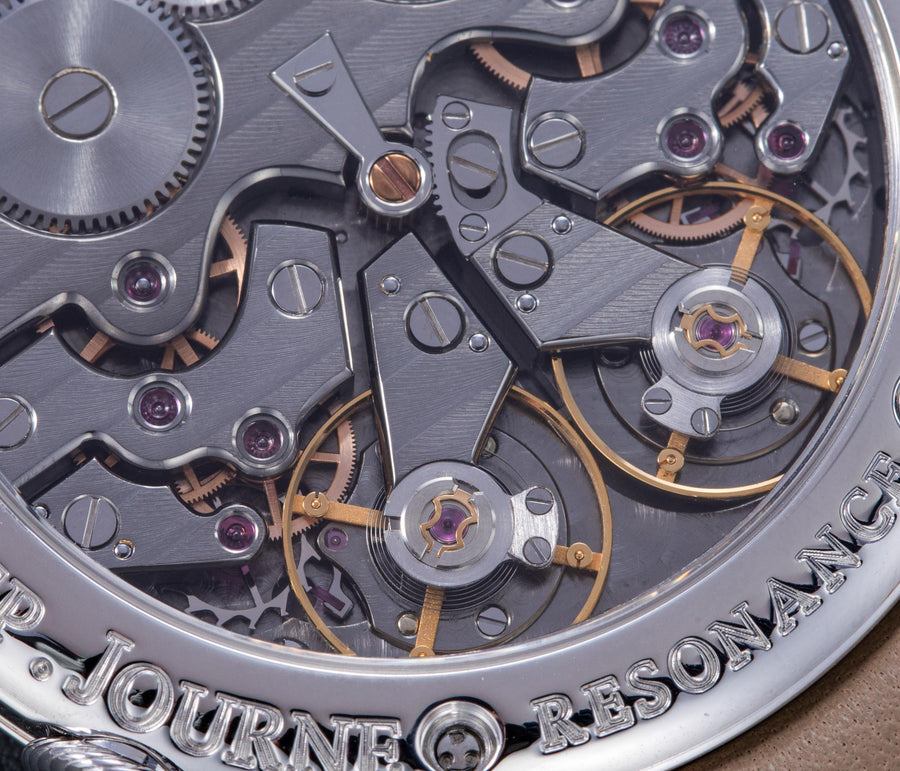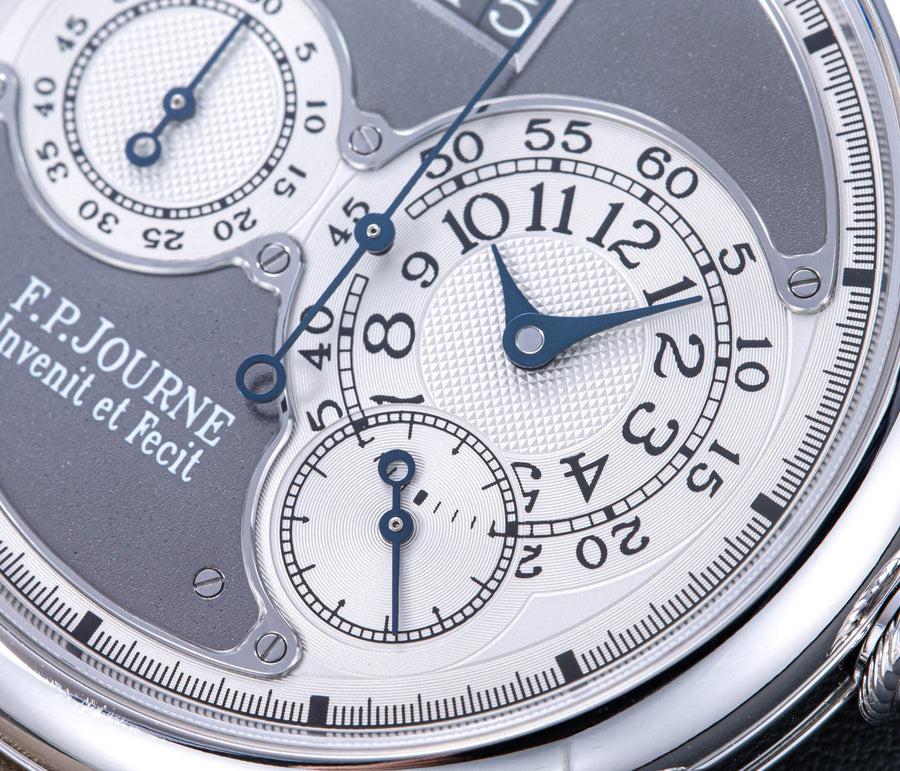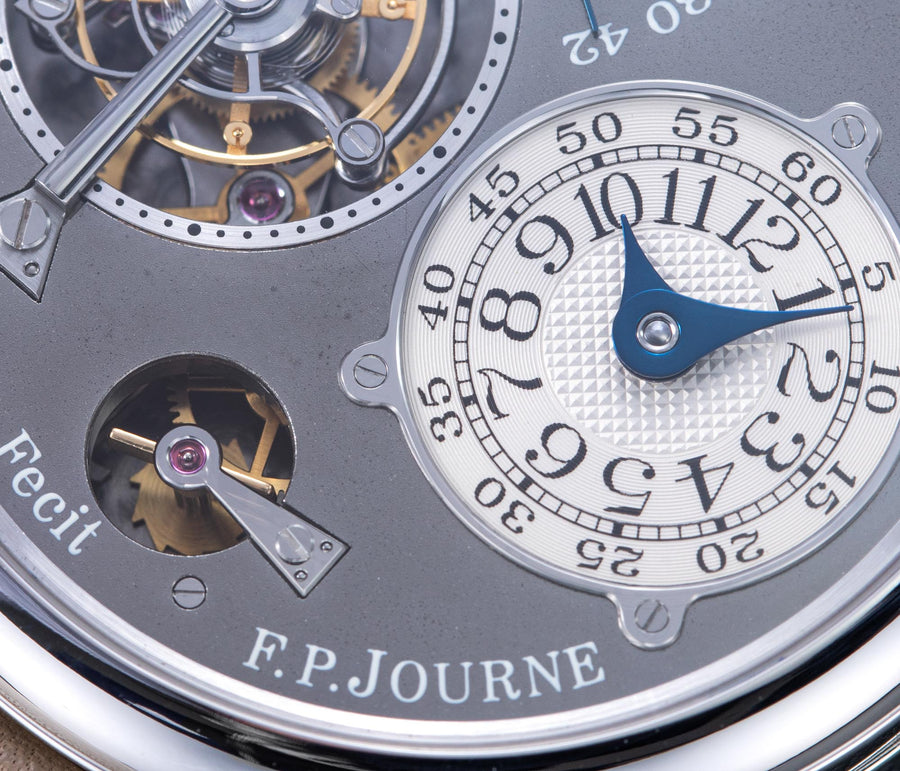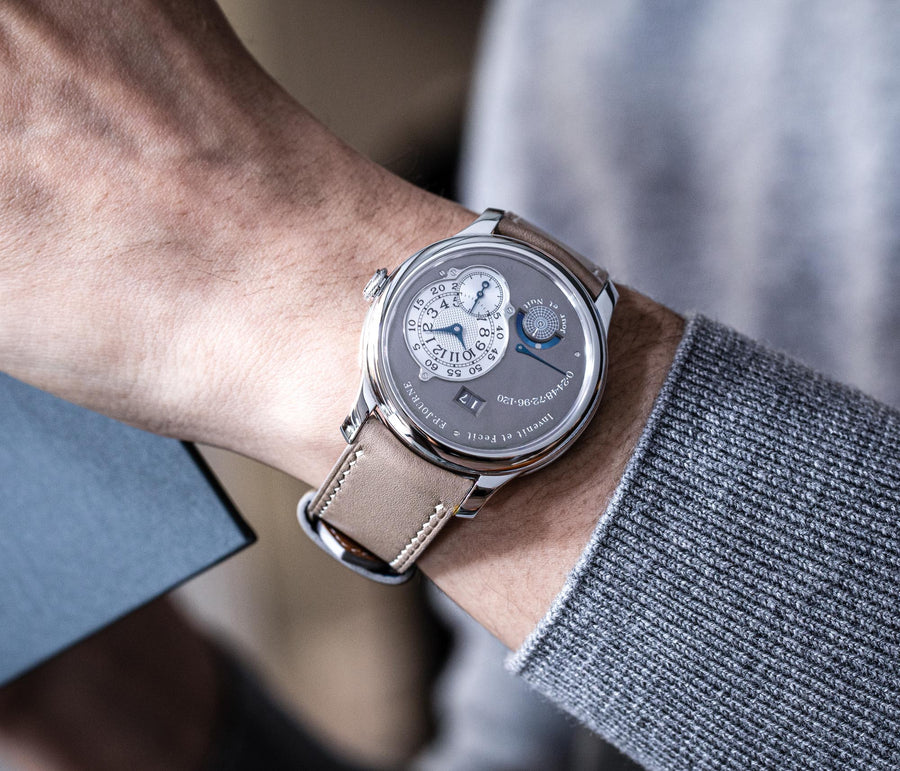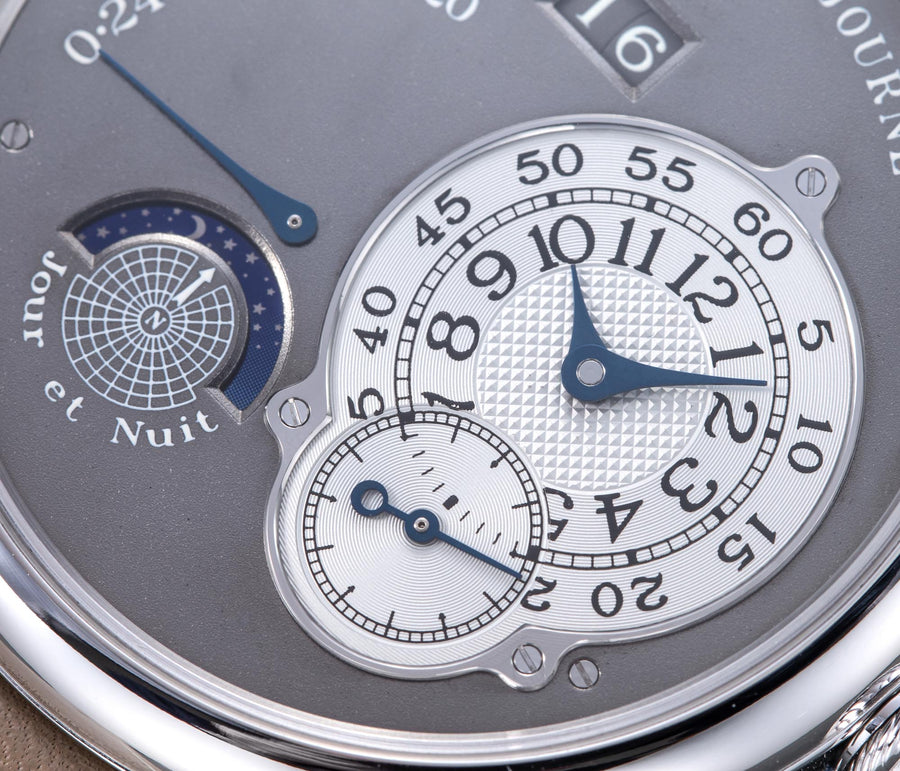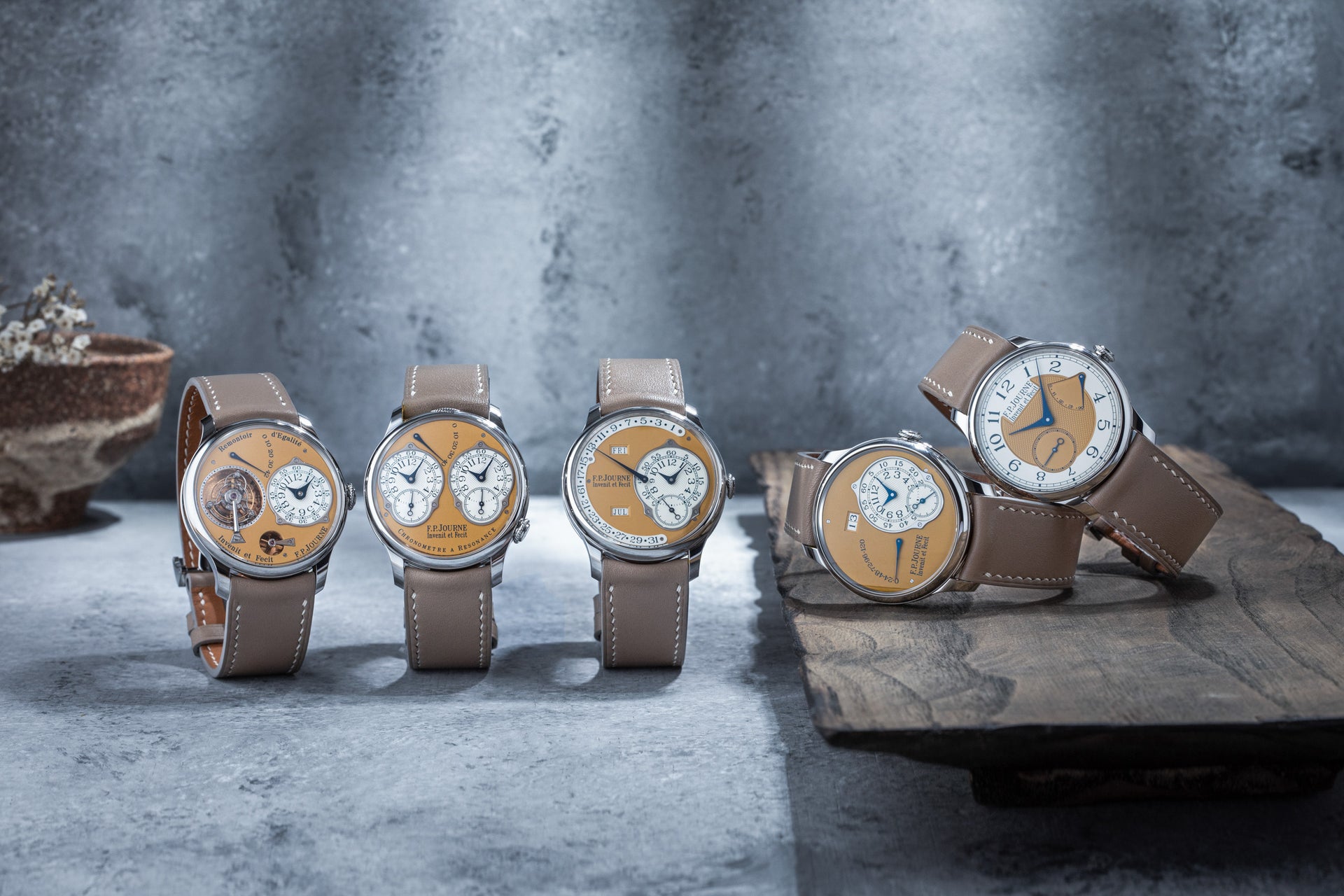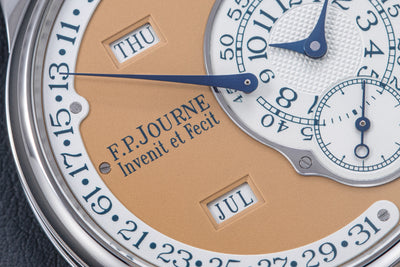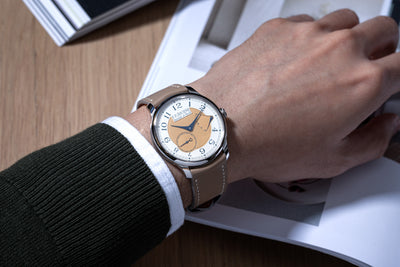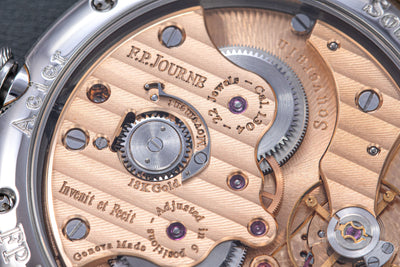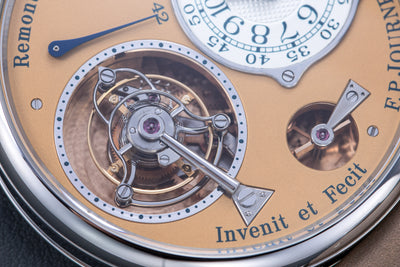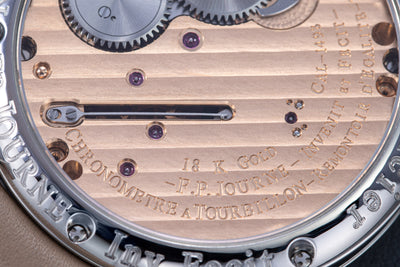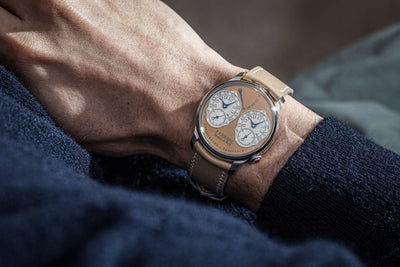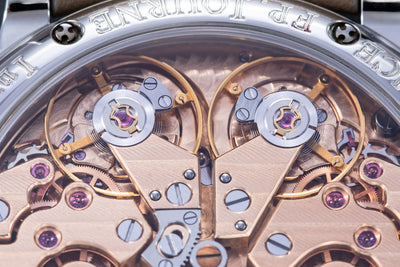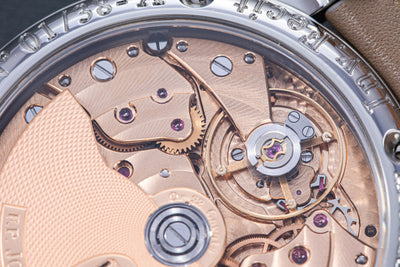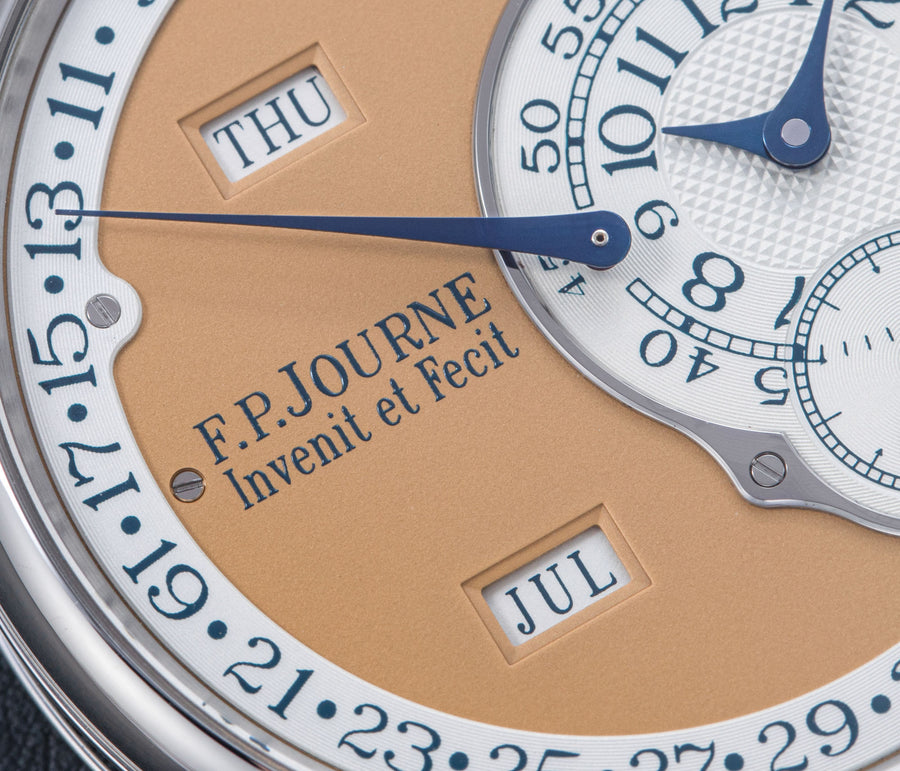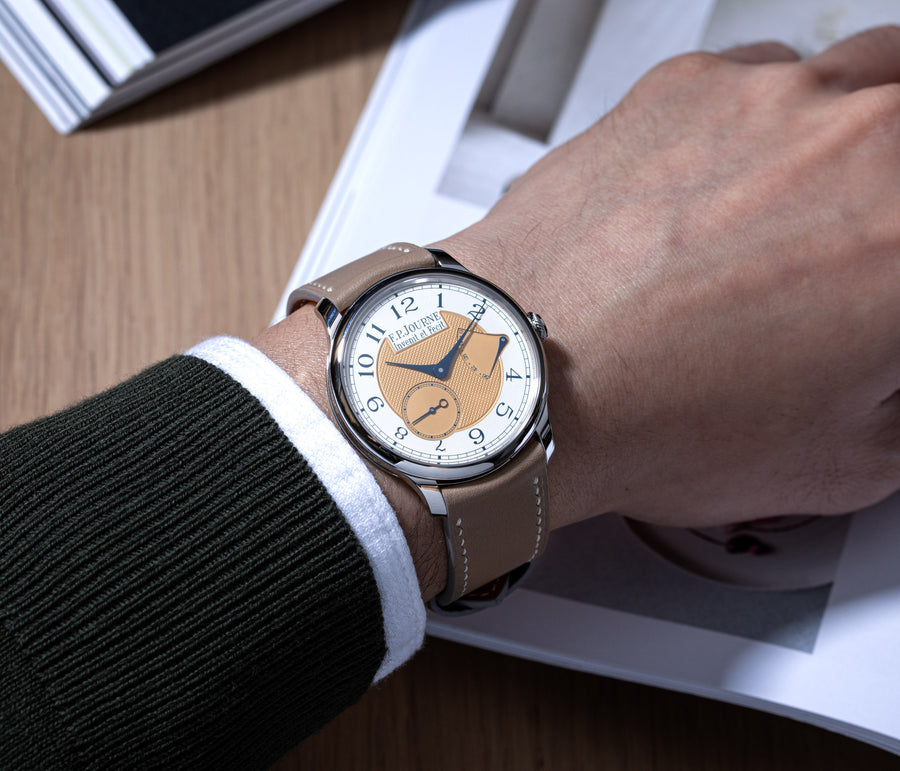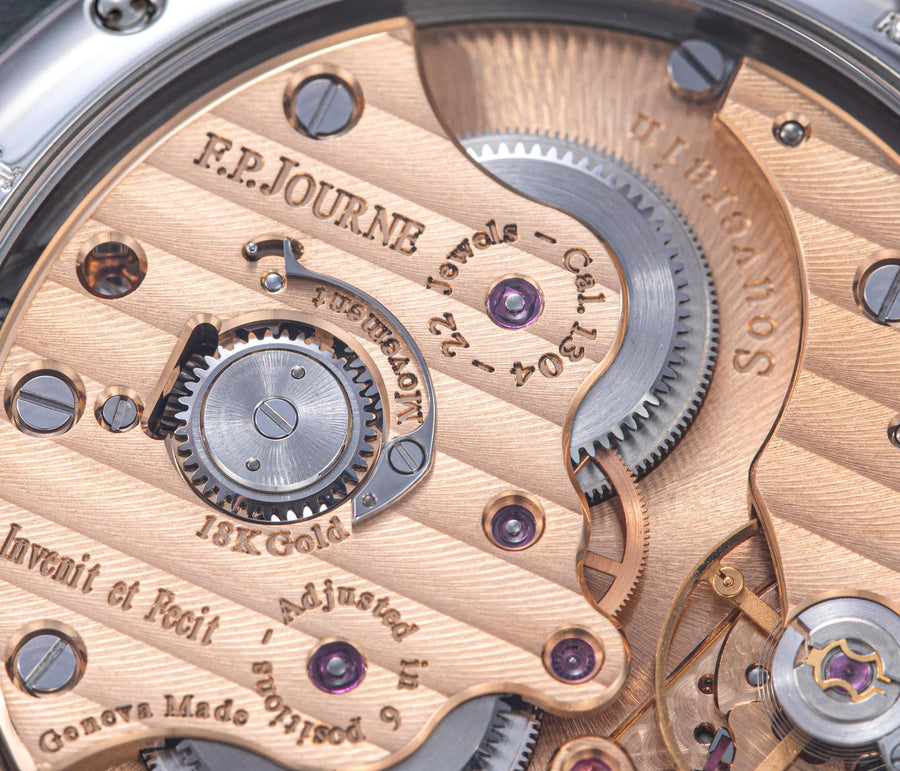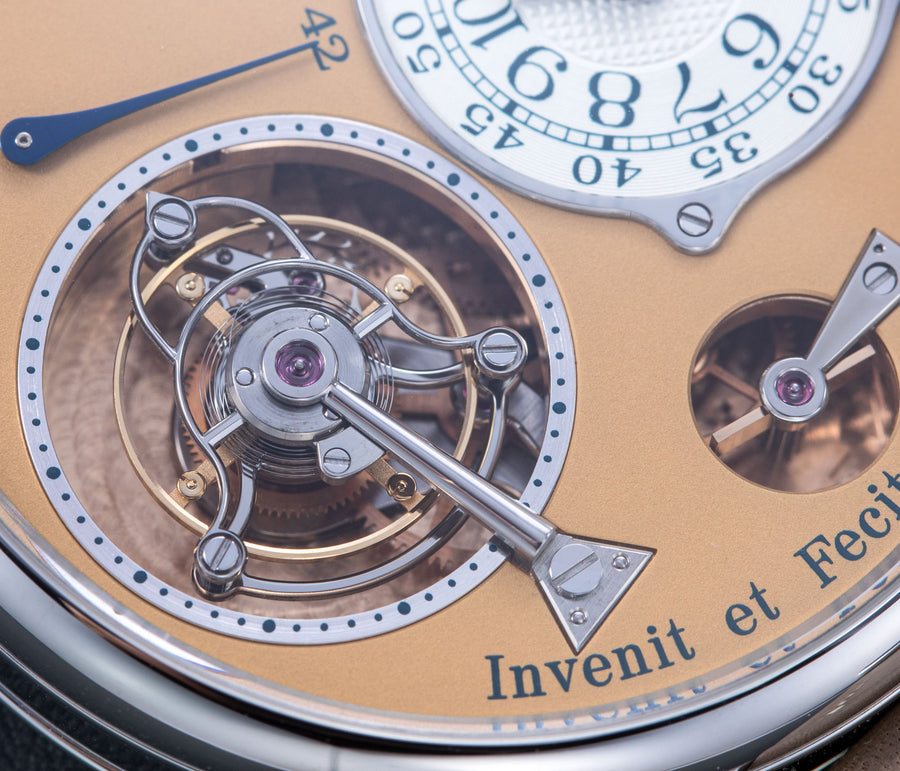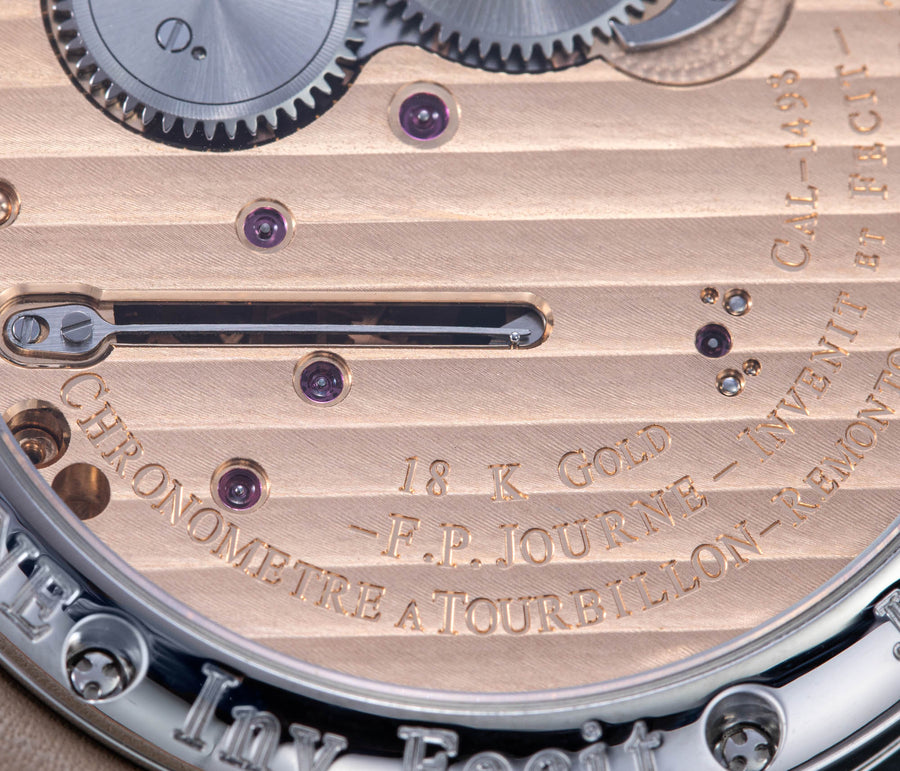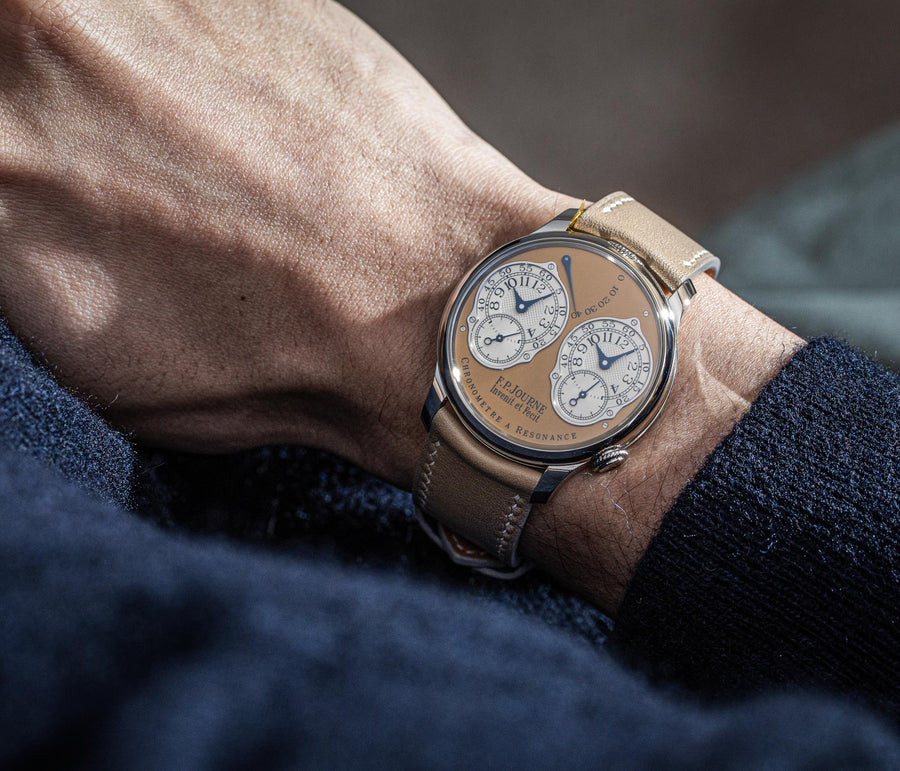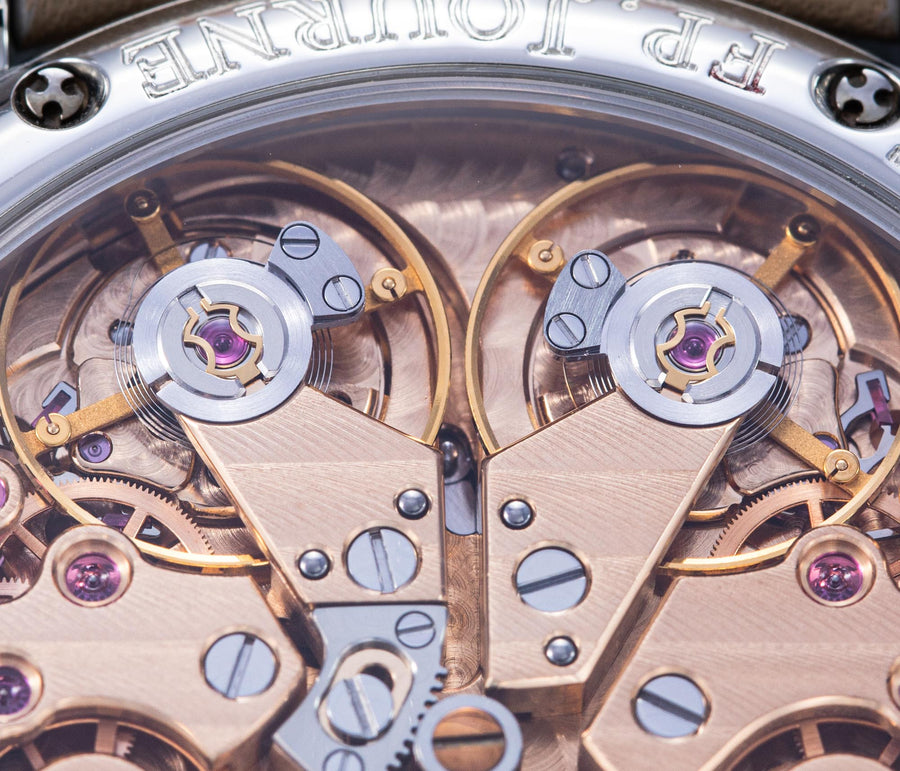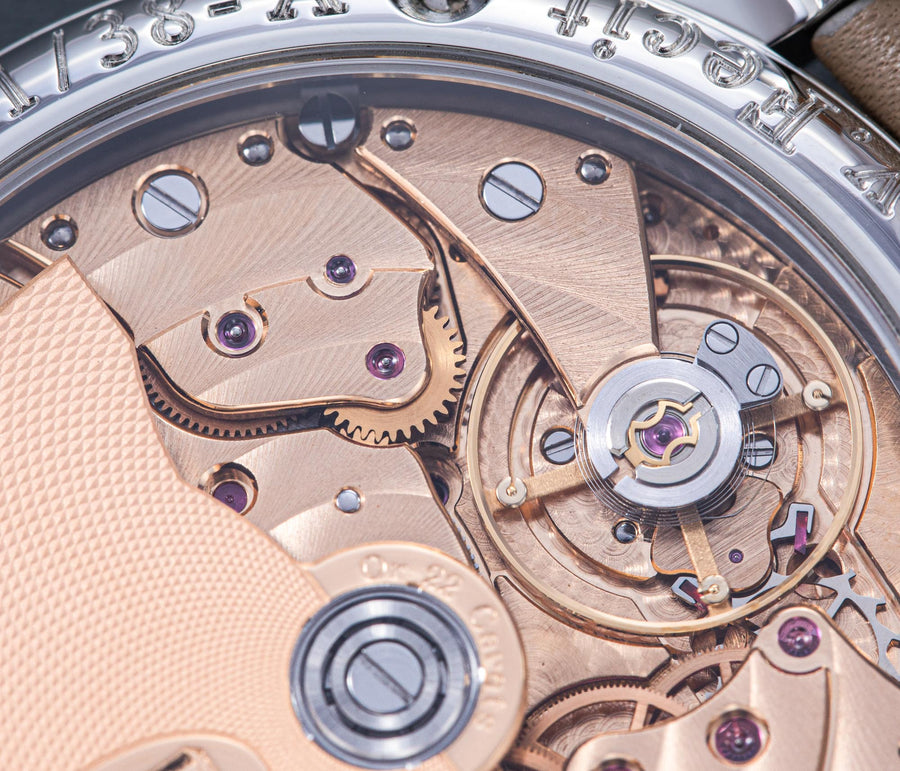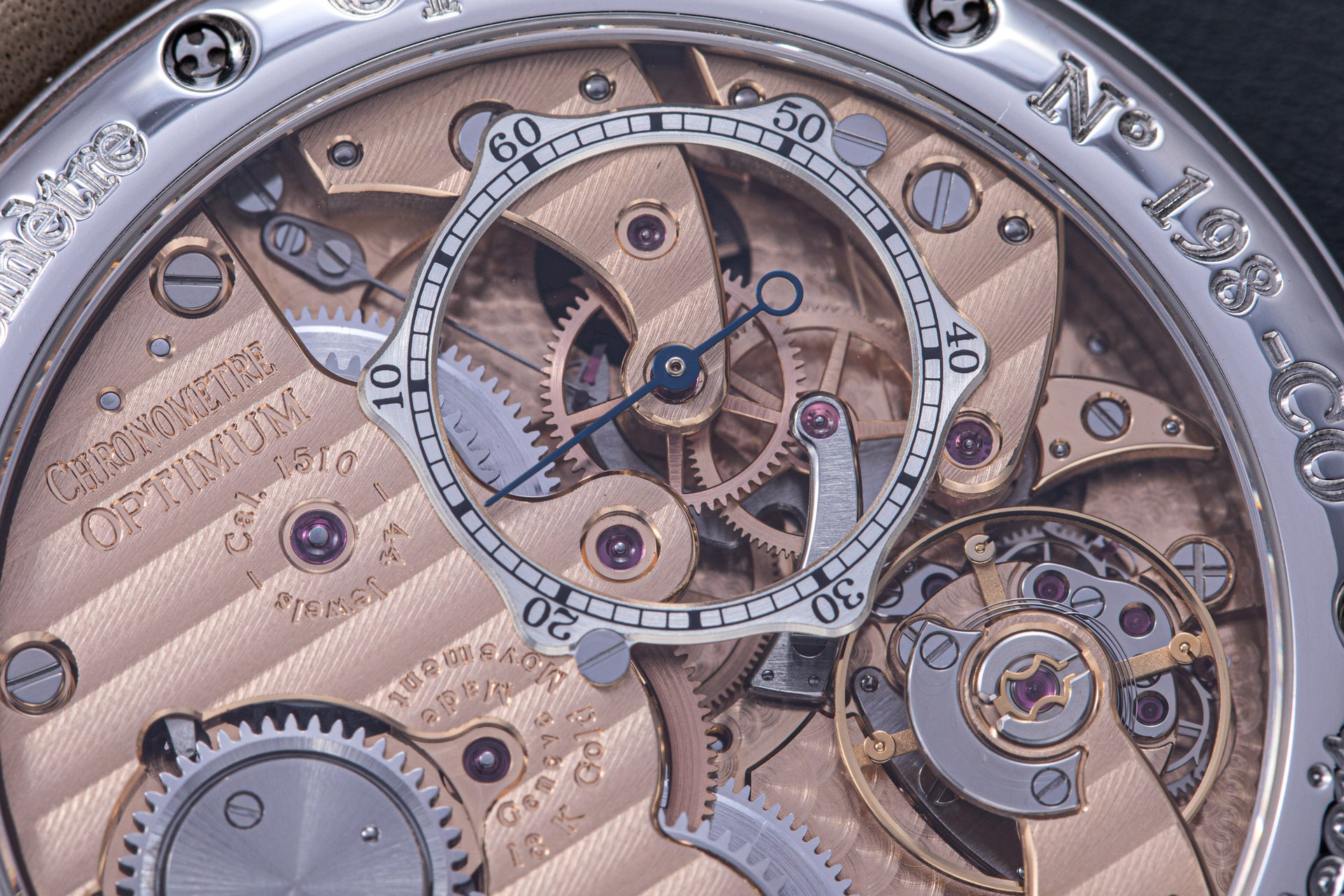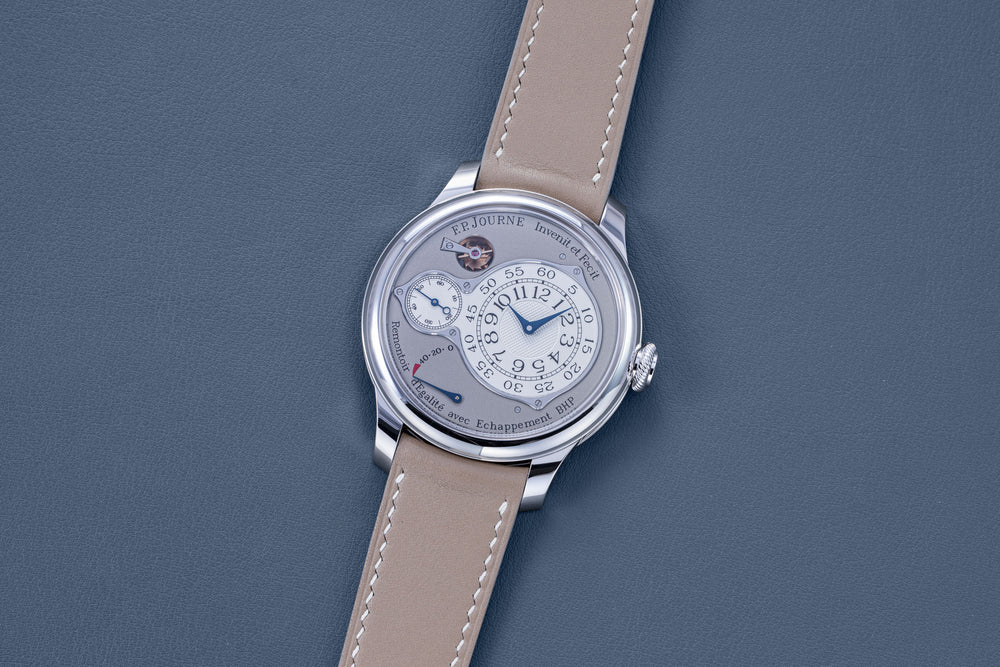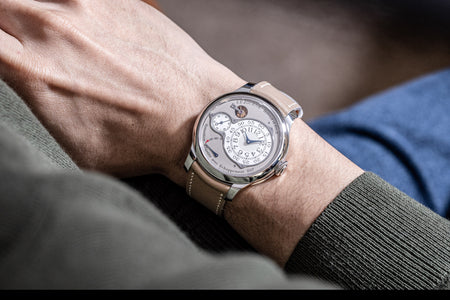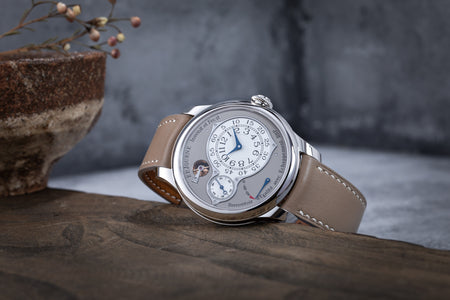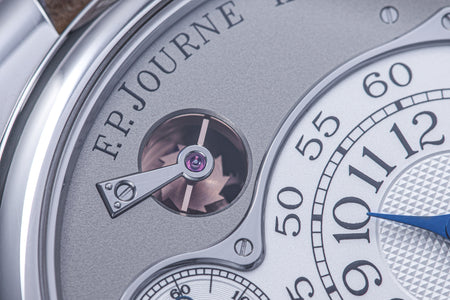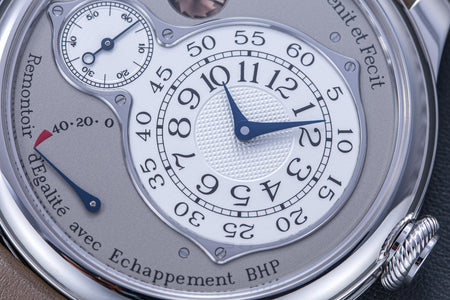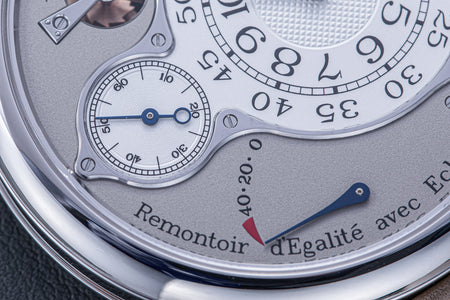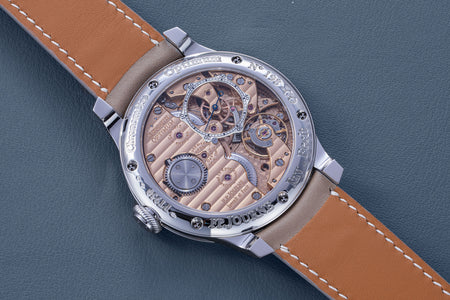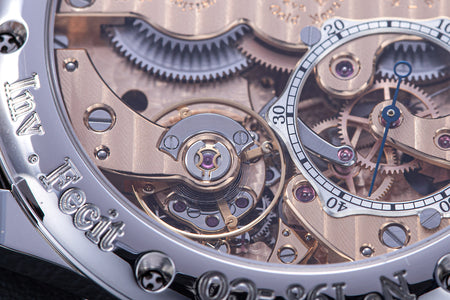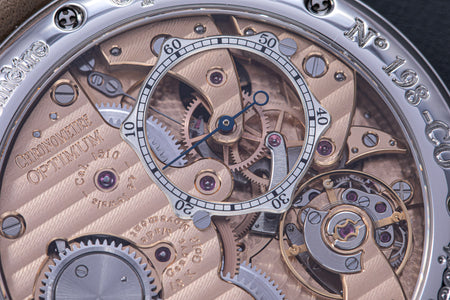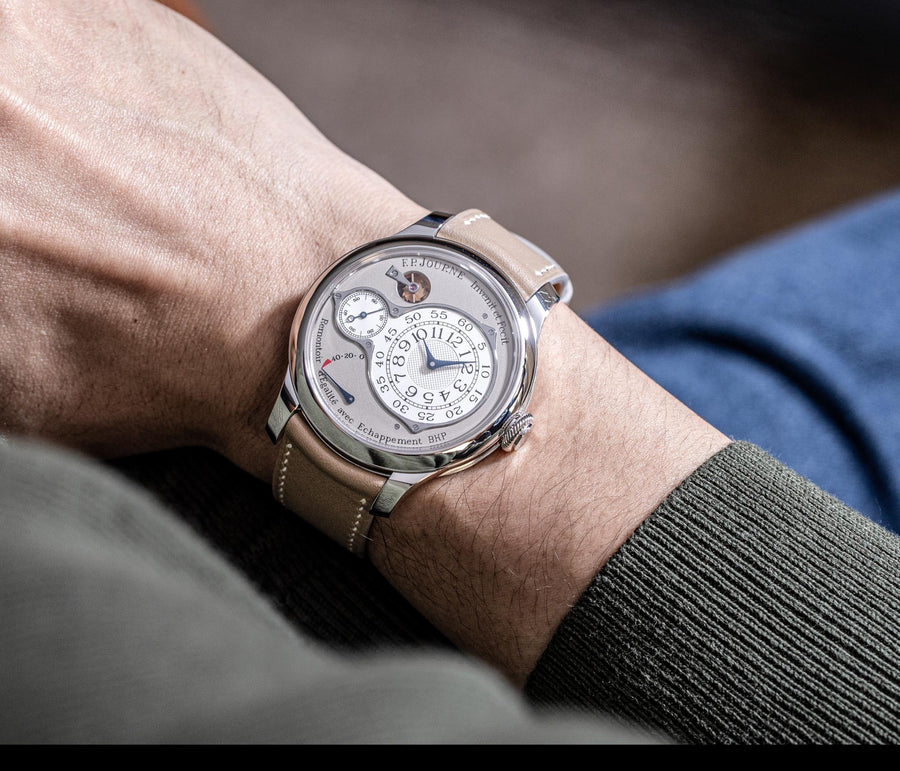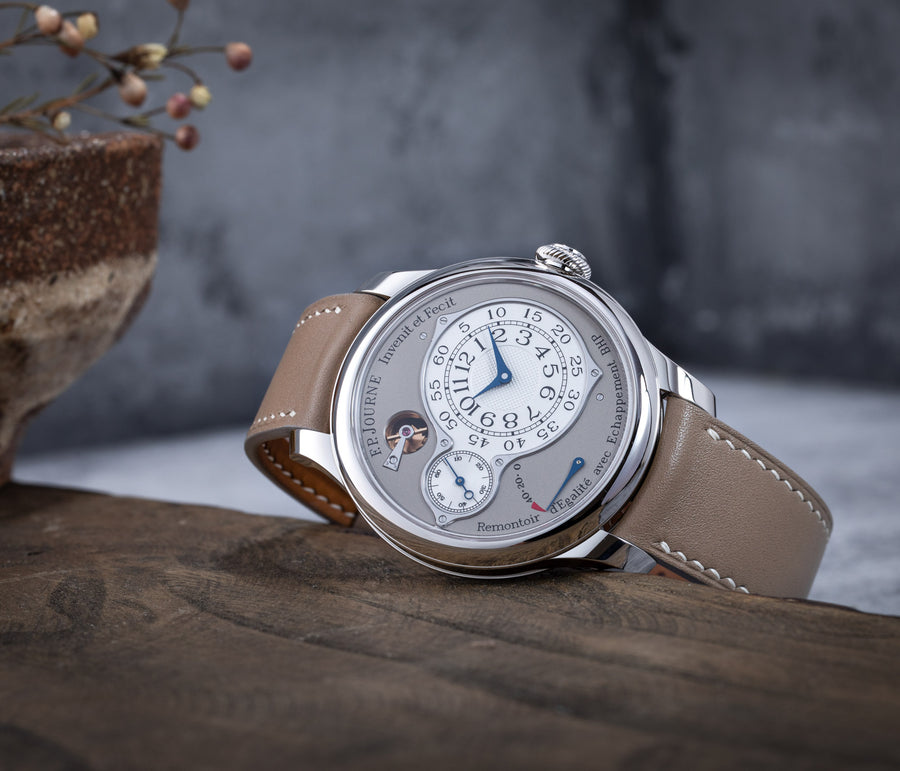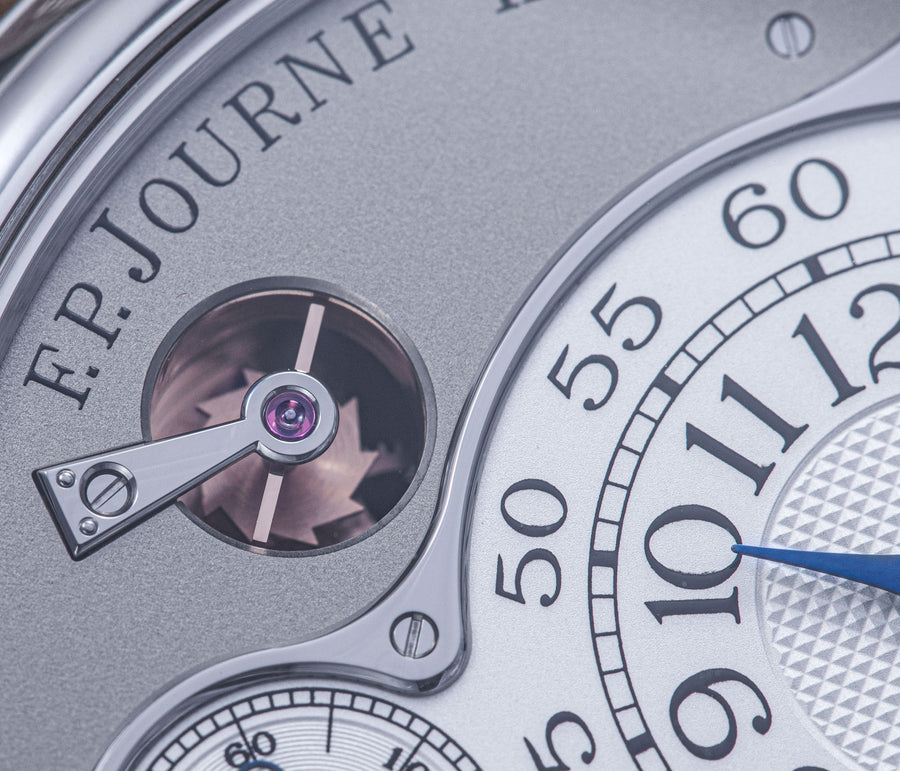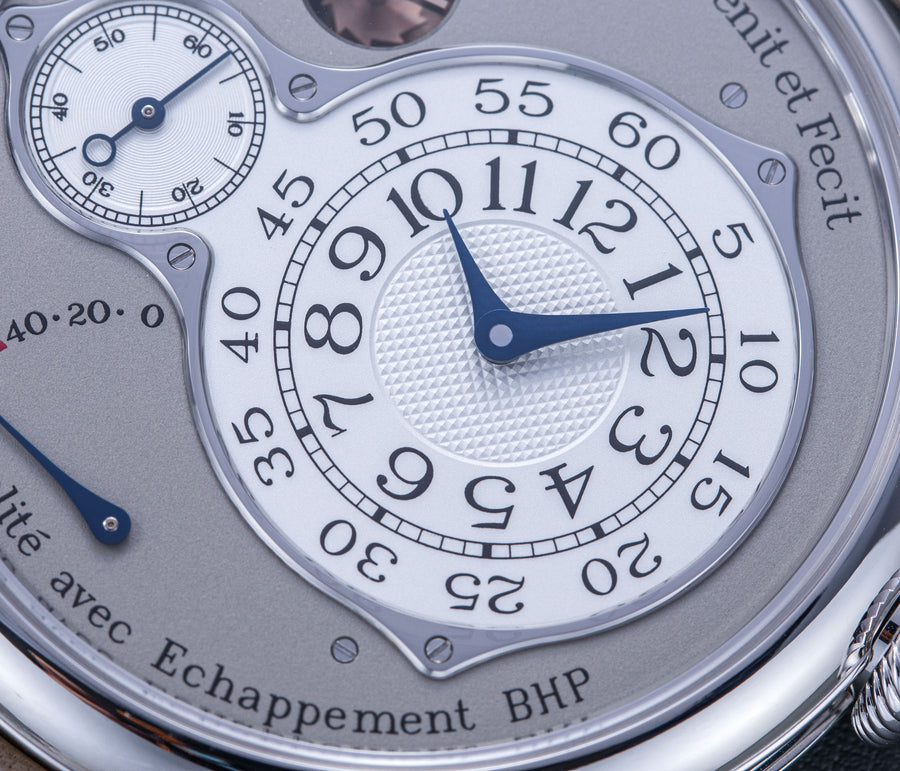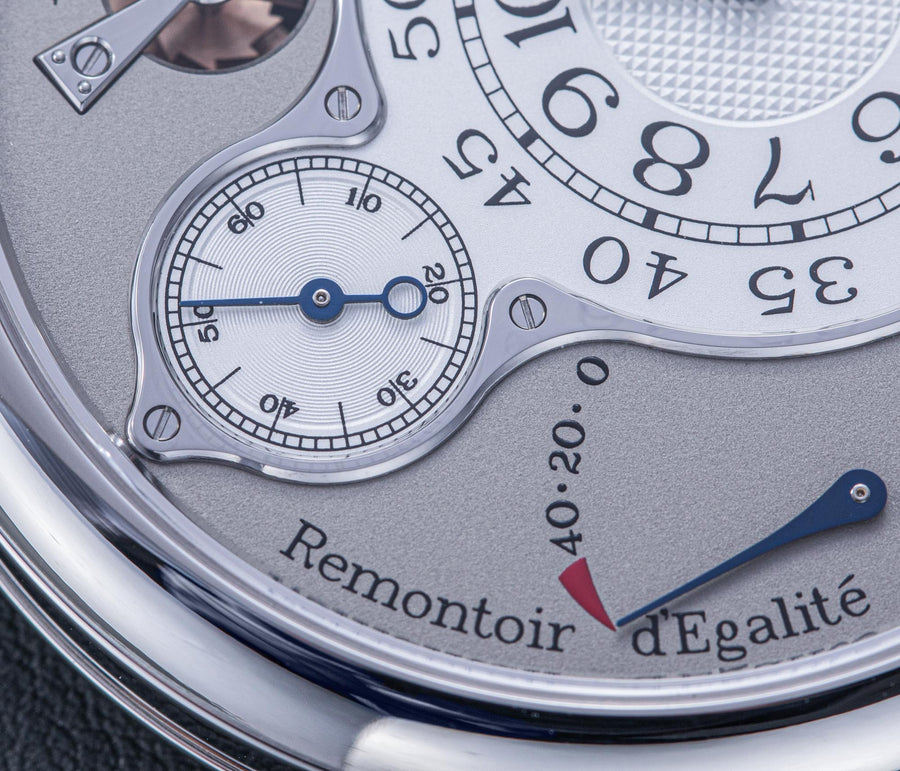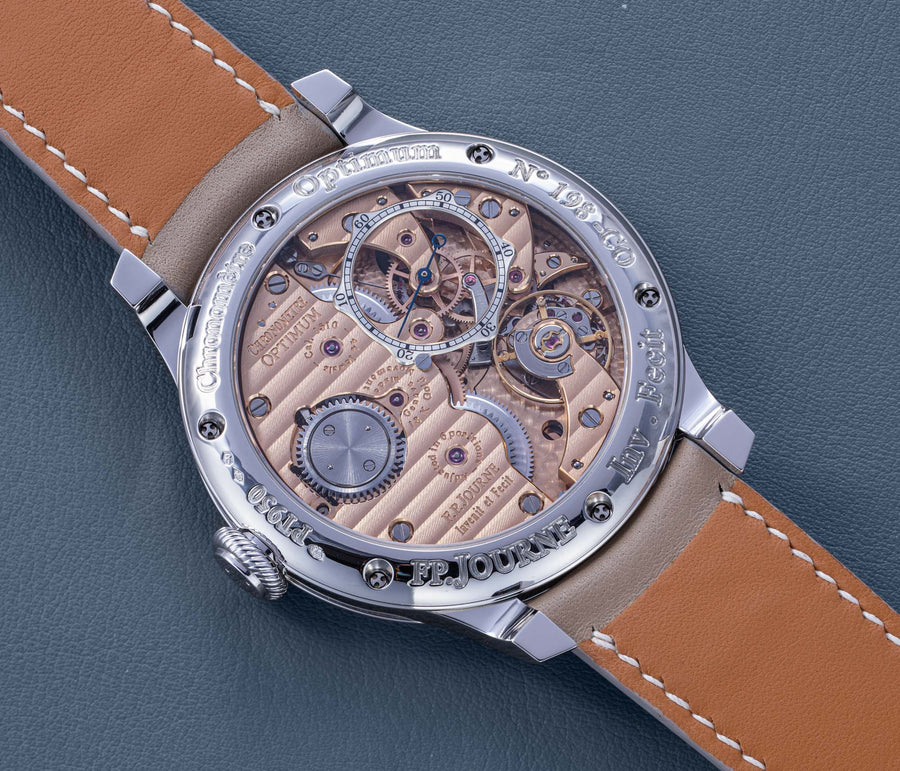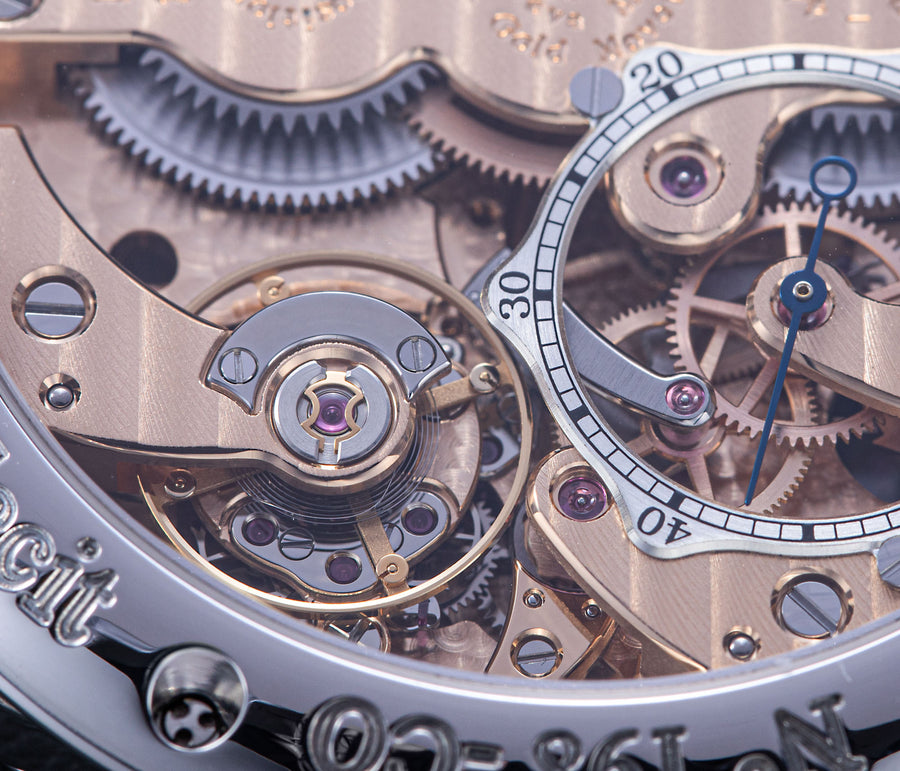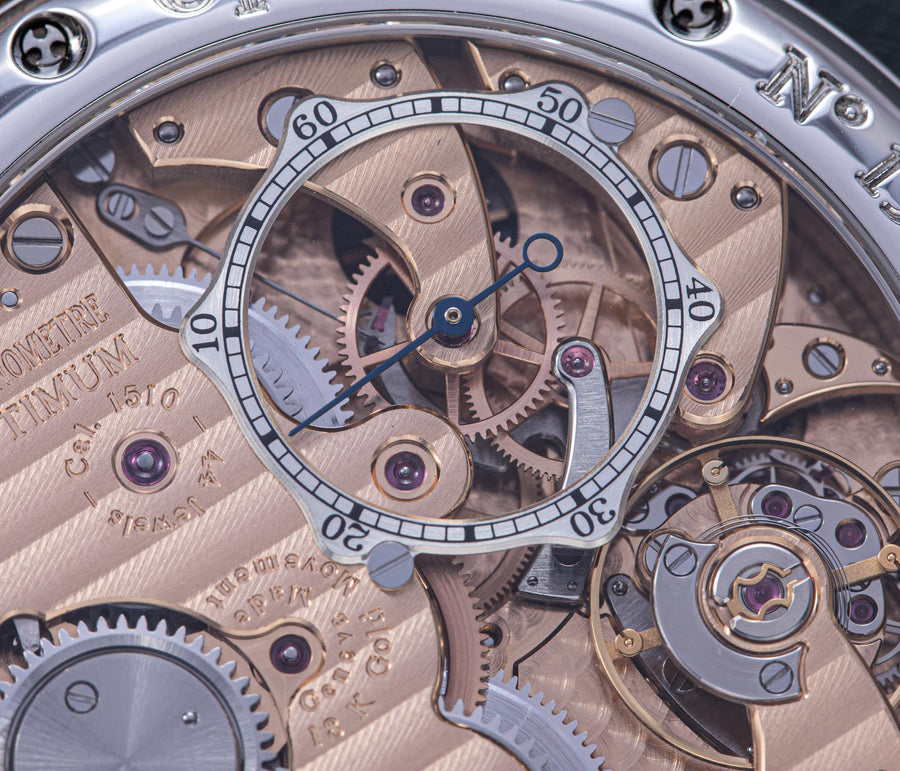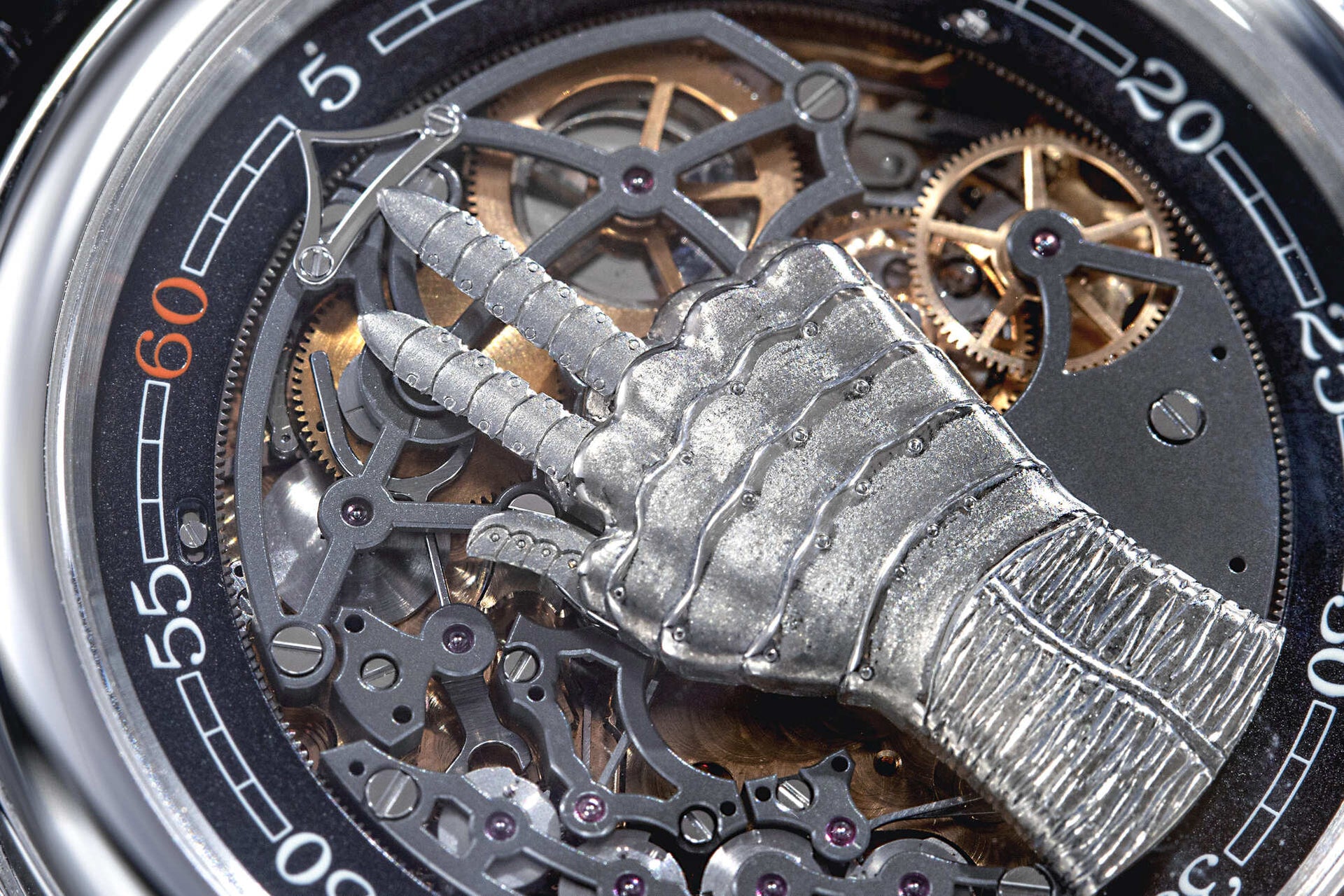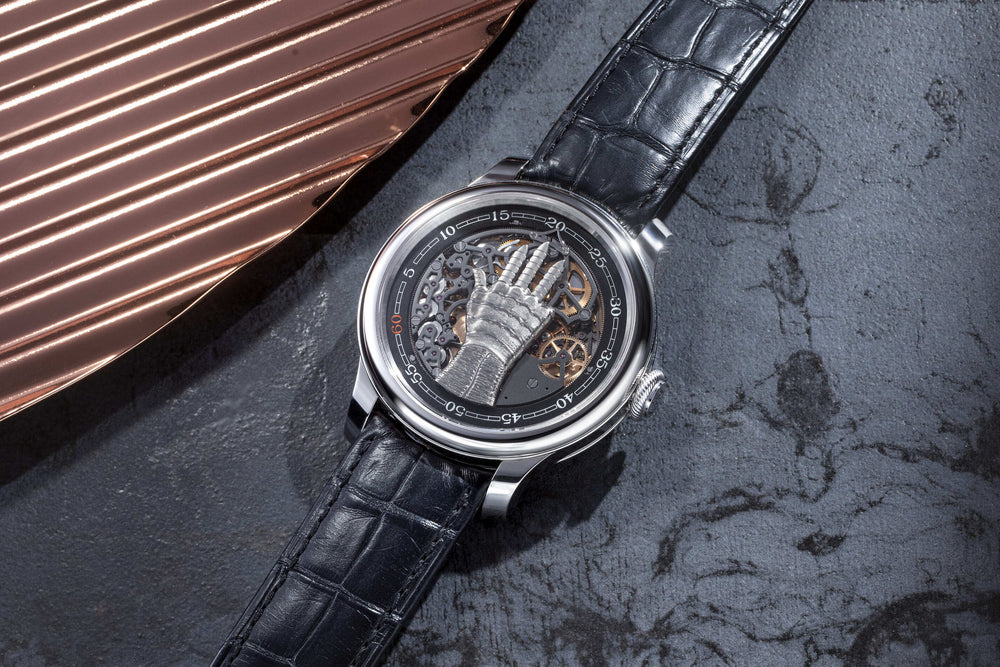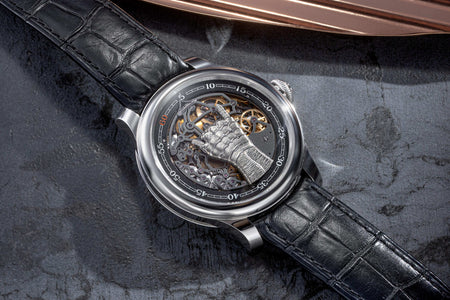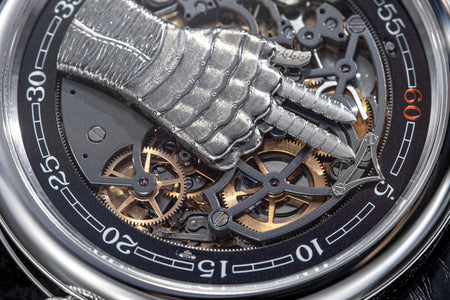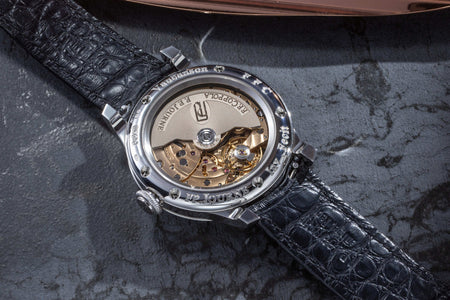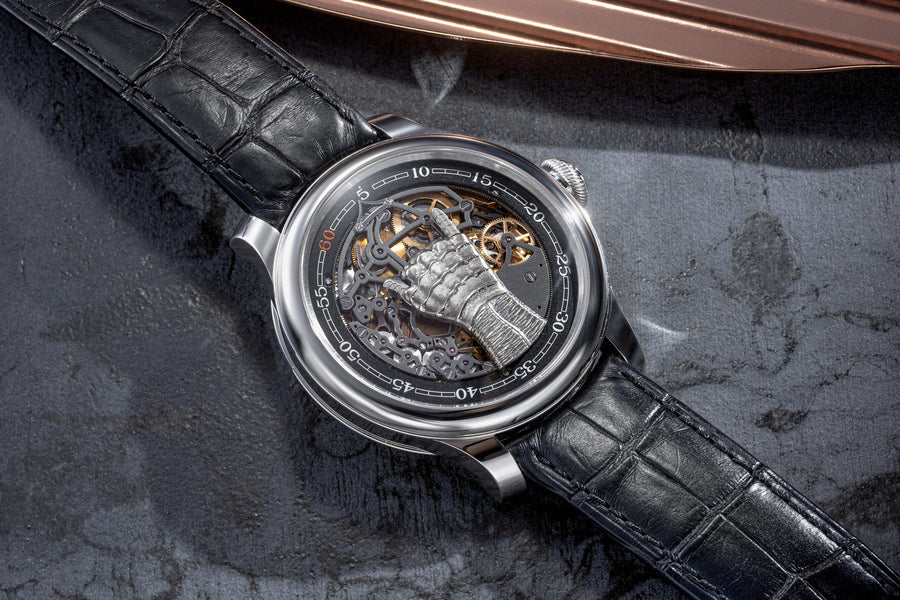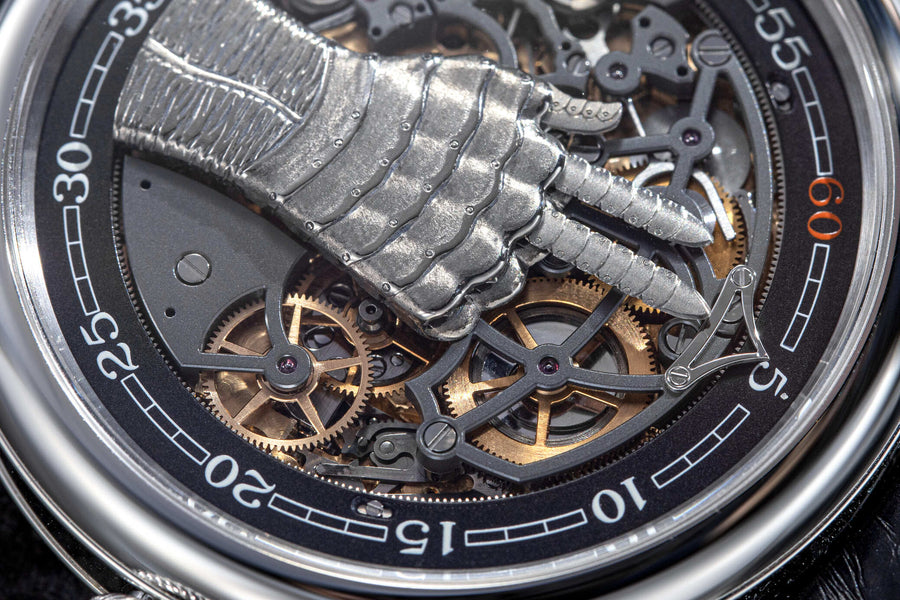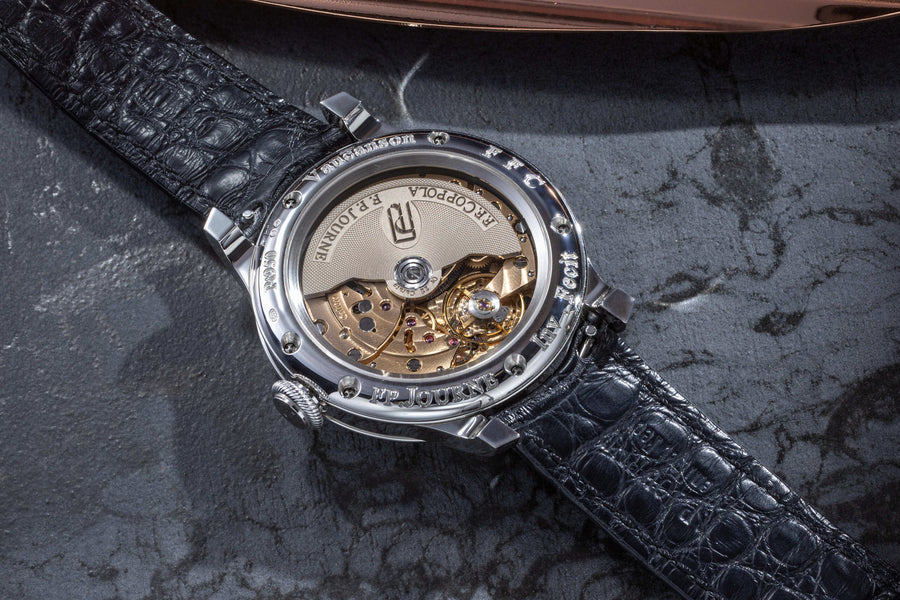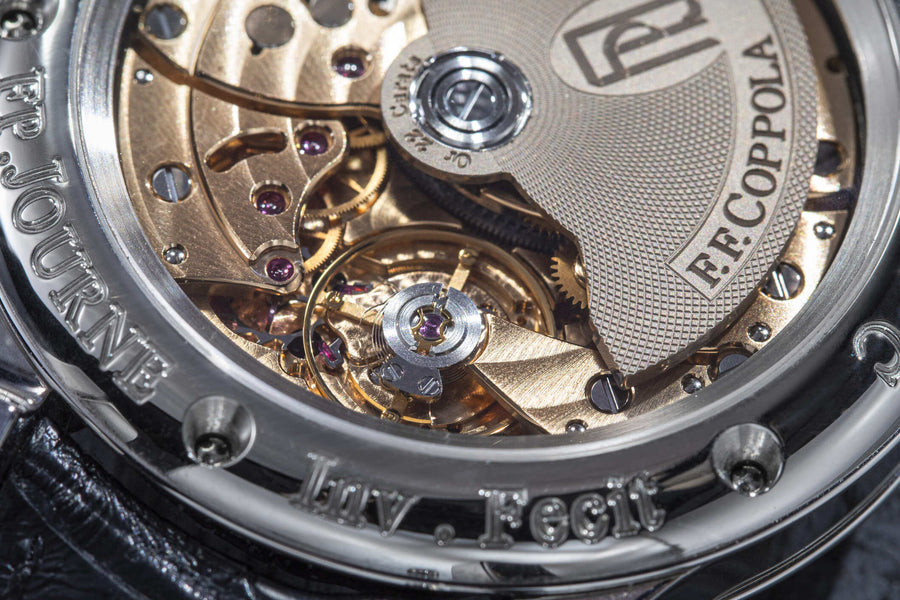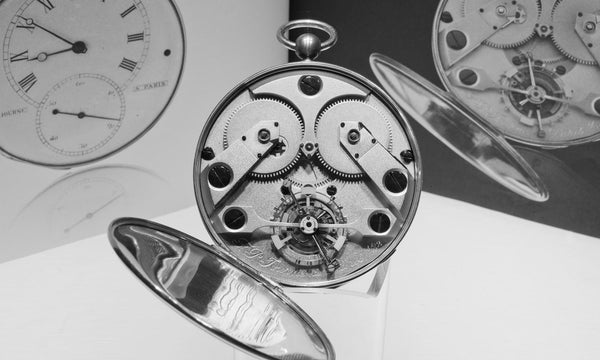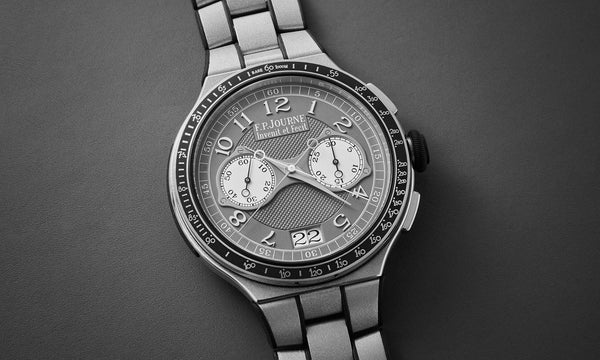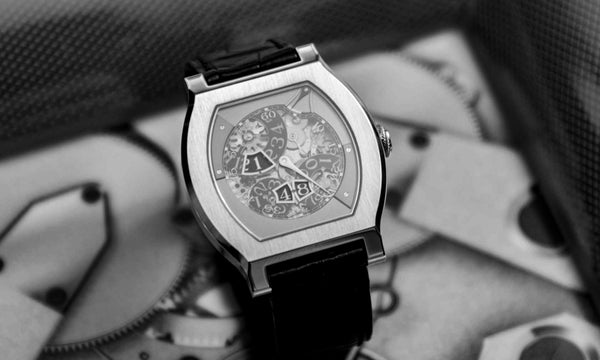"I compare myself to Enzo Ferrari because in my mind there are a lot of similarities between what Enzo did in the early 1960s and what I did in the early 1980s. From the beginning, Enzo produced his own chassis, his own engines, everything to complete the car. Today we have the same company structure as Ferrari in the 1960s."
Despite having lived some two centuries ago, Abraham-Louis Breguet (1747-1823) remains influential in 21st century artisanal watchmaking. Whilst the Chaumet Brothers from Paris were working on establishing the Swiss workshops of the modern Breguet, a young watchmaker who idolised the man - A.L. Breguet - was graduating from watchmaking school in Paris. Two years after his 1976 graduation, François-Paul Journe began work on his first tourbillon, taking the form of a pocket watch that was heavily influenced by Breguet’s style.
Journe spent his formative years apprenticing at his uncle - Michel Journe's antiquarian watch restoration workshop and his story only really begins when he moved to Switzerland in 1989 to establish Techniques Horlogères Appliquées (THA). Two of his fellow Frenchmen from Paris followed, Denis Flageollet, as well as Vianney Halter, who had urged Journe to provide him with the opportunity to join this complicated movement development incubator. Amongst the inaugural group at THA were Dominique Mouret, a talented watchmaker and restorer, as well as automaton specialists Nicolas Court and François Junod. Junod is a man whom Journe acknowledges as being one of the most gifted mechanical minds of his generation.
Journe would depart THA not long after. Two years on, he set up shop in Geneva where he built his first wristwatch, a tourbillon with a constant force mechanism that would eventually evolve into the Tourbillon Souverain of 1999, now one of his landmark creations.
1999
François-Paul Journe
Souscription Tourbillon #10/20
Perhaps one of the most iconic and important of F.P.Journe wristwatches, the Souscription Tourbillon was produced in a series of 20 watches. Journe sold them by “subscription” in 1999 – collectors had to put down a deposit for future delivery thereby giving Journe the capital to start his own brand. It was equipped with a hand-wound movement featuring a tourbillon as well as a remontoir d’égalité constant-force mechanism - both considered novel complications for a wristwatch during the period. Though this watch is technically similar to later Tourbillon Souverains, the Souscription Tourbillon, as well as the other tourbillons Journe produced in 1999 has several distinguishing features, including the grainy, shiny dial that Journe finished by hand himself.
2019
François-Paul Journe
Tourbillon Souverain for The Hour Glass
An example of one of the last Tourbillon Souverains produced, this execution reflects the evolution of the F.P.Journe 's brand from its founding in 1999. Though the mechanics are fundamentally identical to that in the Tourbillon Souscription of 1999, the Tourbillon Souverain has a greater degree of refinement in its finish and materials, illustrating the strides the brand has made in developing its own production capability. While the Souscription Tourbillon had its bridges and plates made of brass, this has them in solid red gold. And instead of brass as the dial, this platinum 40 mm example has Chinese Oracle Bone Script on an Adventurine stone dial produced in the dial factory Cadraniers de Genève owned by F.P.Journe since 2016.
2019
François-Paul Journe
Tourbillon Souverain Vertical Calibre 1519
Presented in 2019 for the 20th anniversary of his tourbillon, the Tourbillon Vertical refines the concept of the original. This features a 30-second tourbillon – meaning it rotates at twice the speed of a conventional tourbillon - with the balance wheel positioned perpendicular to the plane of the dial. The rationale behind the unorthodox construction is simple: because a wristwatch spends most of its life off the owner’s wrist – either flat on its back or on its side – the balance wheel will be vertical most of the time, ensuring the tourbillon carriage can carry out the original purpose of averaging out gravity-induced errors in timekeeping.
2013
François-Paul Journe
Tourbillon T30
Presented in 2013 for the 30th anniversary of the first watch made by Journe, the T30 is essentially a wristwatch version of the 1983 original. It replicates the dial and movement layout of the original – reproducing the Breguet-inspired style - while also having a case made of sterling silver and rose gold, an uncommon combination in modern watchmaking.
The trio of watches featured below are essentially bookends of the Chronomètre à Résonance lineage – the 38 mm wristwatch is a “pre-subscription” example, part of a small number produced by Journe sometime in 1999 or 2000. And the two in larger cases are the examples of the second-generation Résonance movement, which has been upgraded to incorporate twin constant-force mechanisms for each balance wheel.
2000
François-Paul Journe
Chronomètre à Résonance
Launched shortly after the 1999 Tourbillon Souscription, the Chronomètre à Résonance is perhaps Journe’s most ingenious wristwatch. Inspired by Antide Janvier's 19th century double-pendulum clocks that were built to function on the principles of resonance, the movement has twin balance wheels that beat in sync, relying on the air within the case and the movement bridges to transmit the subtle vibrations that allow them to operate in resonance.
2020
François-Paul Journe
Chronomètre à Résonance Rose Gold
The new Chronomètre à Résonance has only one single barrel spring to provide power to the two movements. A differential placed on the first wheel, visible in the centre of the dial, transmits the energy of the barrel spring towards the two independent secondary gear trains. Each secondary gear train is equipped with a remontoir d’égalité of a frequency of 1 second. Working in such a way, the force received by the escapements remains linear and assures isochronism throughout 28 hours.
2020
François-Paul Journe
Chronomètre à Résonance Platinum
The Chronomètre à Résonance features a redesigned case with a crown now placed at 2 o’clock easing the winding of the watch in position 0 and the time setting in position 2, clockwise for the left dial and anti-clockwise for the right dial. The pulling of the crown at 4 o’clock simultaneously resets both seconds.
To commemorate the transition from brass to solid red gold as the alloy of choice for its movement plates, F.P.Journe created the Ruthenium series, which was produced from 2001 to 2003. Made up of five models - each limited to 99 watches and sold individually - these had their dials and movement plates coated in ruthenium, resulting in a dark grey finish.
Pictured below, from left to right: Ruthenium Series Octa Jour et Nuit, Ruthenium Series Octa Calendrier, Ruthenium Series Octa Chronograph, Ruthenium Series Chronomètre à Résonance & Ruthenium Series Tourbillon Souverain
Like the Ruthenium set, the Coffret 38 mm was a limited edition to mark a significant event in the firm’s history, in this case the phasing out of the 38 mm case in 2015. Sold only as a set of five in a coffret, or box, the watches of the edition combined a solid-gold movement with a steel case, while using an unusual mustard-colour for the dials, a twist on the traditional yellow gold dial finish of F.P.Journe.
Though the size with which Journe made his debut, changing tastes had made the 40 mm and 42 mm cases more popular. At the same time, the larger cases allowed for bigger displays on the dial, resulting in watches like the Quantième Perpétuel, which has a far more legible calendar display than its predecessor.
Pictured below from left to right: 38mm Steel Set Tourbillon Souverain, 38mm Steel Set Chronomètre à Résonance, 38mm Steel Set Octa Calendrier, 38mm Steel Set Octa Automatique, 38mm Steel Set Chronomètre Souverain.
2001
François-Paul Journe
Chronomètre Optimum
The purest timekeeper in the F.P.Journe line up, the Chronomètre Optimum was conceived as a chronometer without frills. It incorporates a constant force mechanism similar to that found in the Tourbillon Souverain, but with two features conceived specifically for timekeeping. One are the twin barrels for constant power delivery throughout its power reserve. And the other is a double-wheel, direct-impulse escapement inspired by the natural escapement invented by A.L. Breguet, which can function without lubrication or a decline in amplitude over its running time.
2023
François-Paul Journe
F.P.Journe FFC (Francis Ford Coppola)
The production version of the original FFC Blue created for the 2021 edition of the Only Watch charitable watch auction. Fascinated by an F.P.Journe Chronomètre à Résonance gifted by his wife Eleanor, the acclaimed director invited Journe to his Napa Valley winery. Following discussions on how our ancient ancestors indicated the time, Journe set to work in 2014 on creating a watch that employs finger-counting, also known as dactylonomy, to show hours and a rotating disk on the dial periphery to show the minutes.
Learn More
DISCOVER MORE
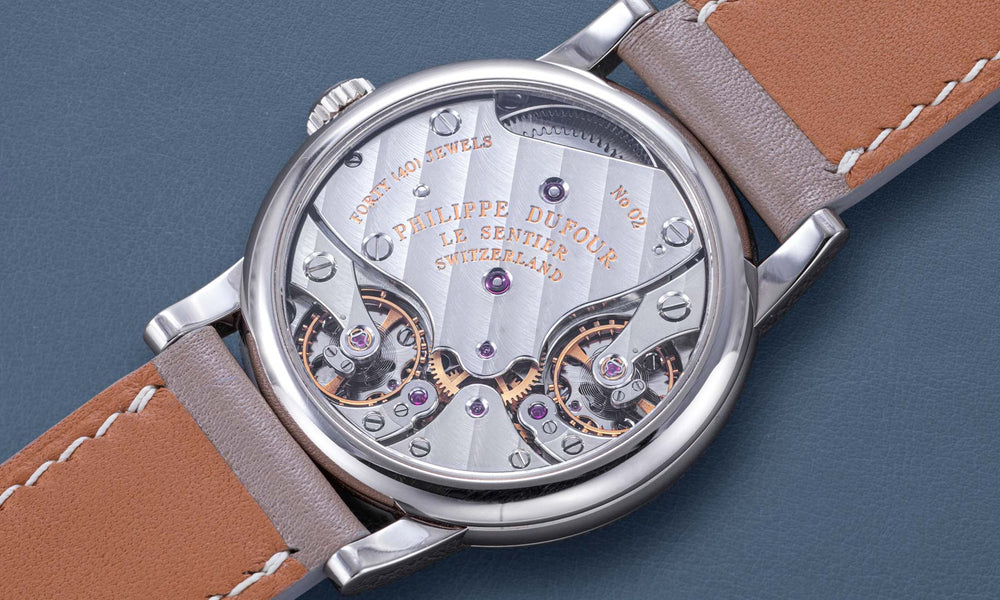
The Grand Master
Philippe Dufour
Enter Room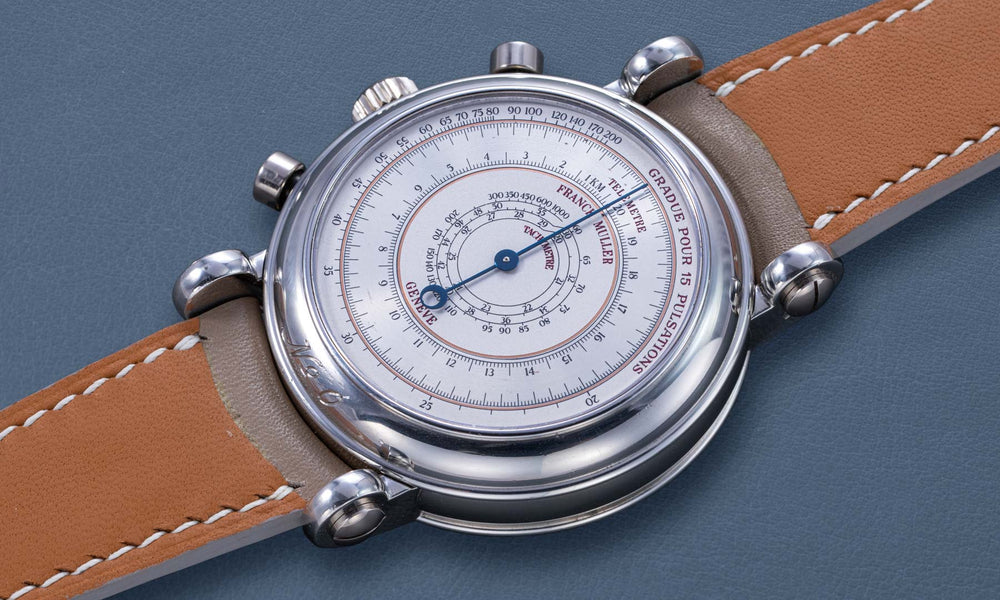
The Eighties Hotshot
Franck Muller
Enter Room



